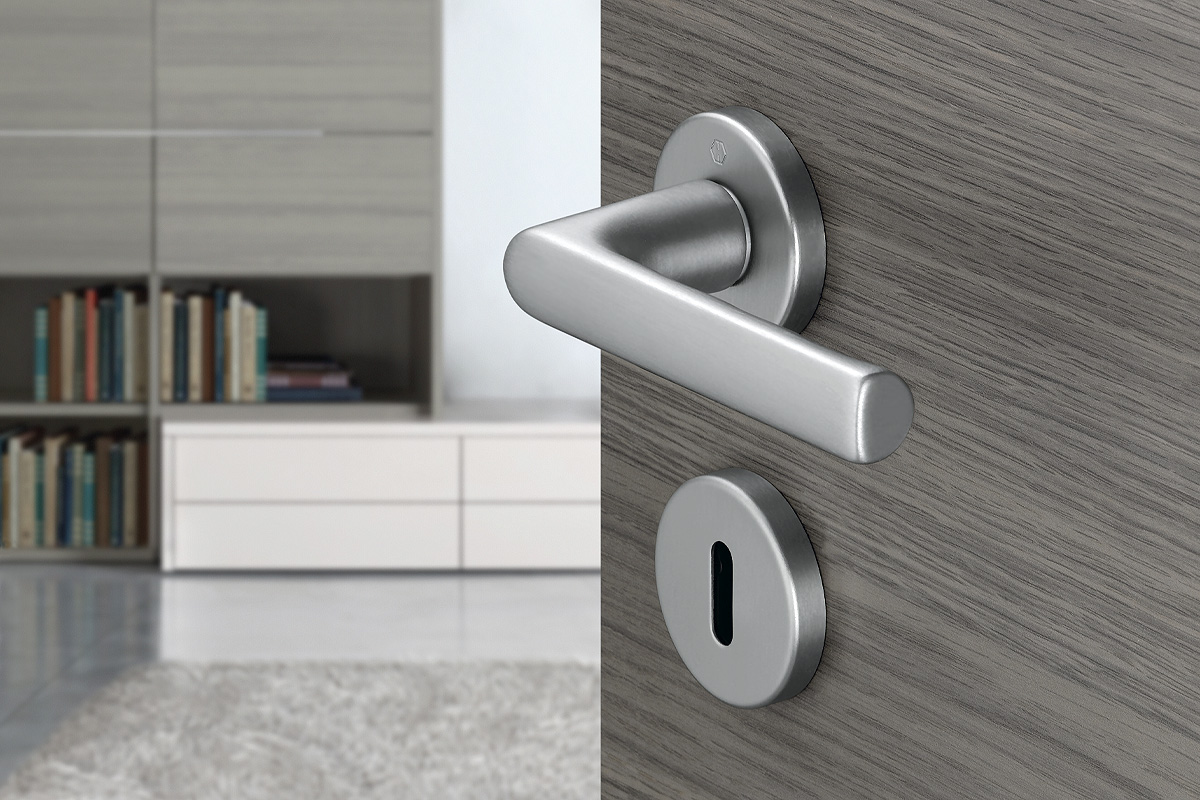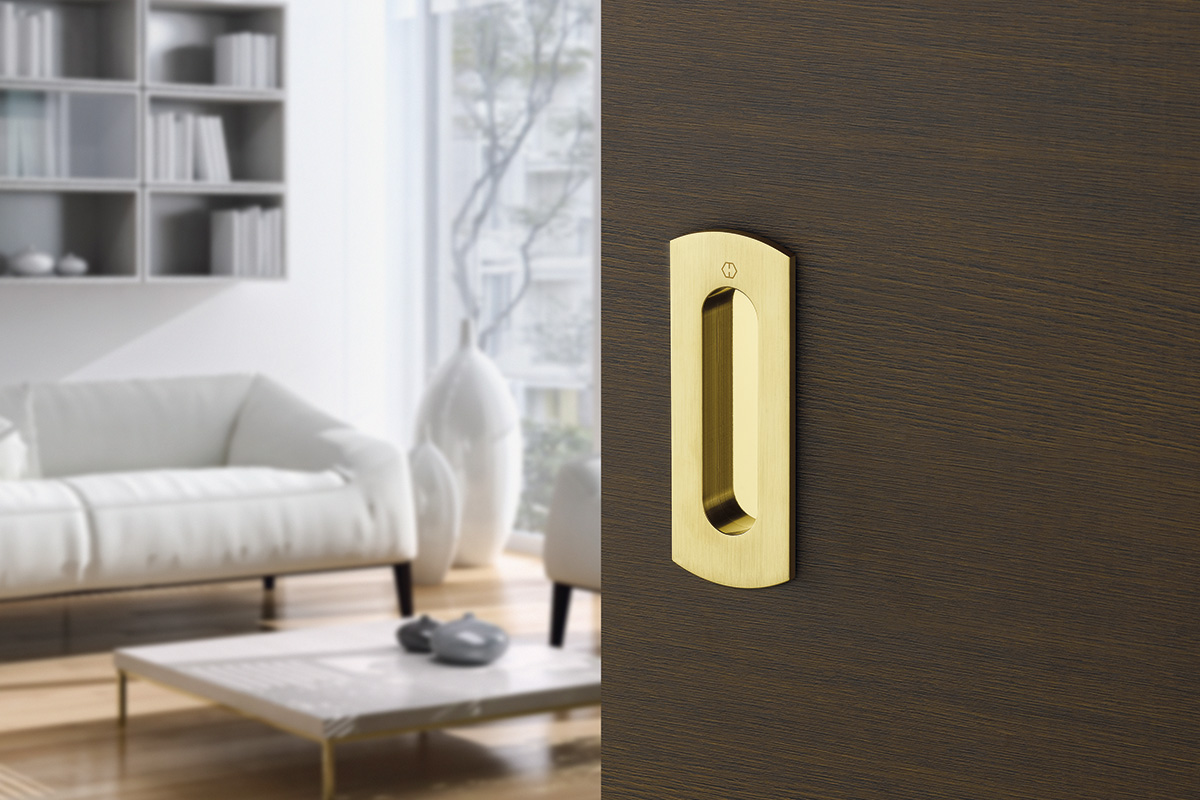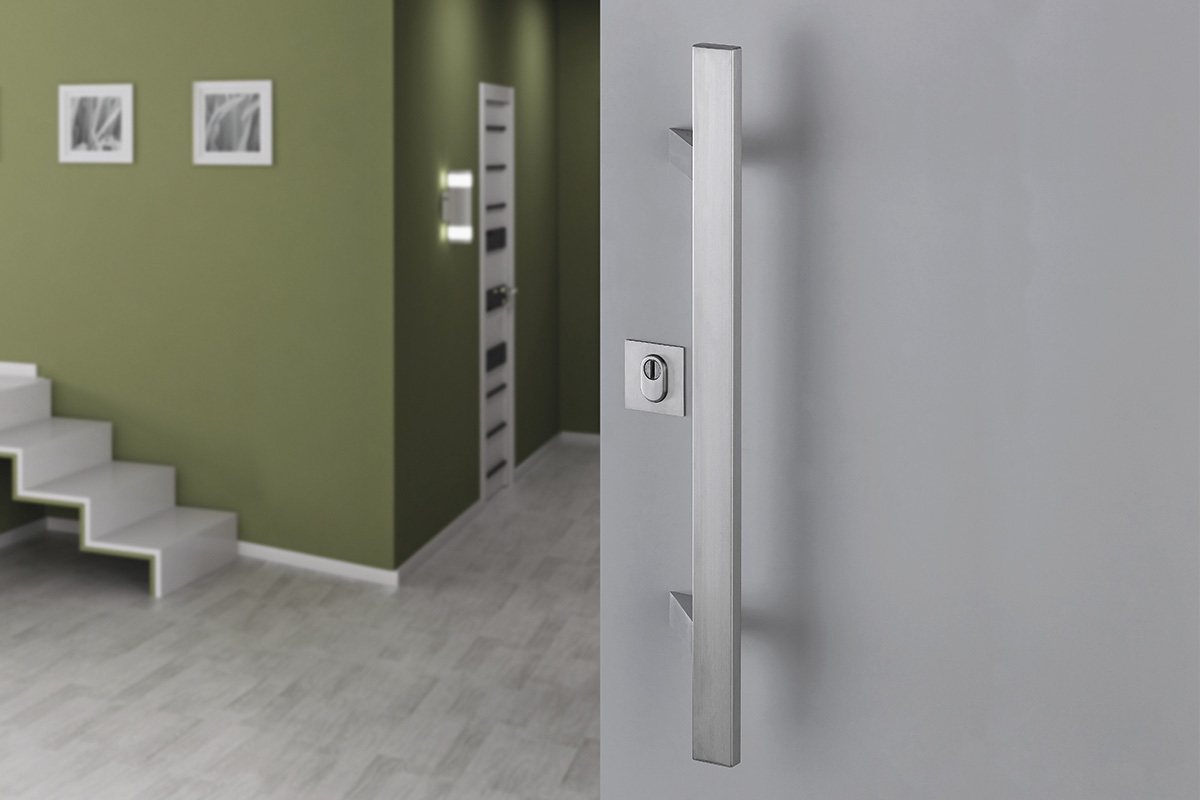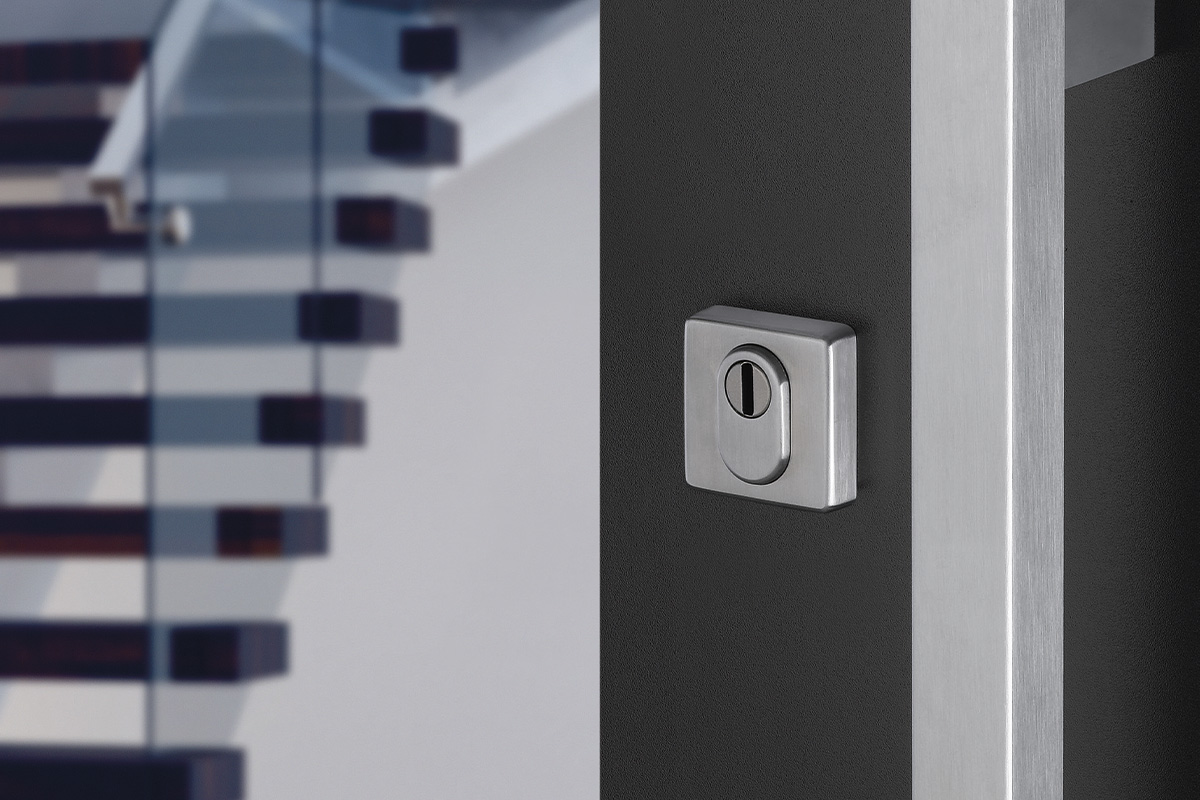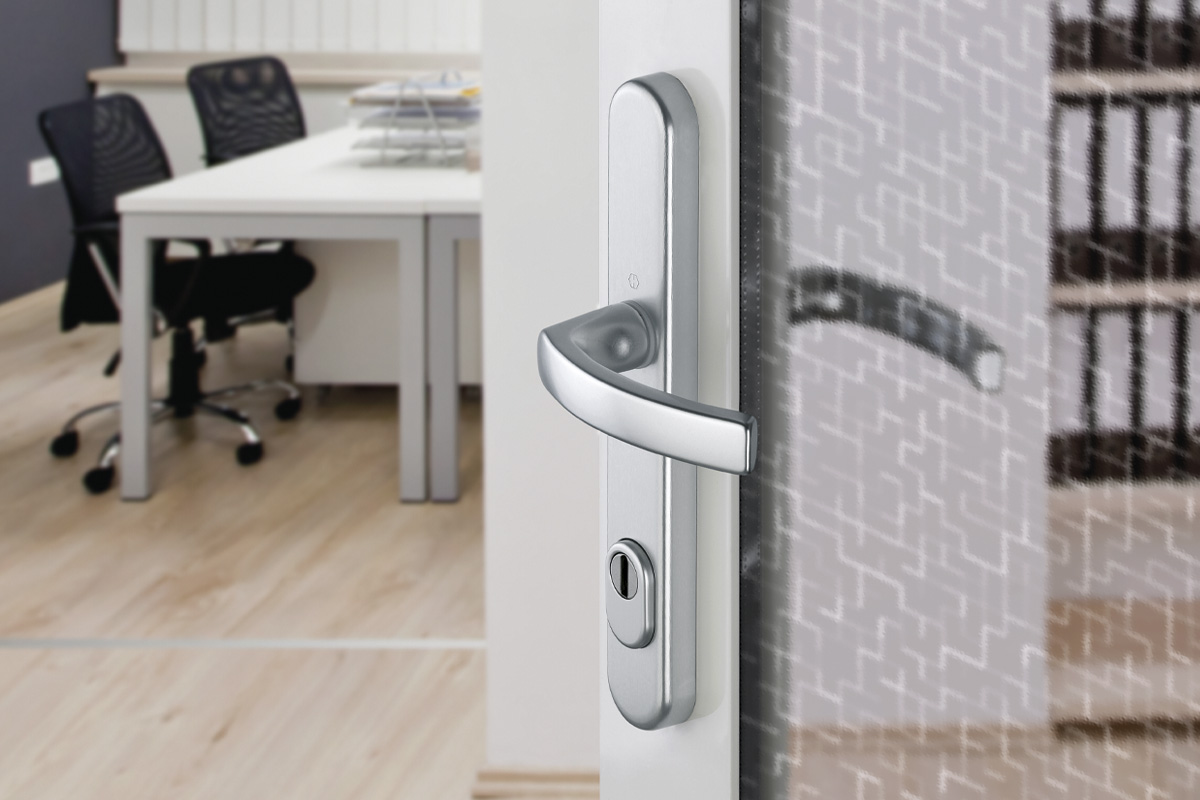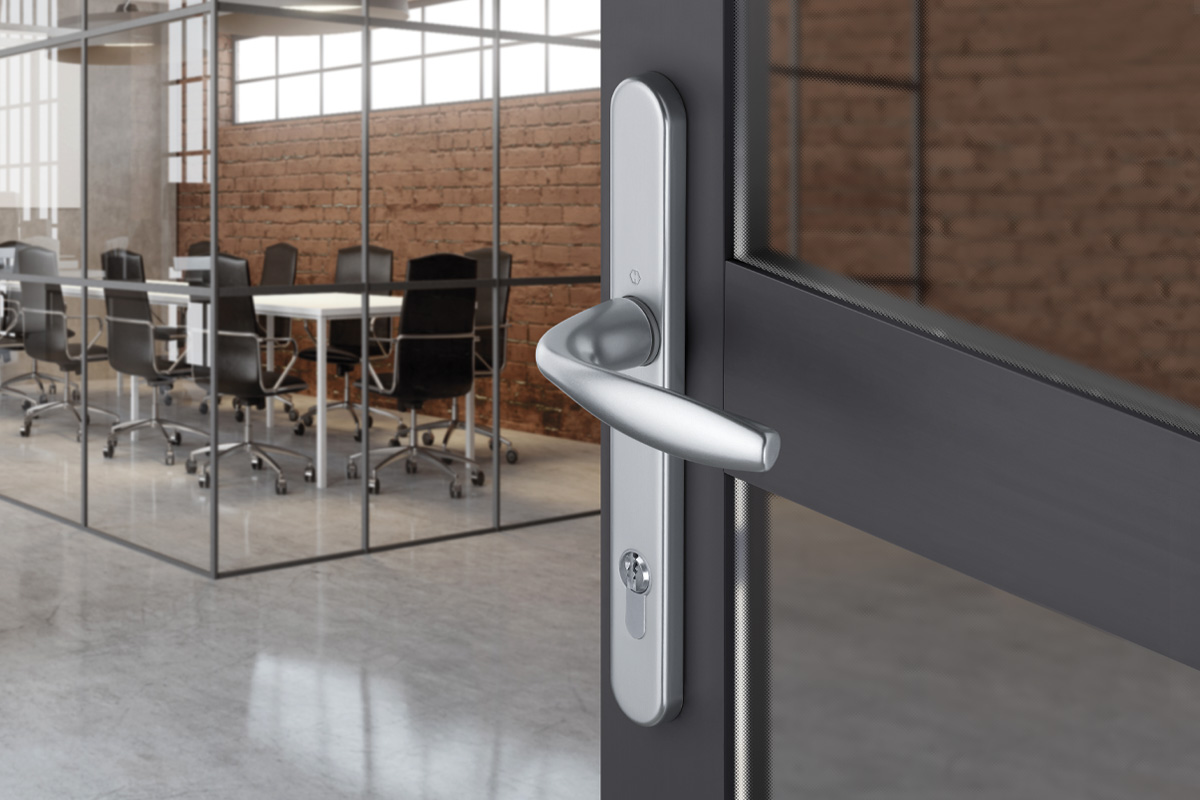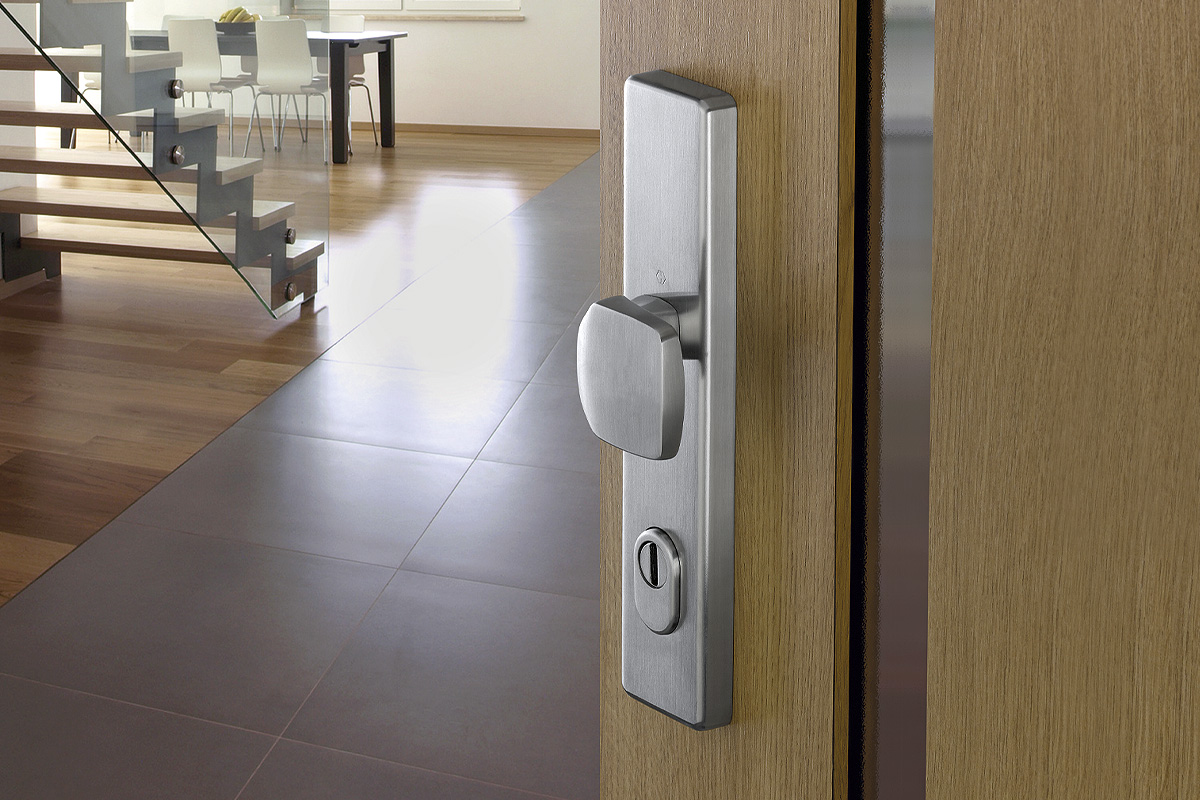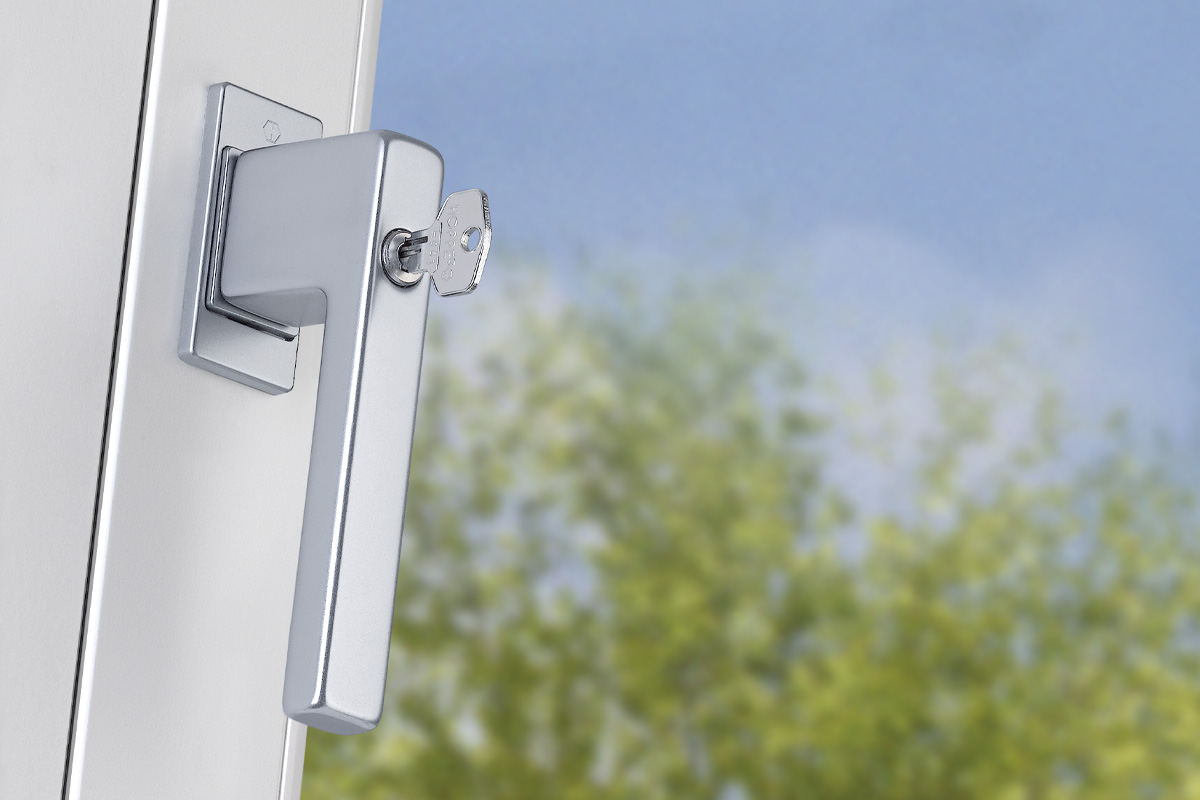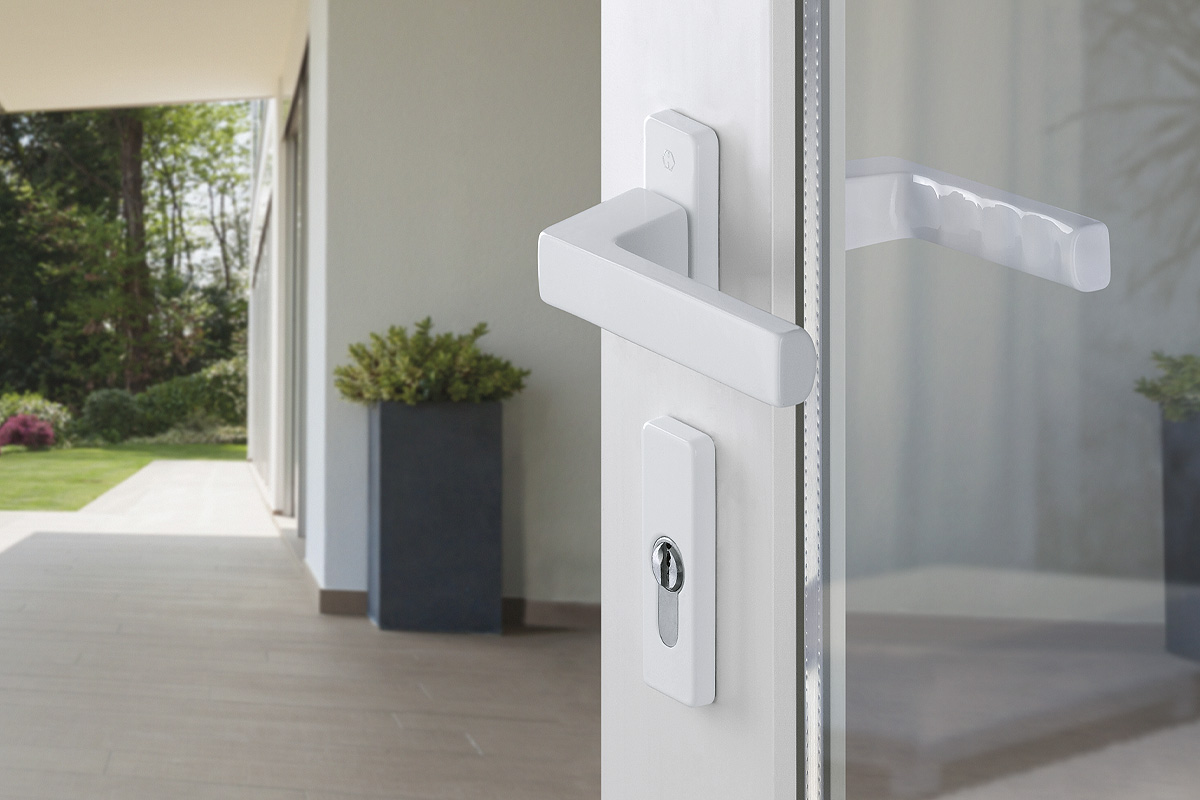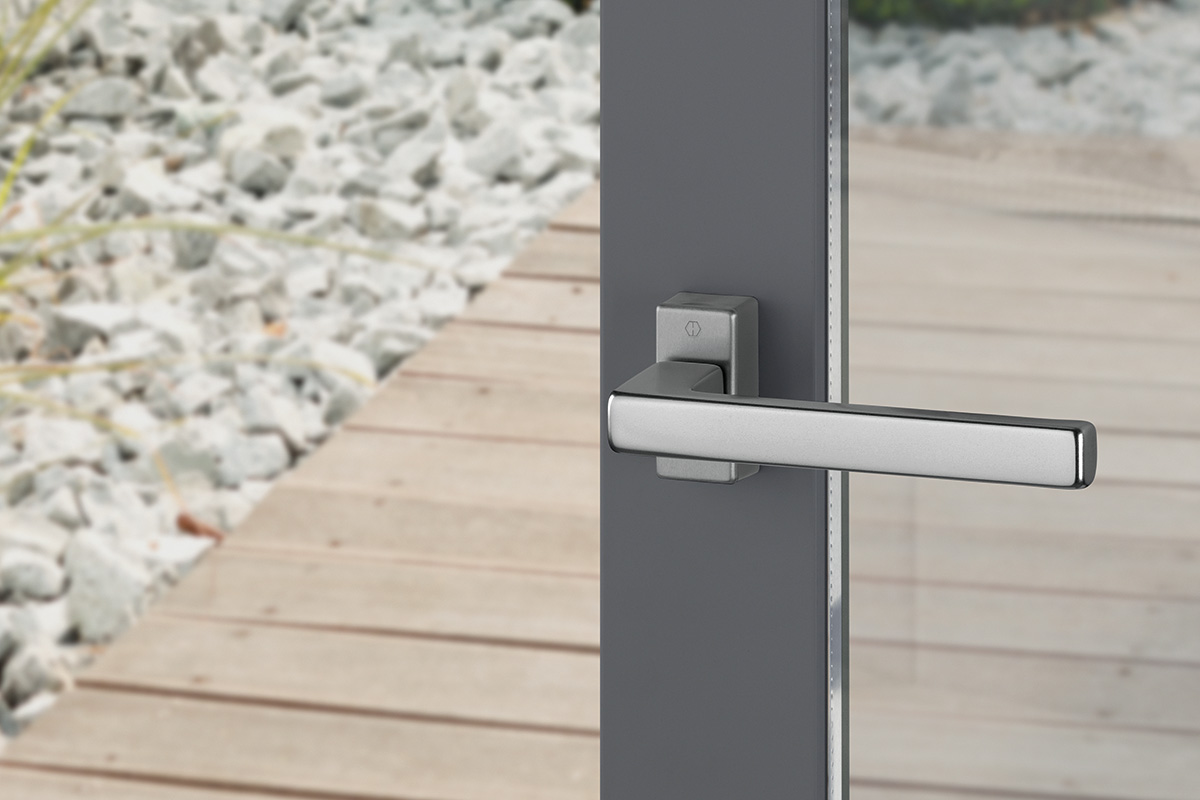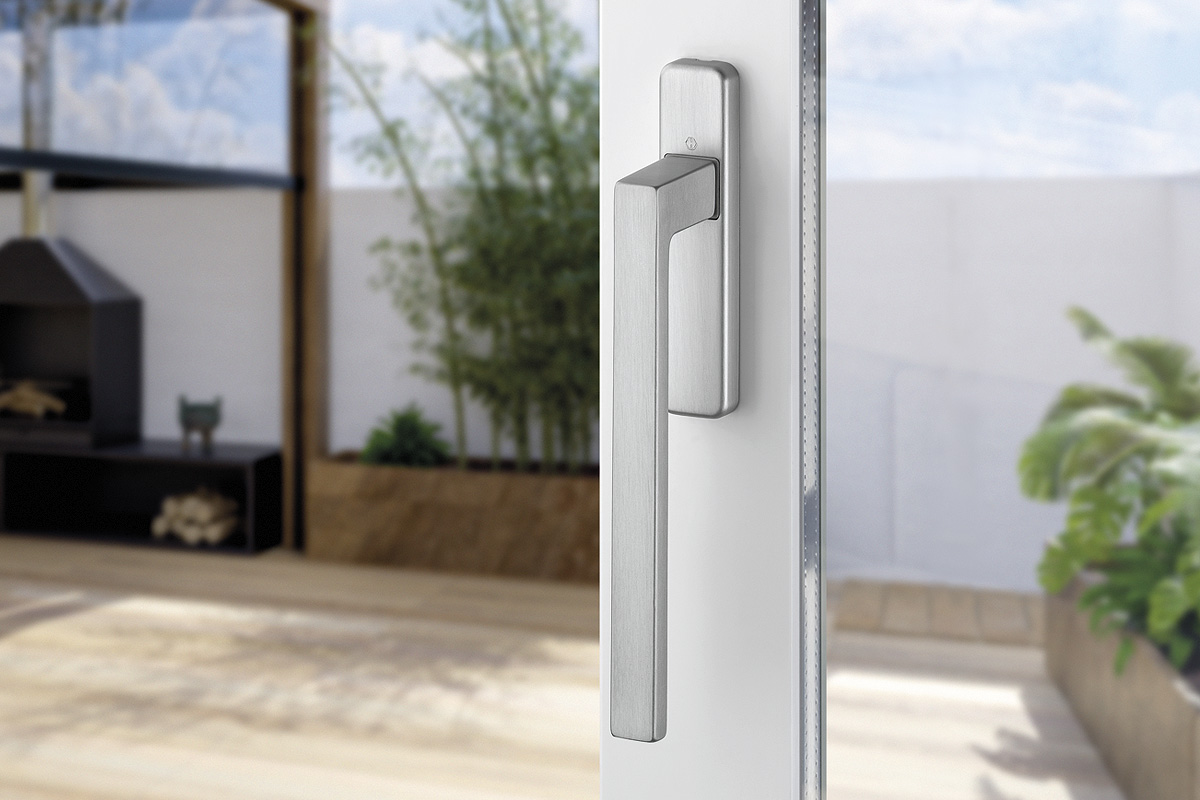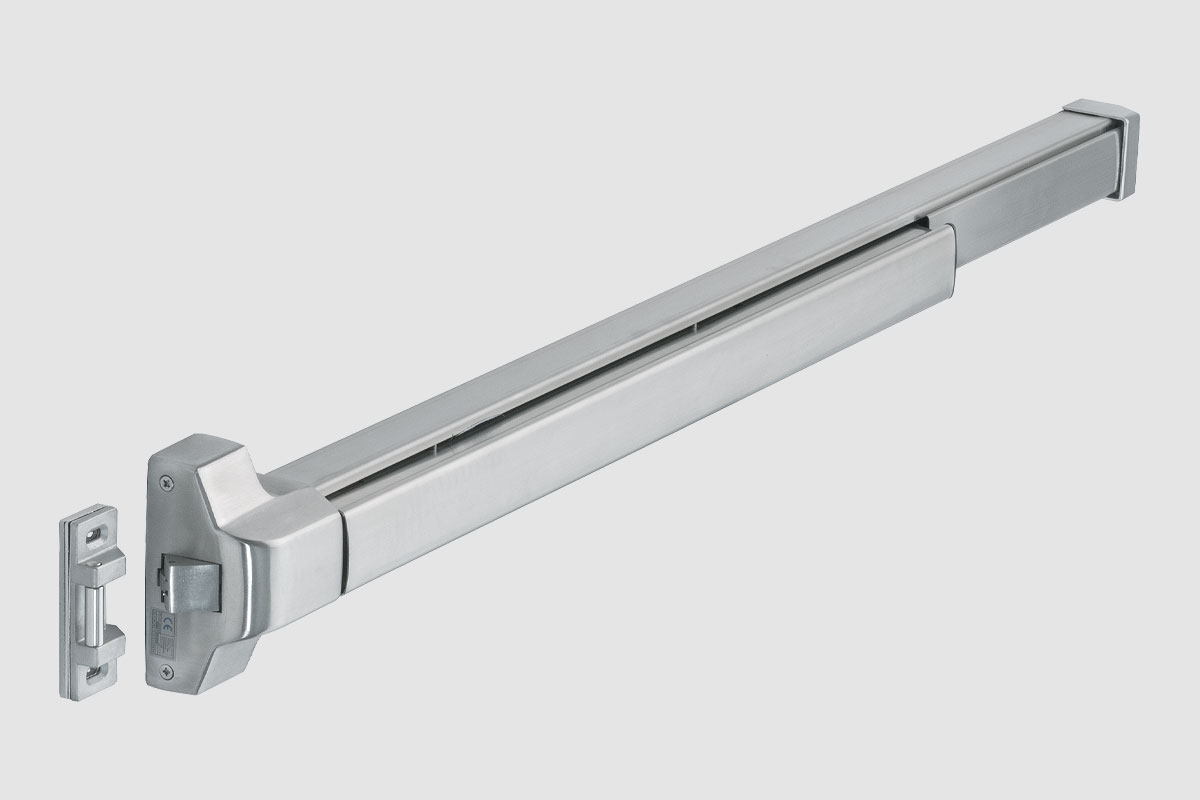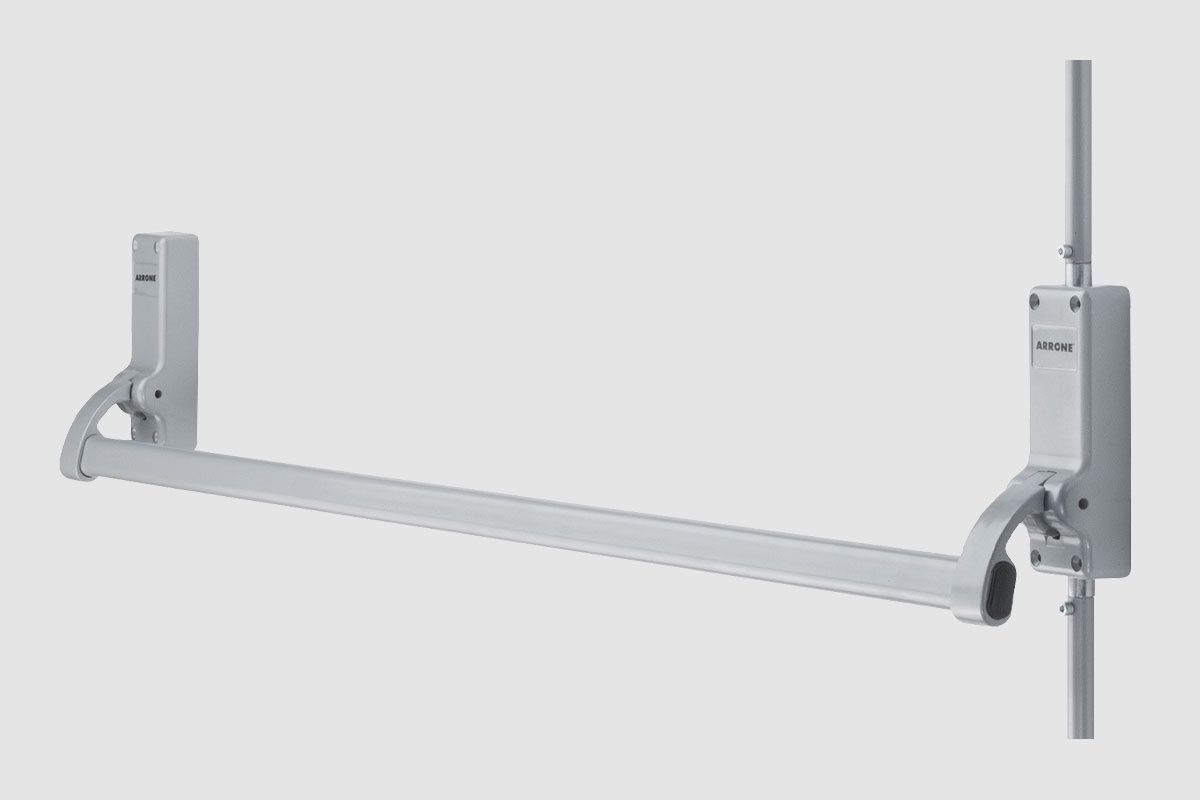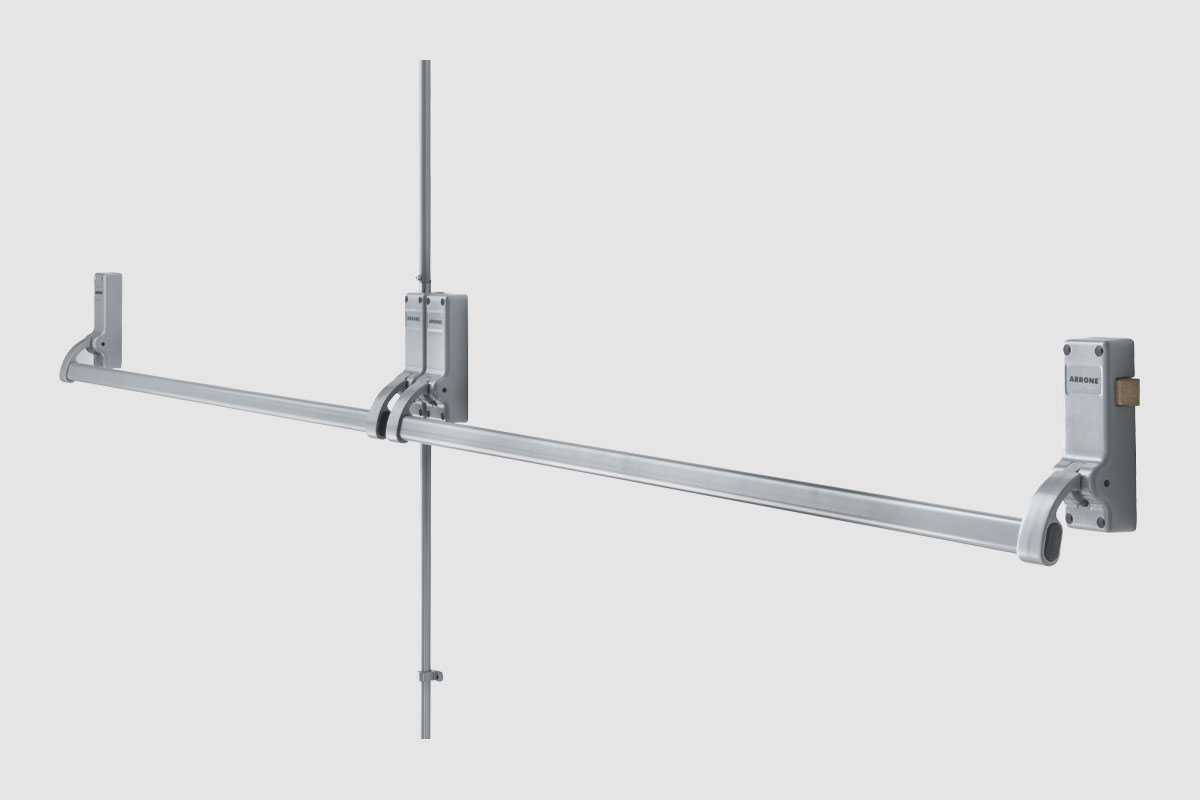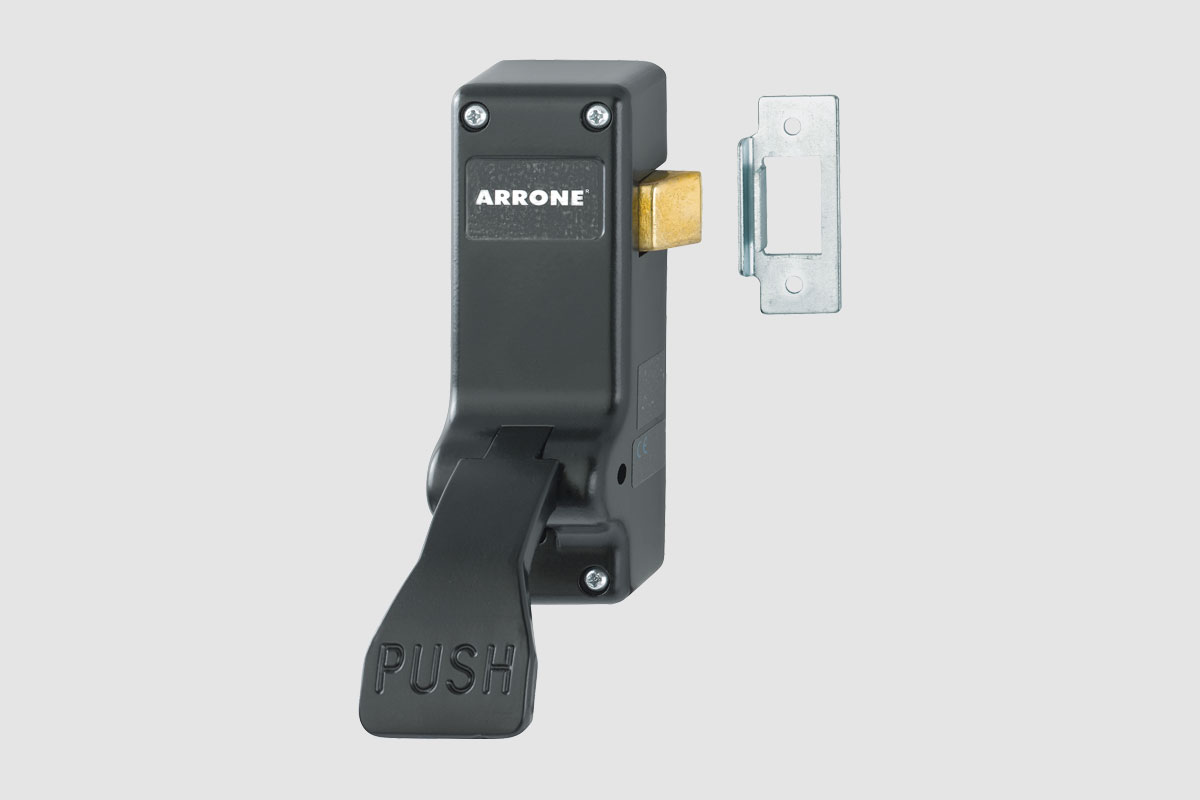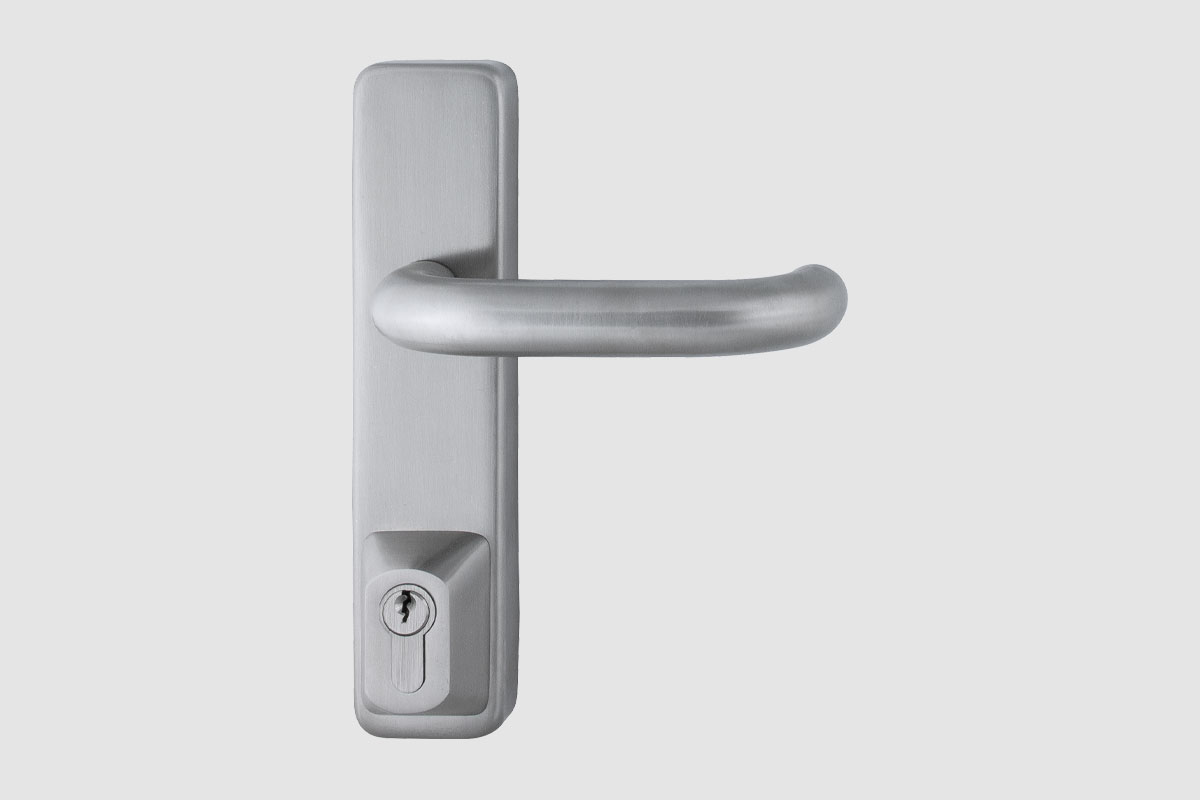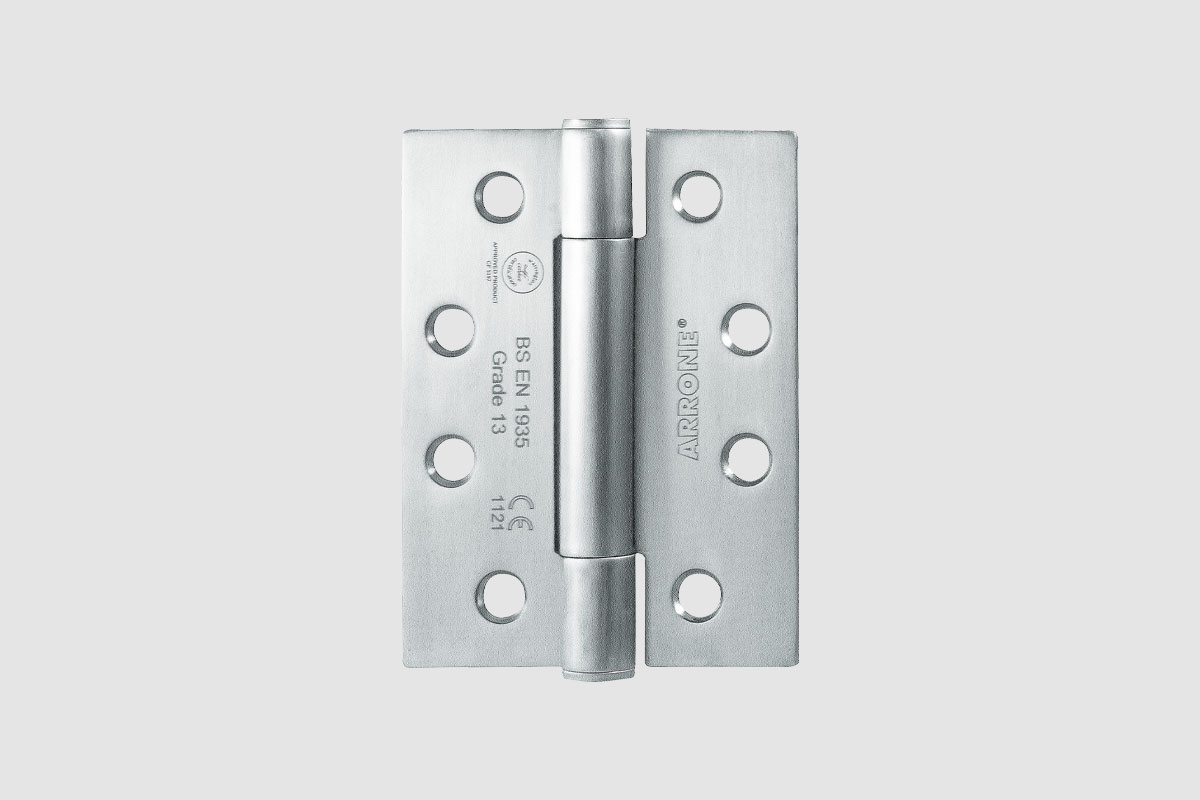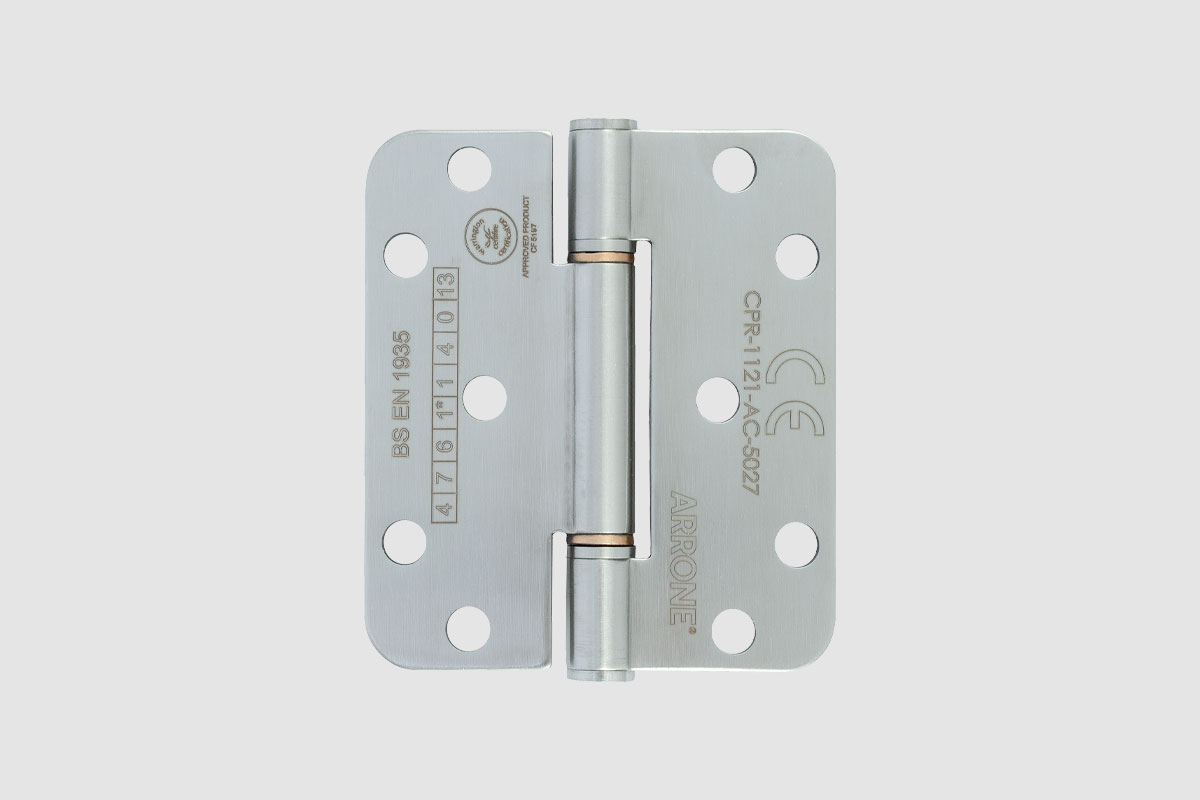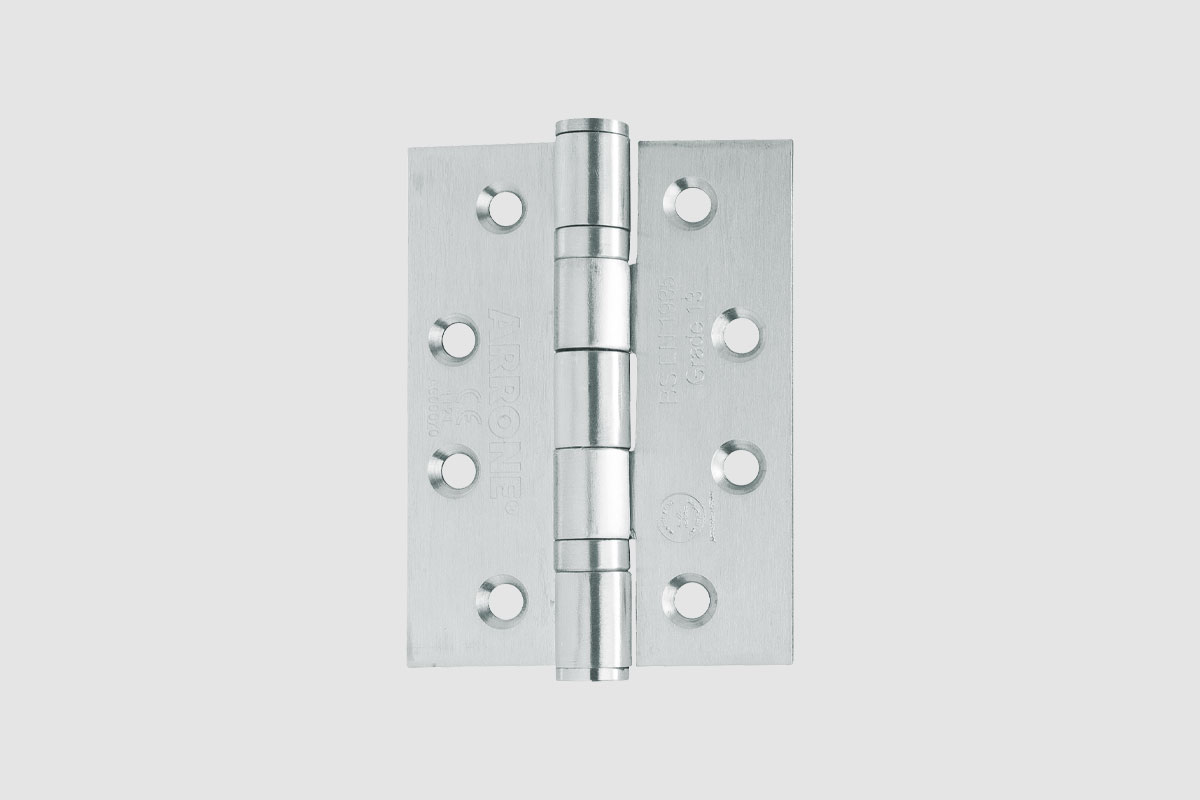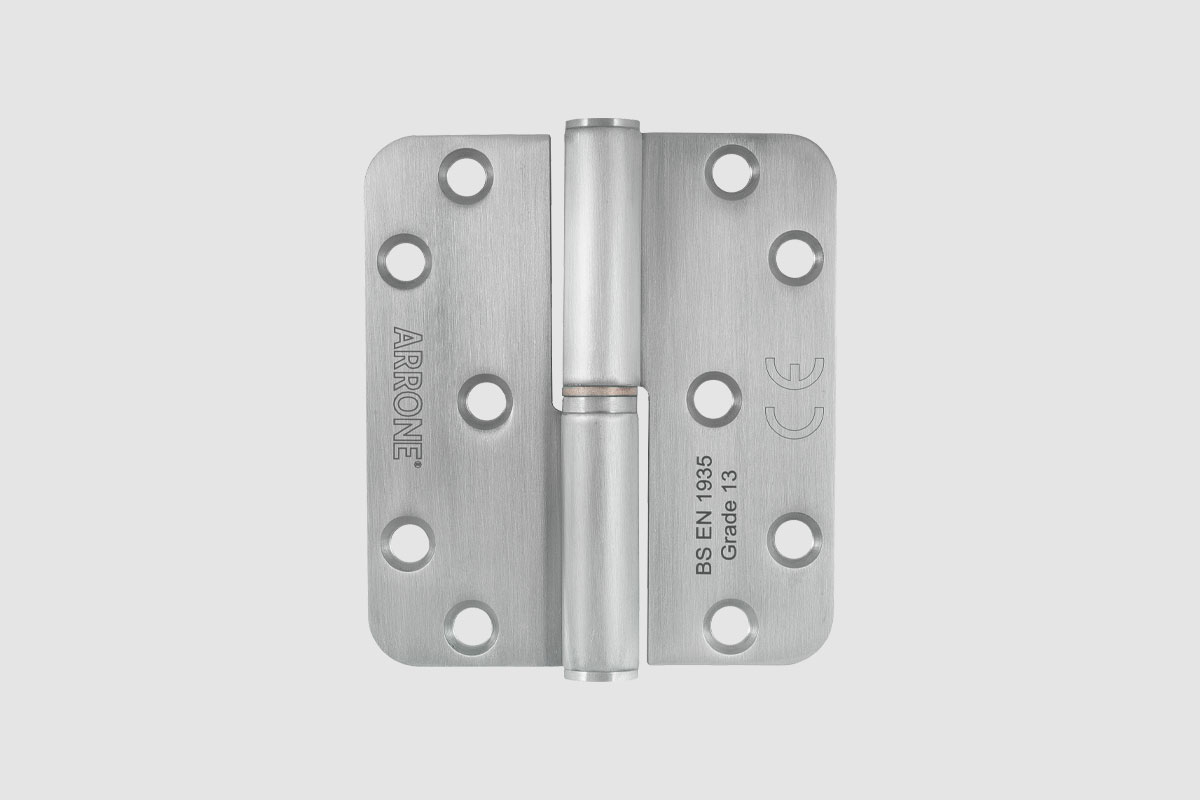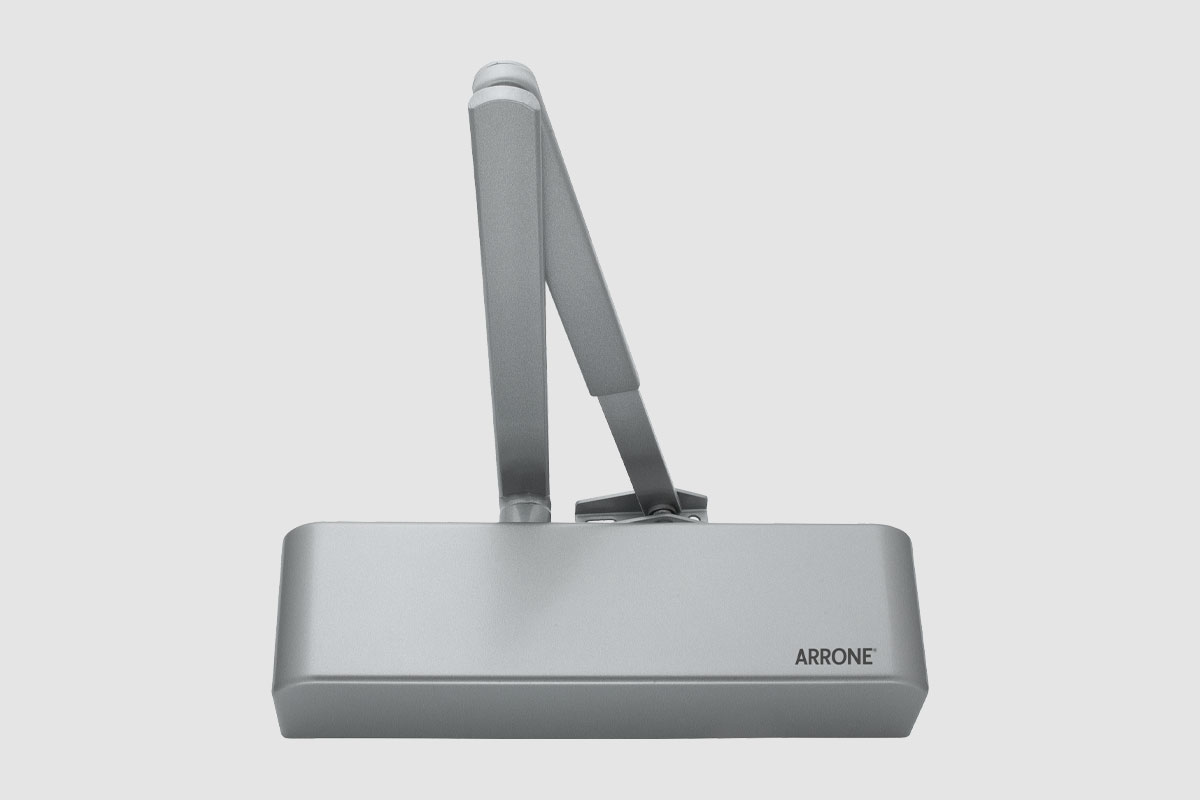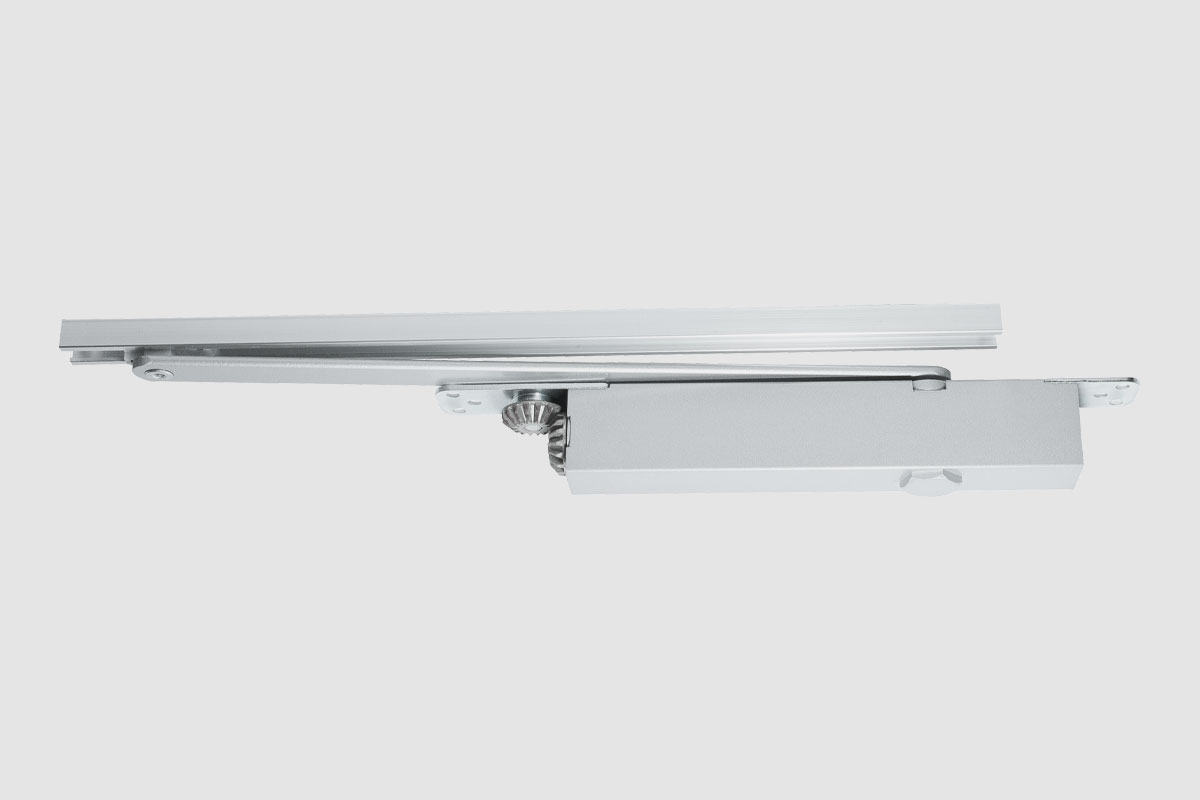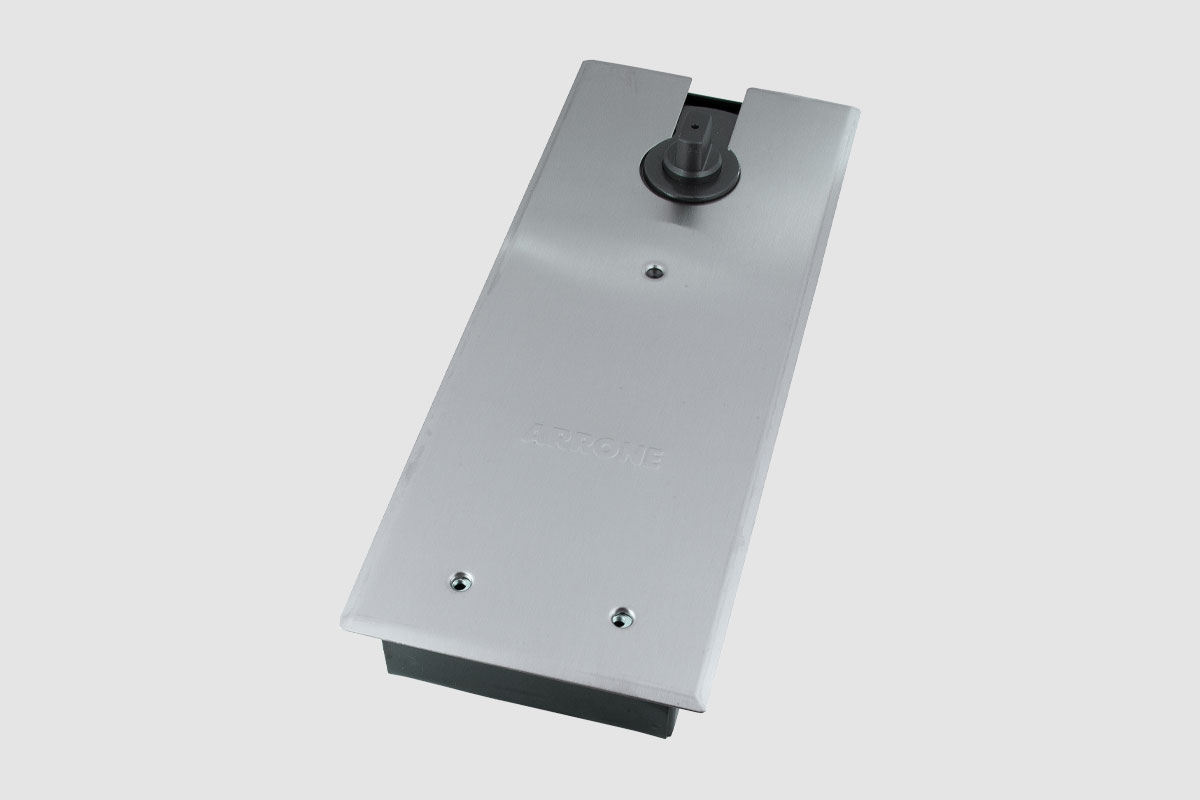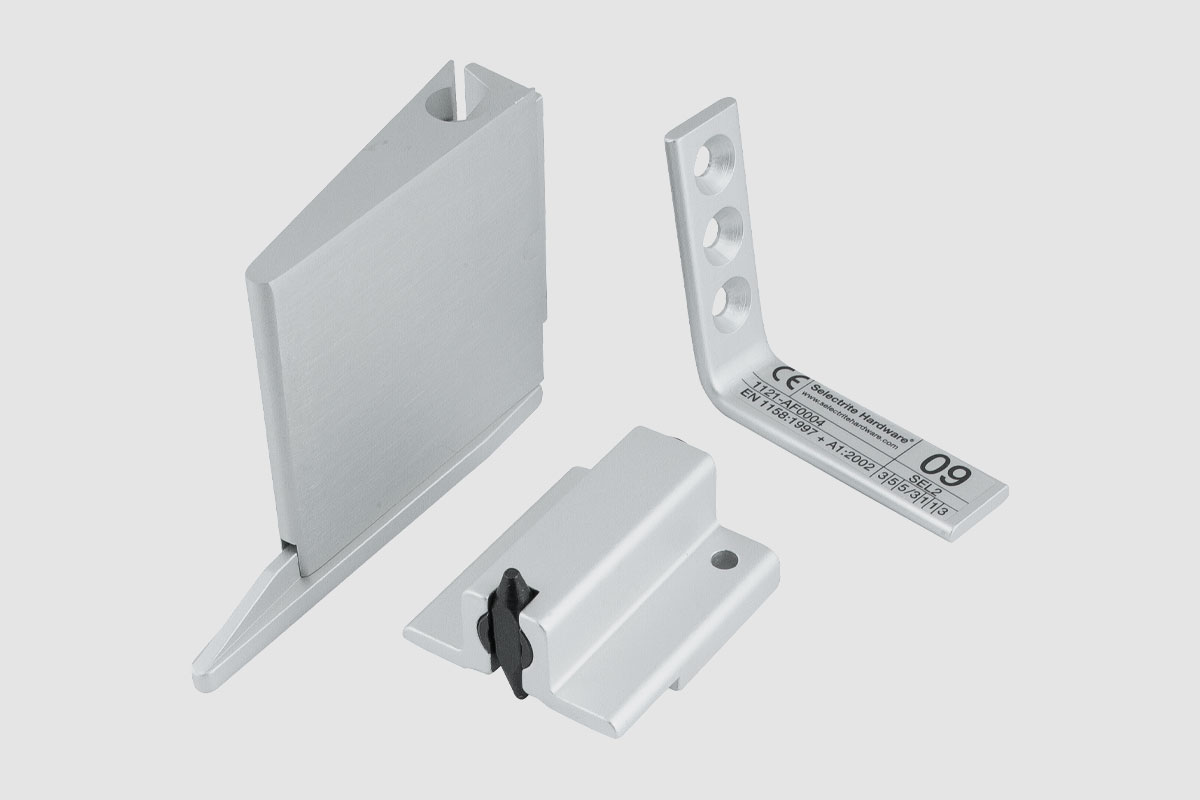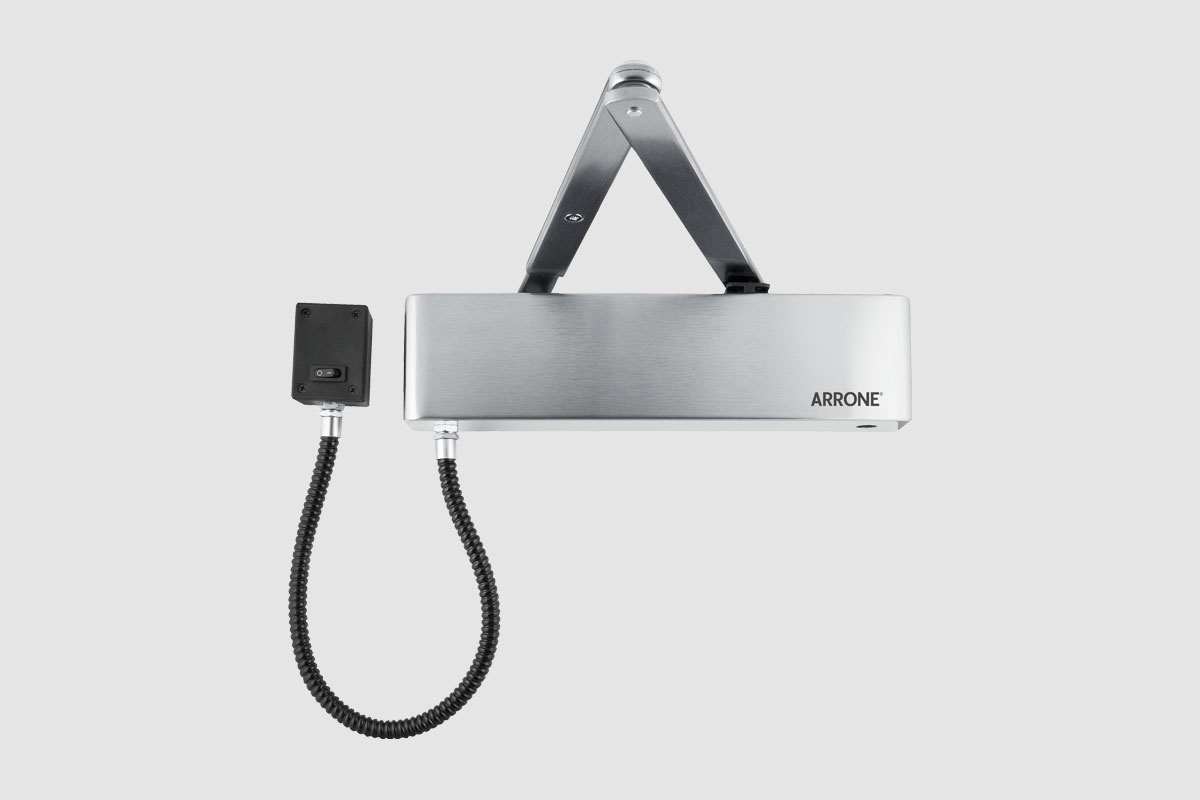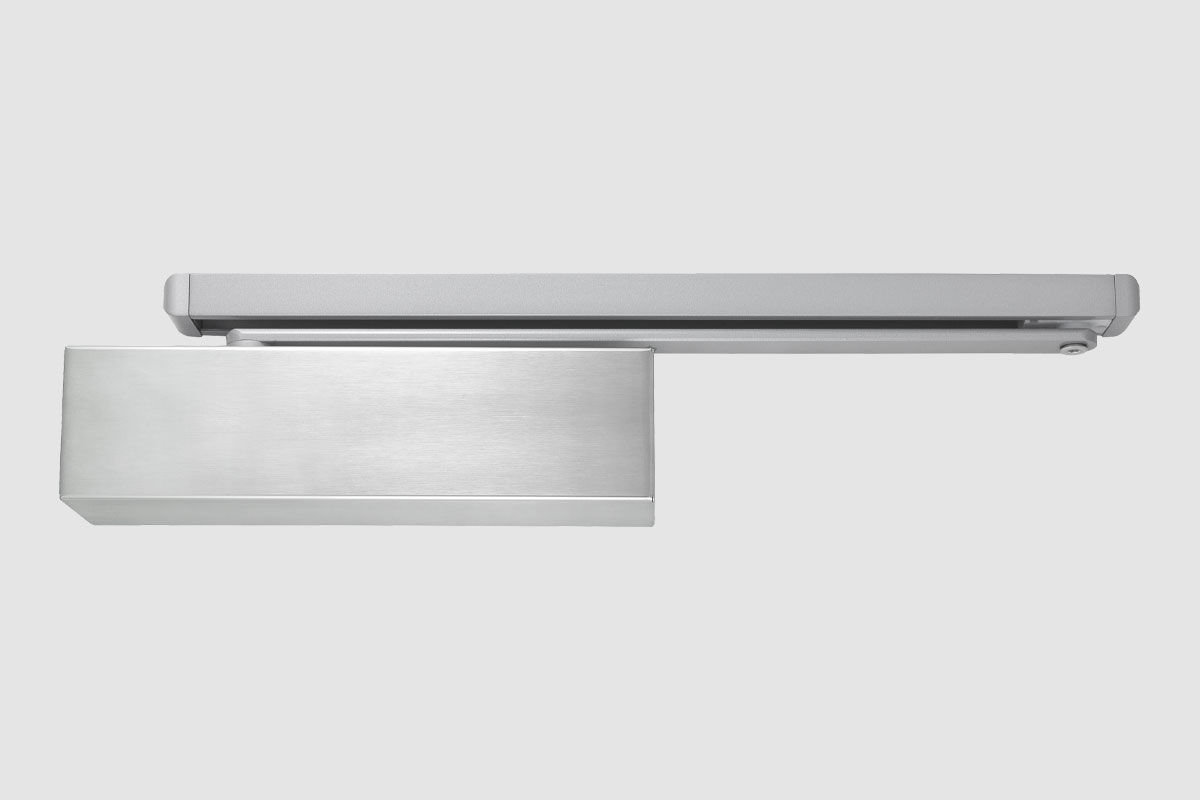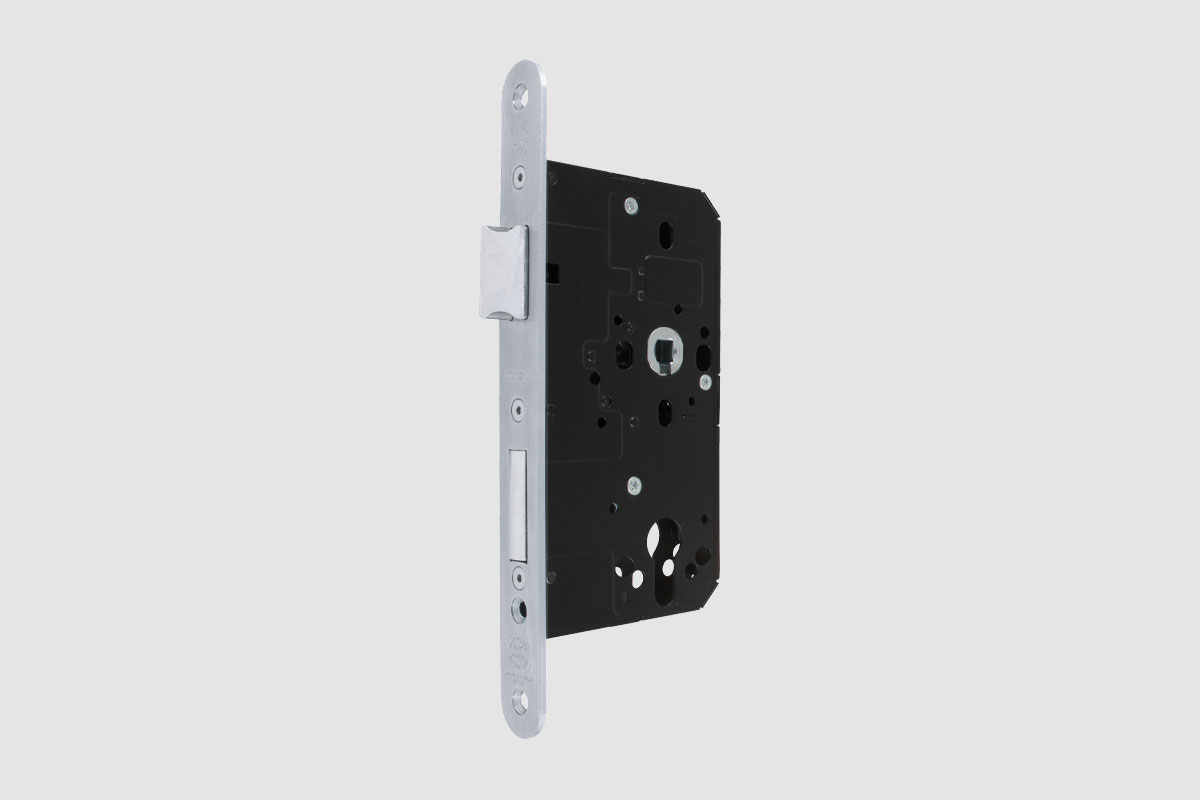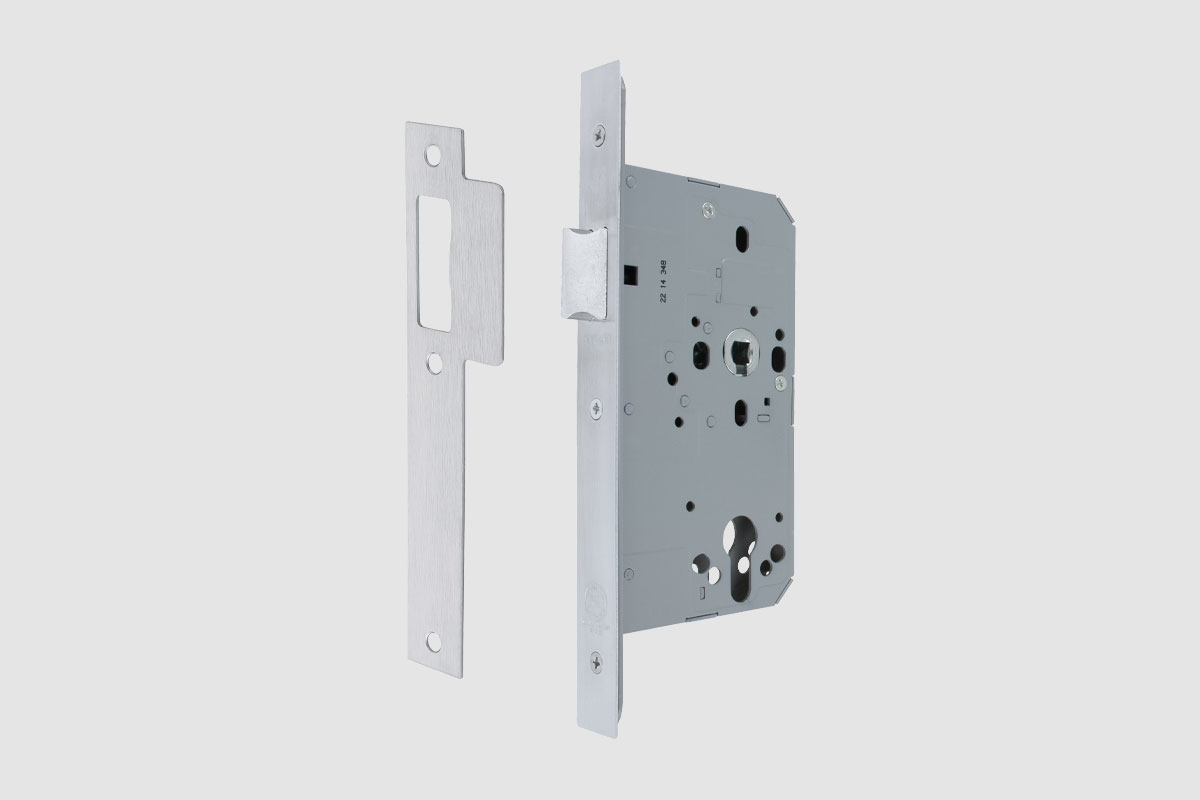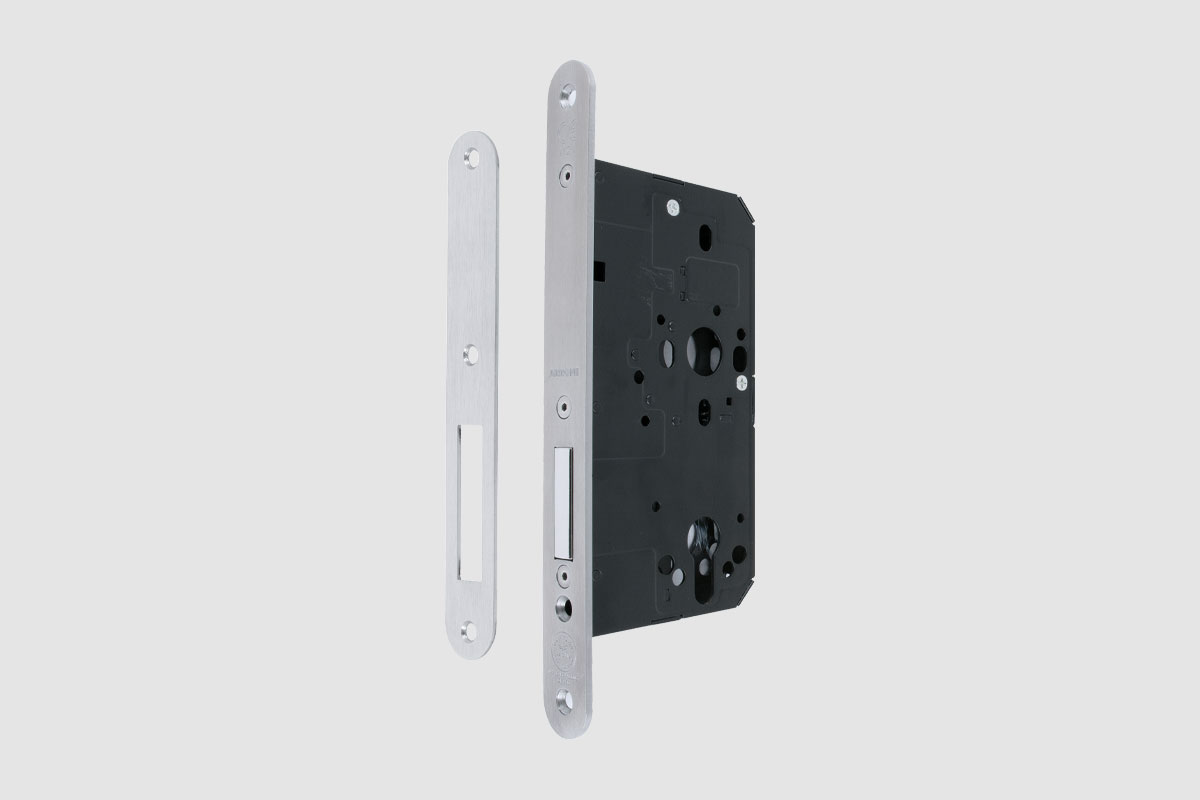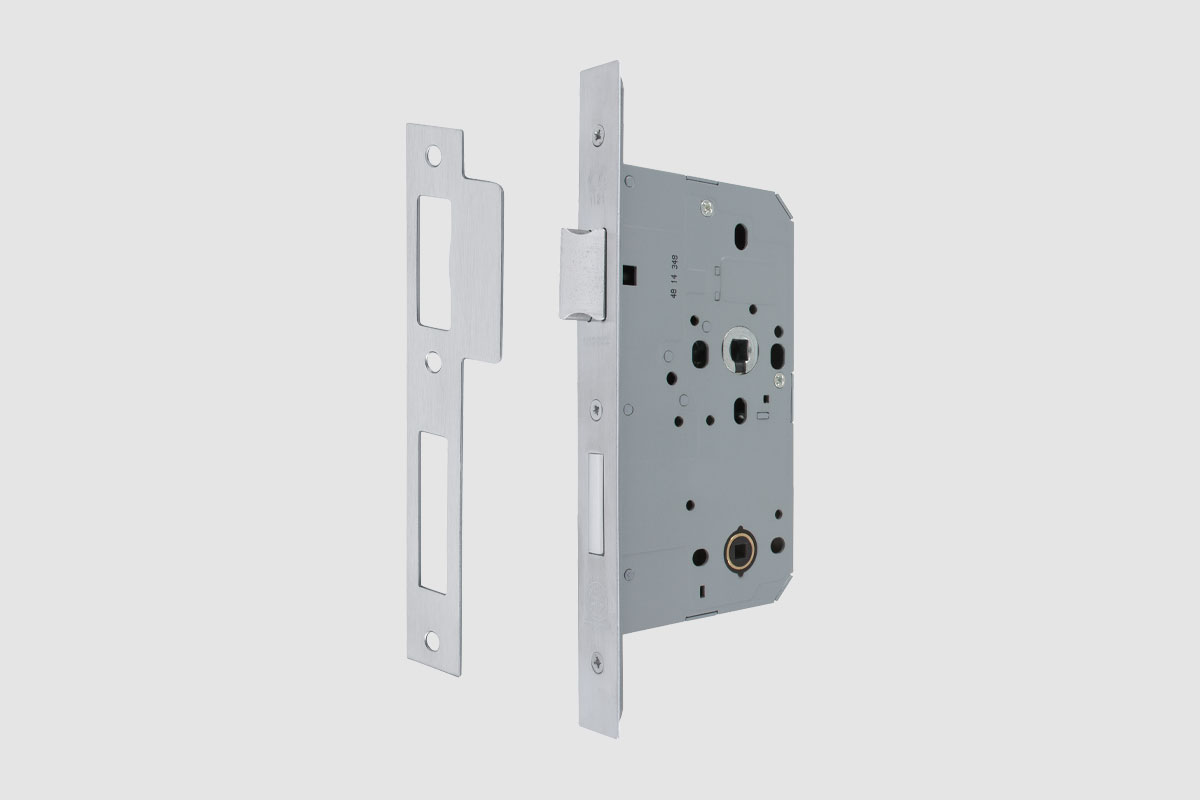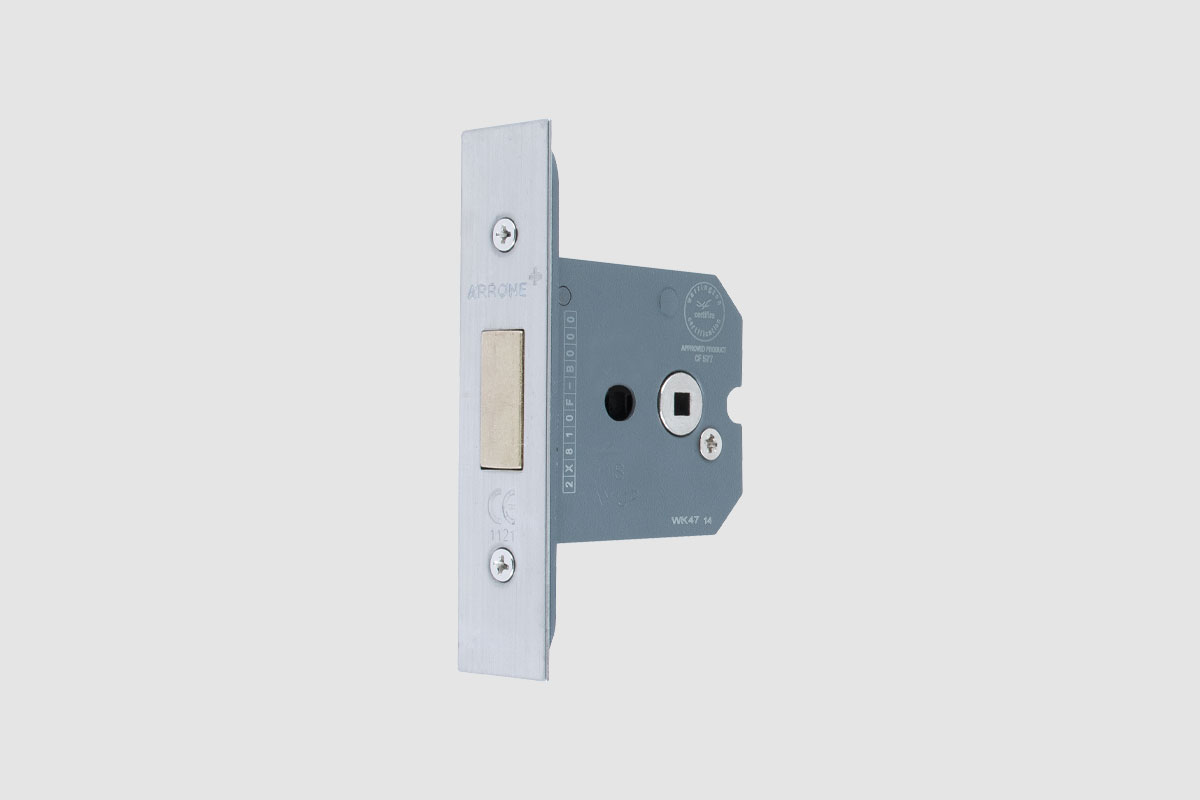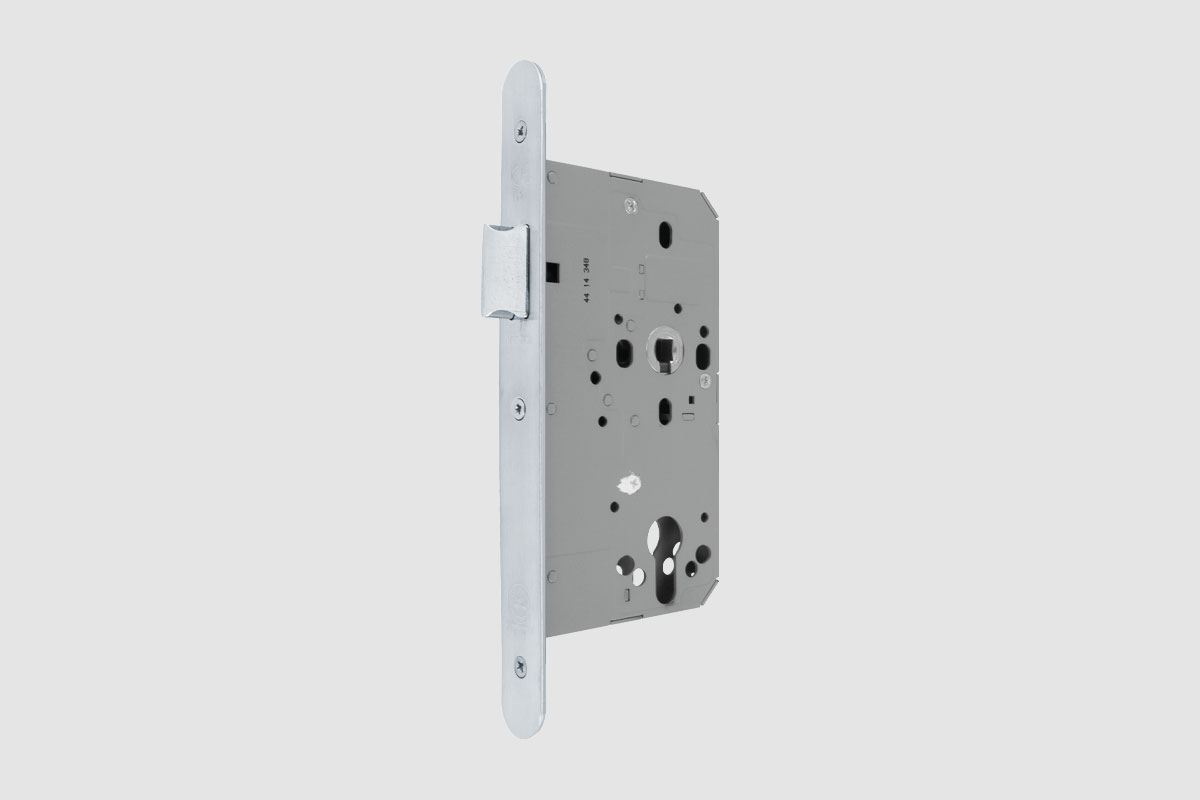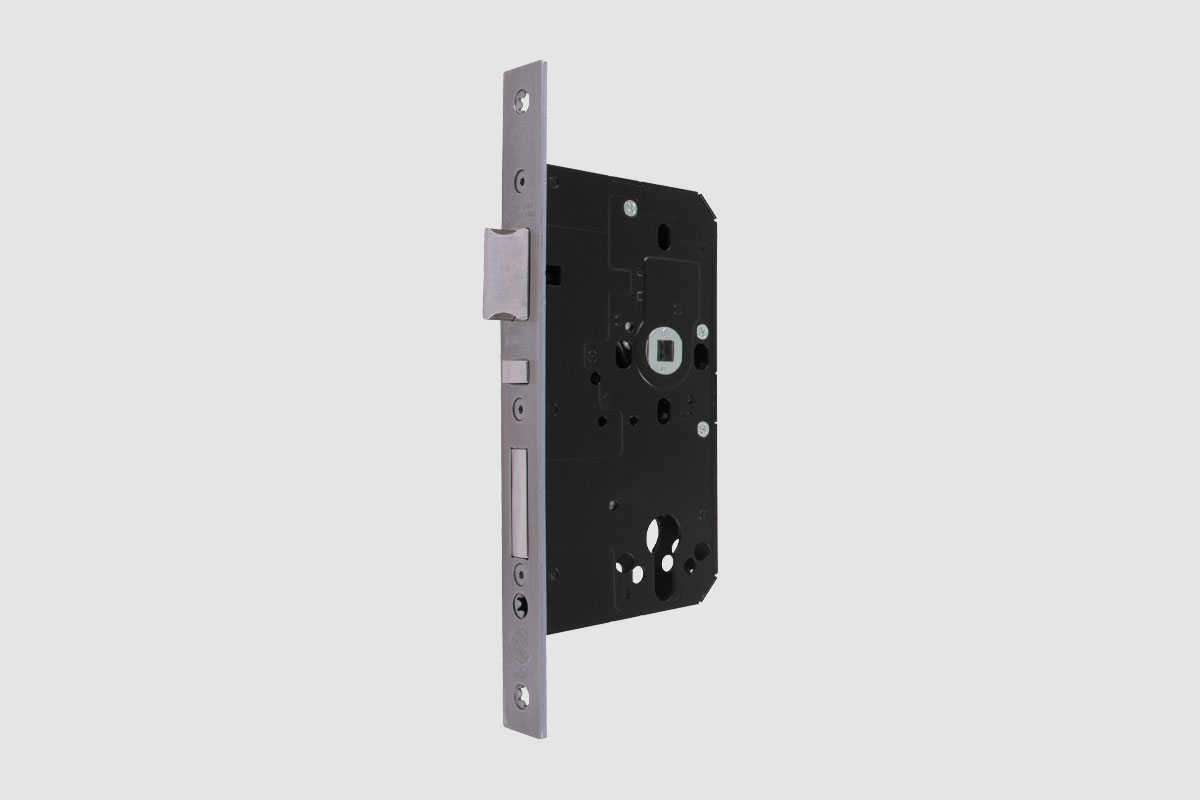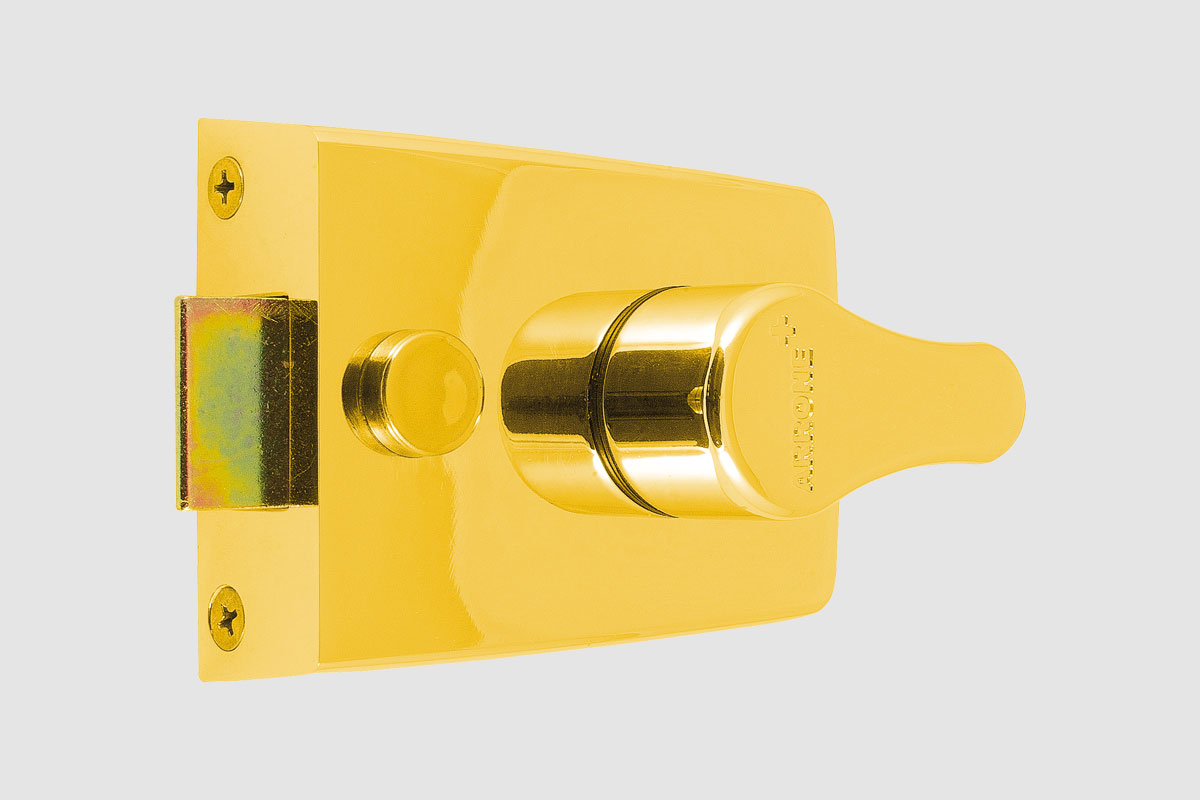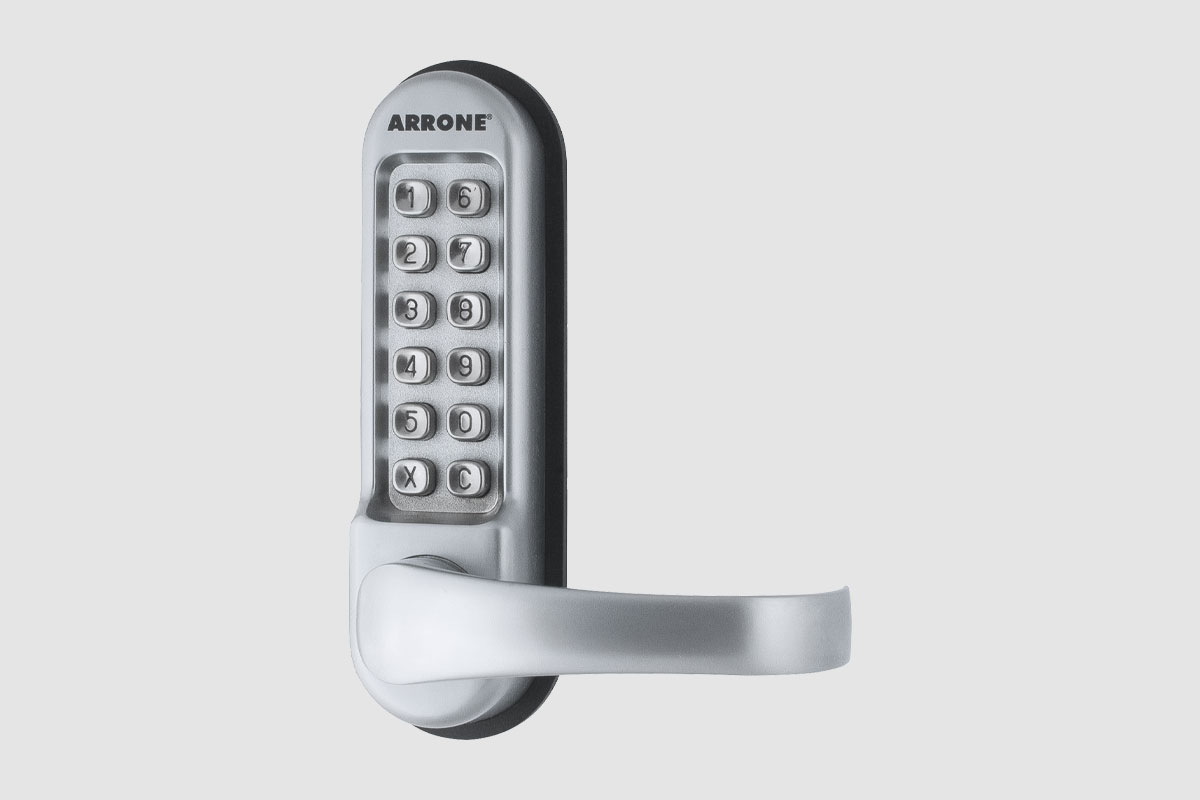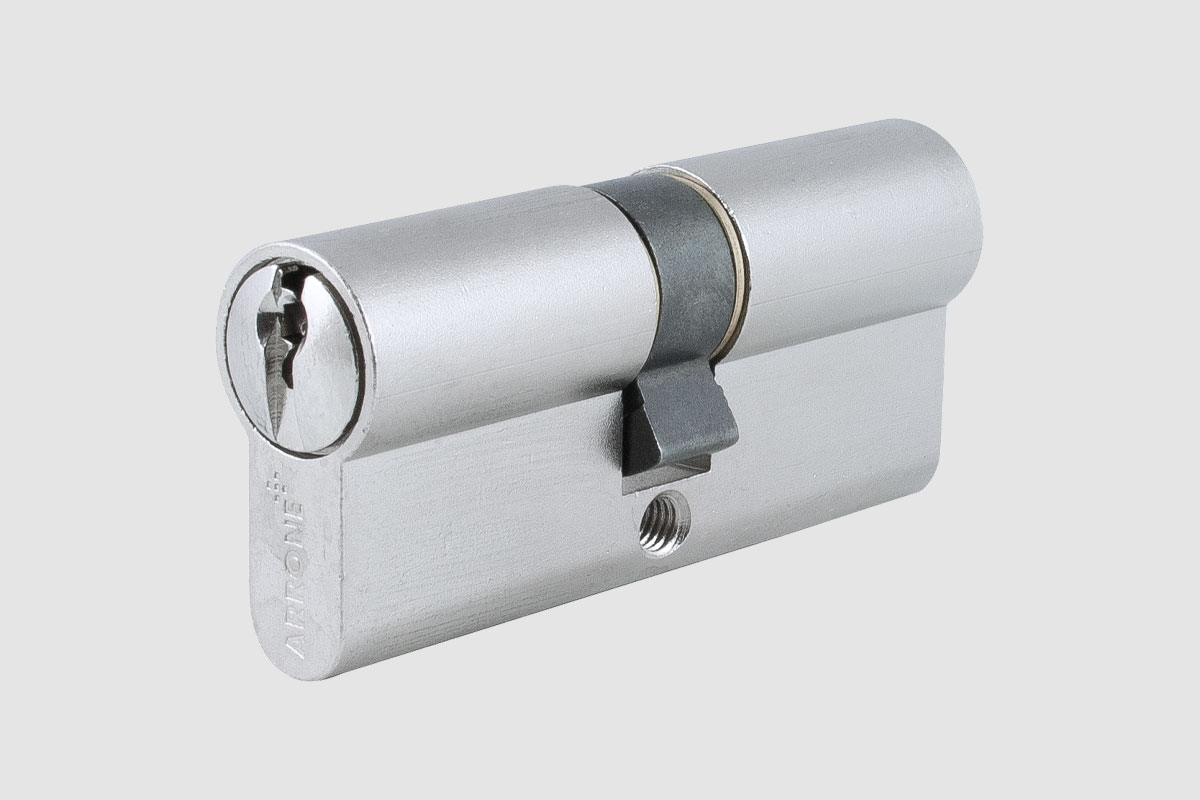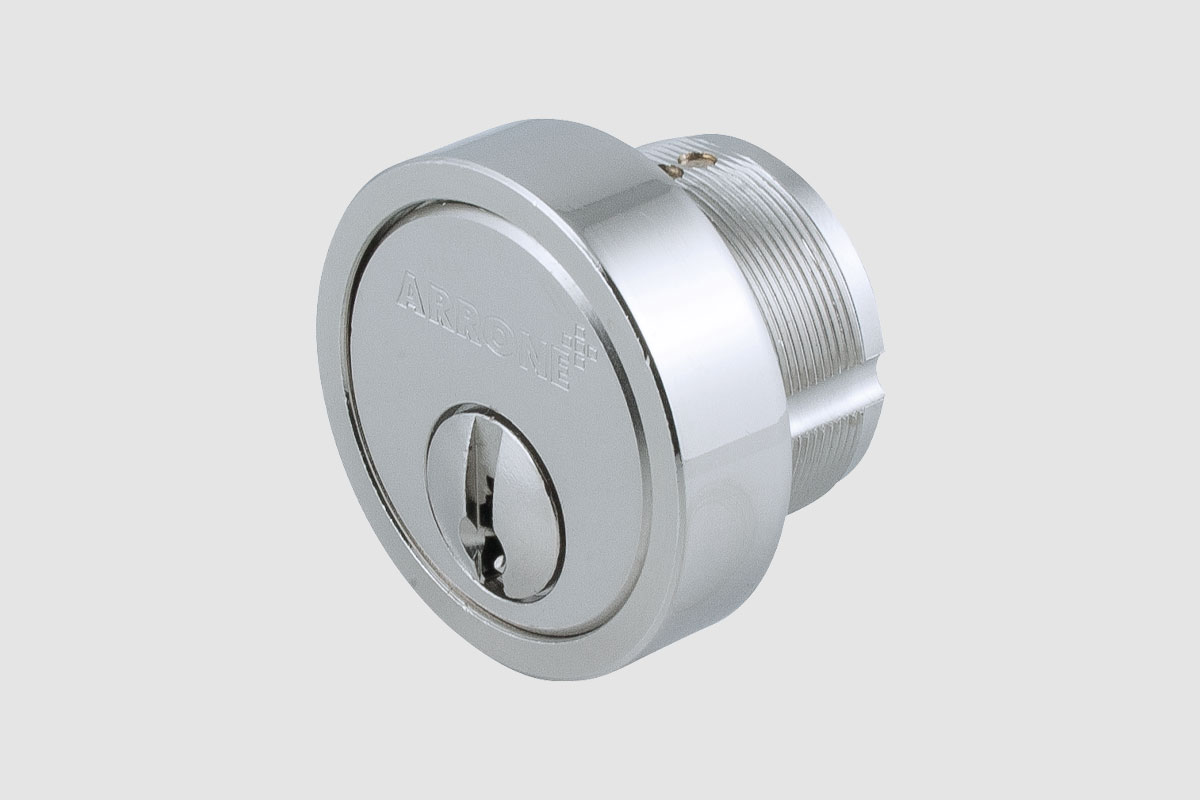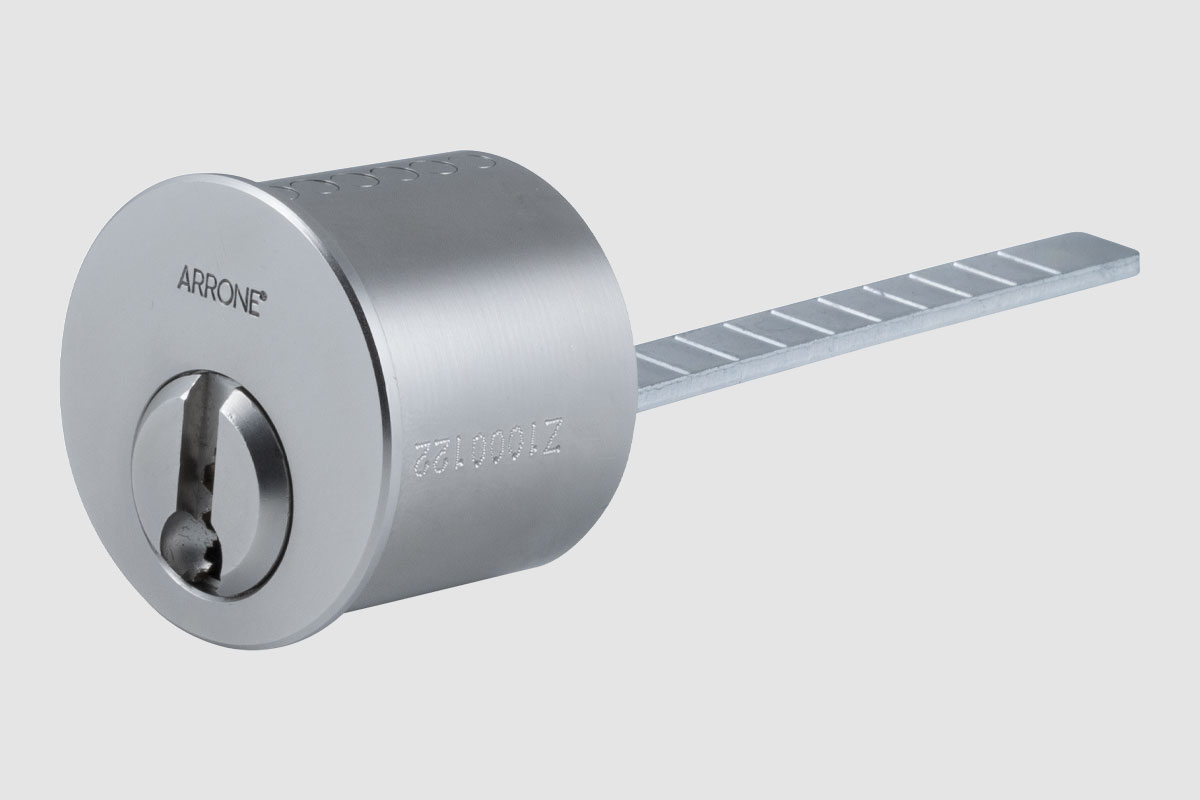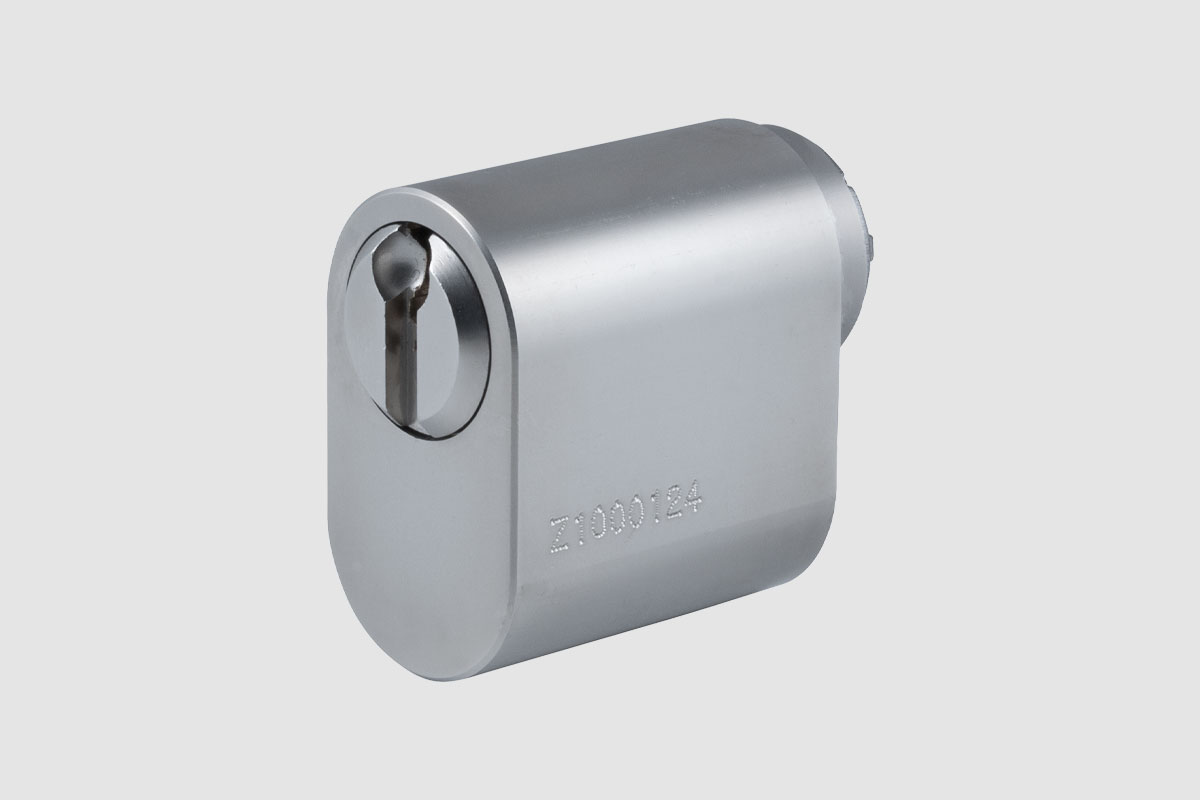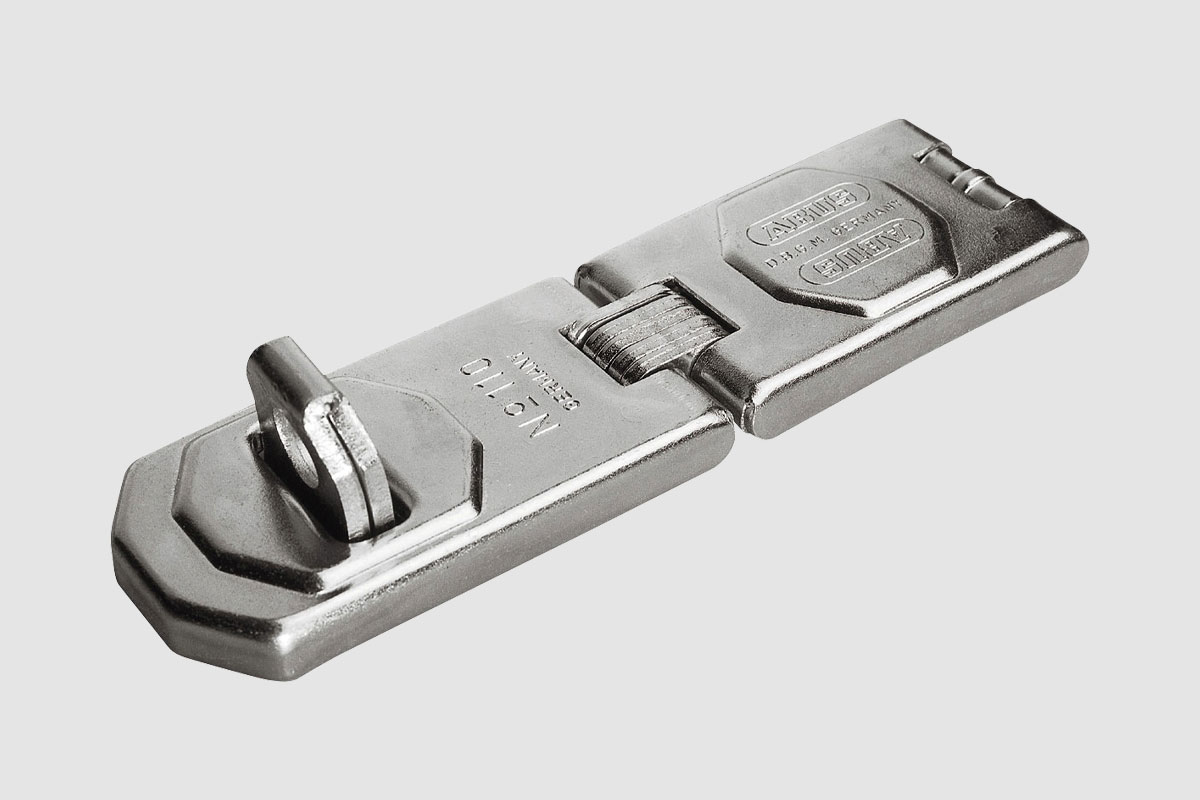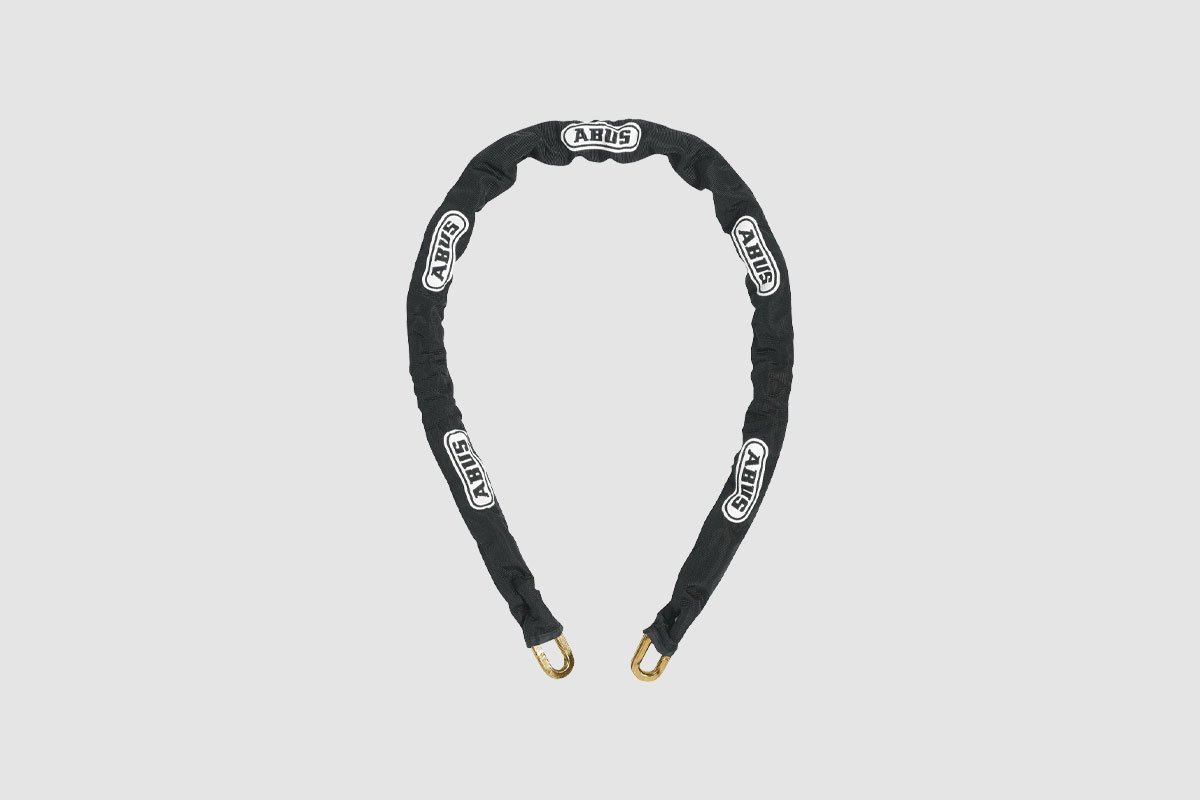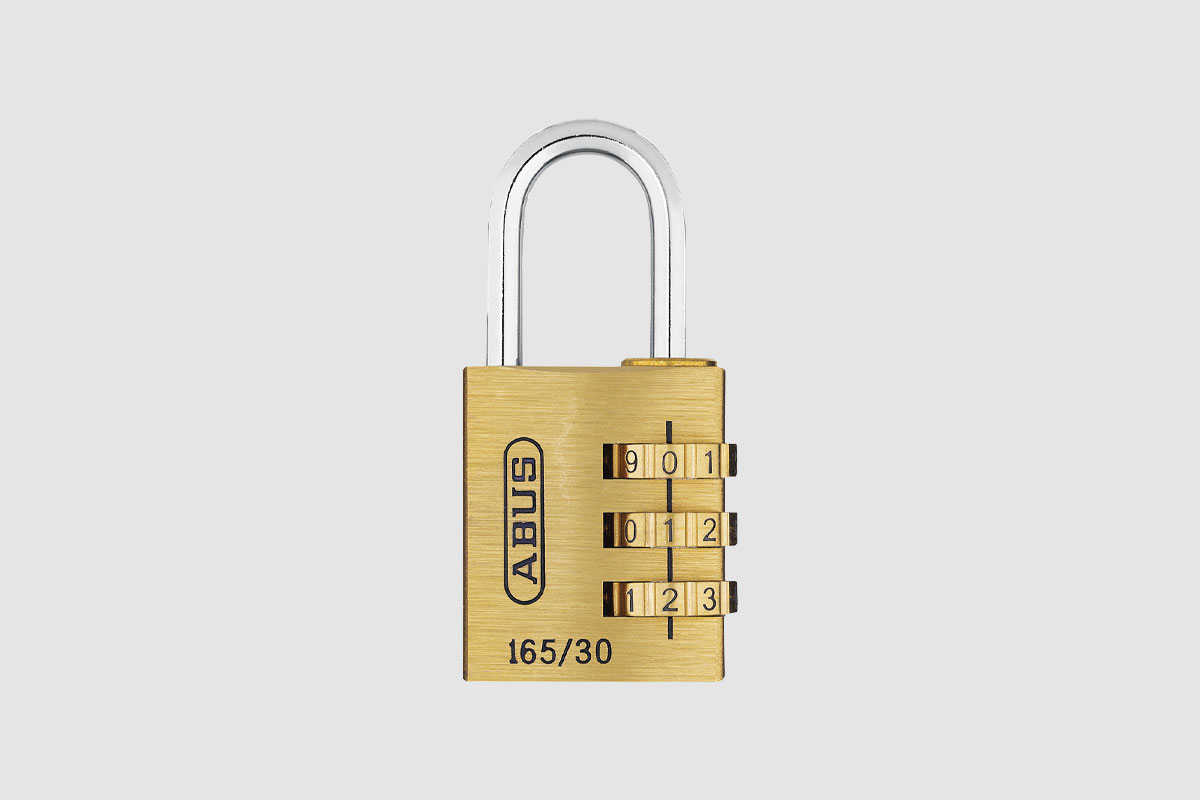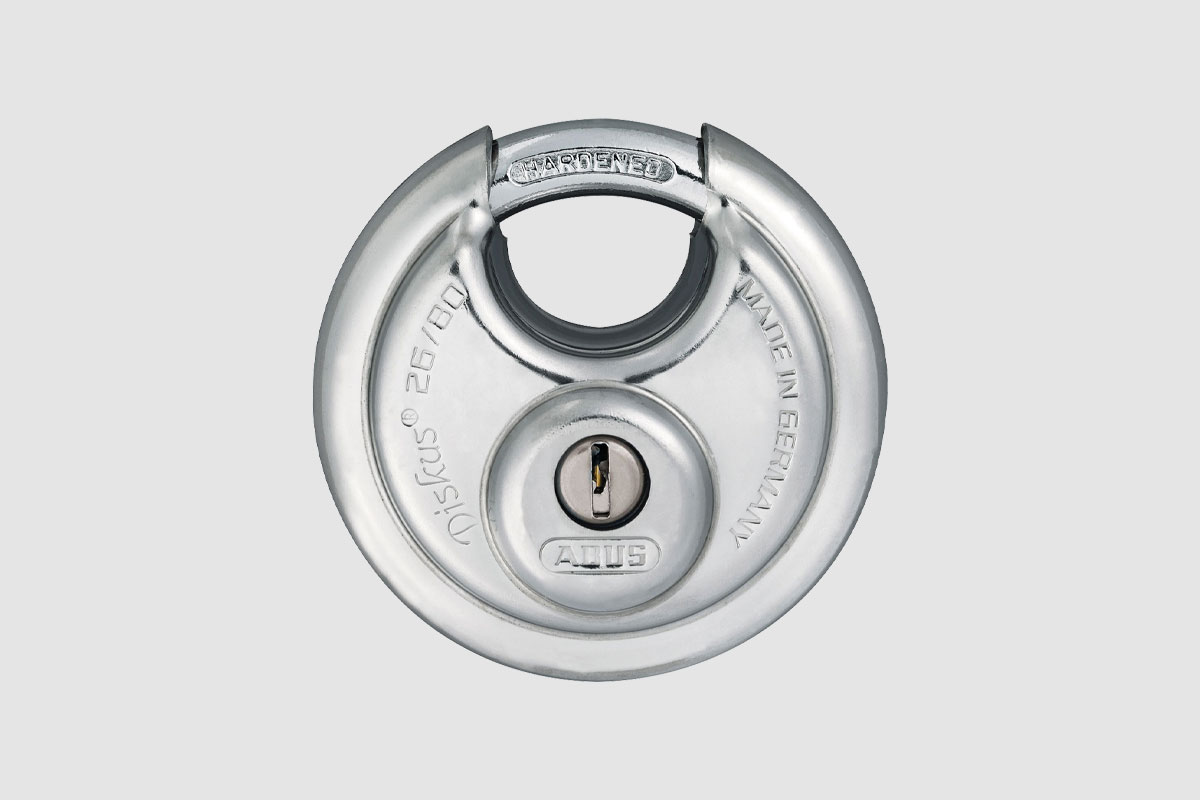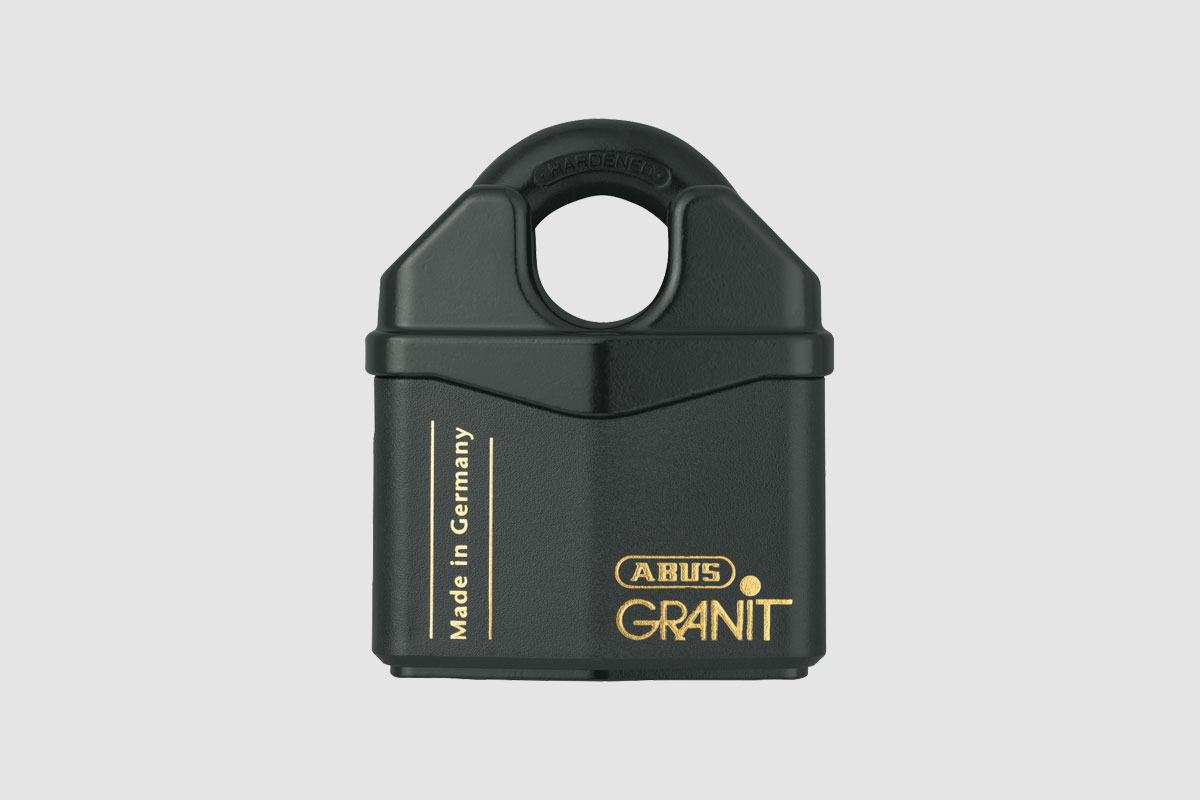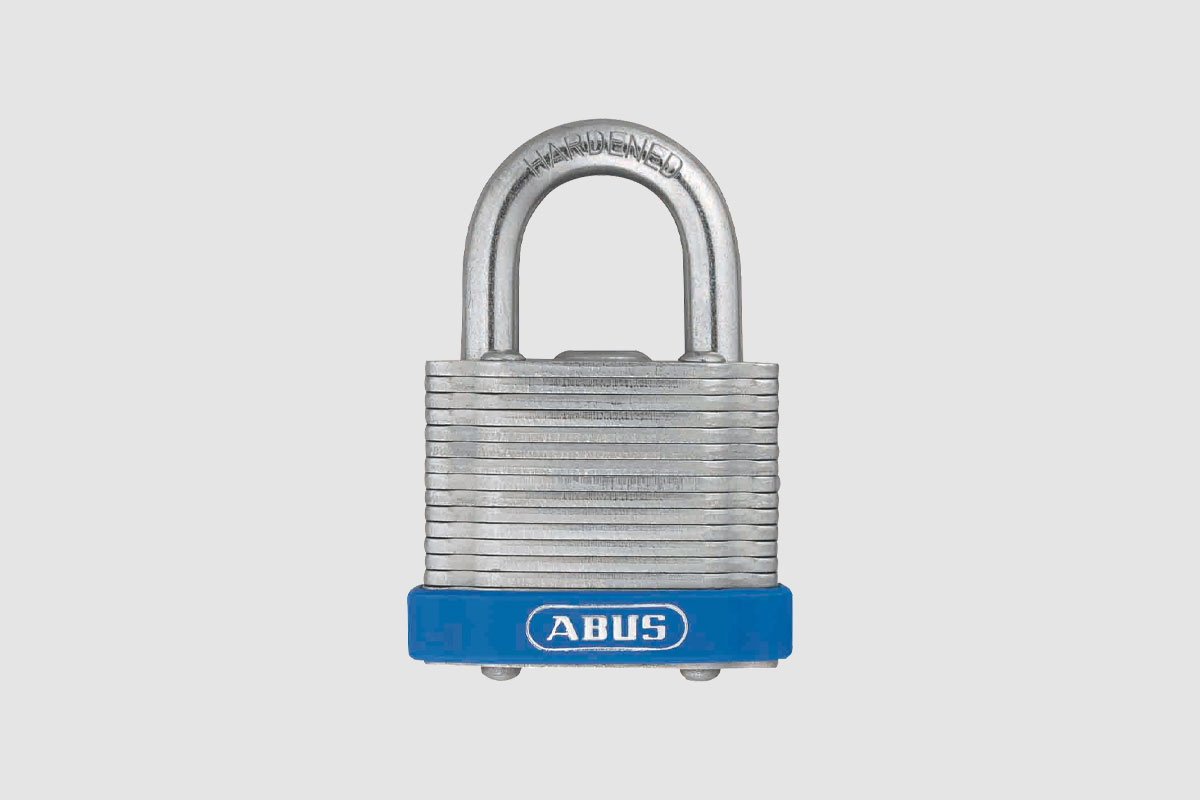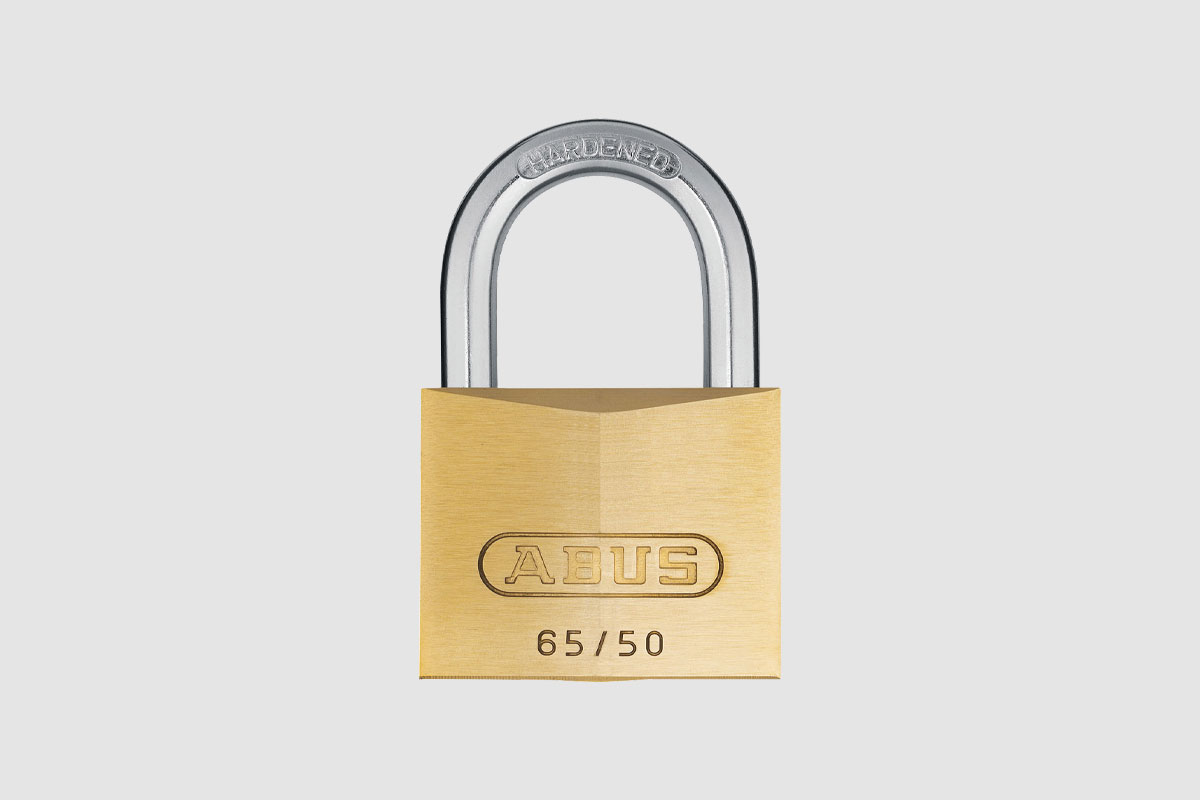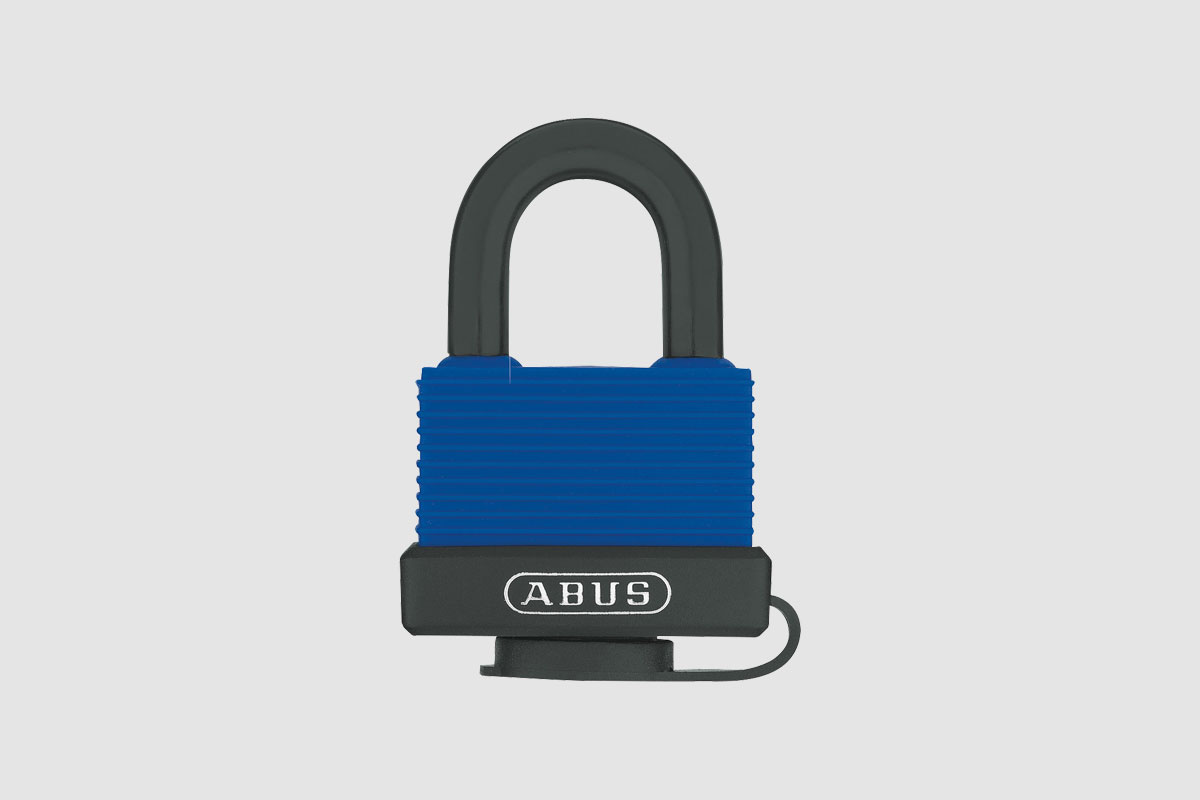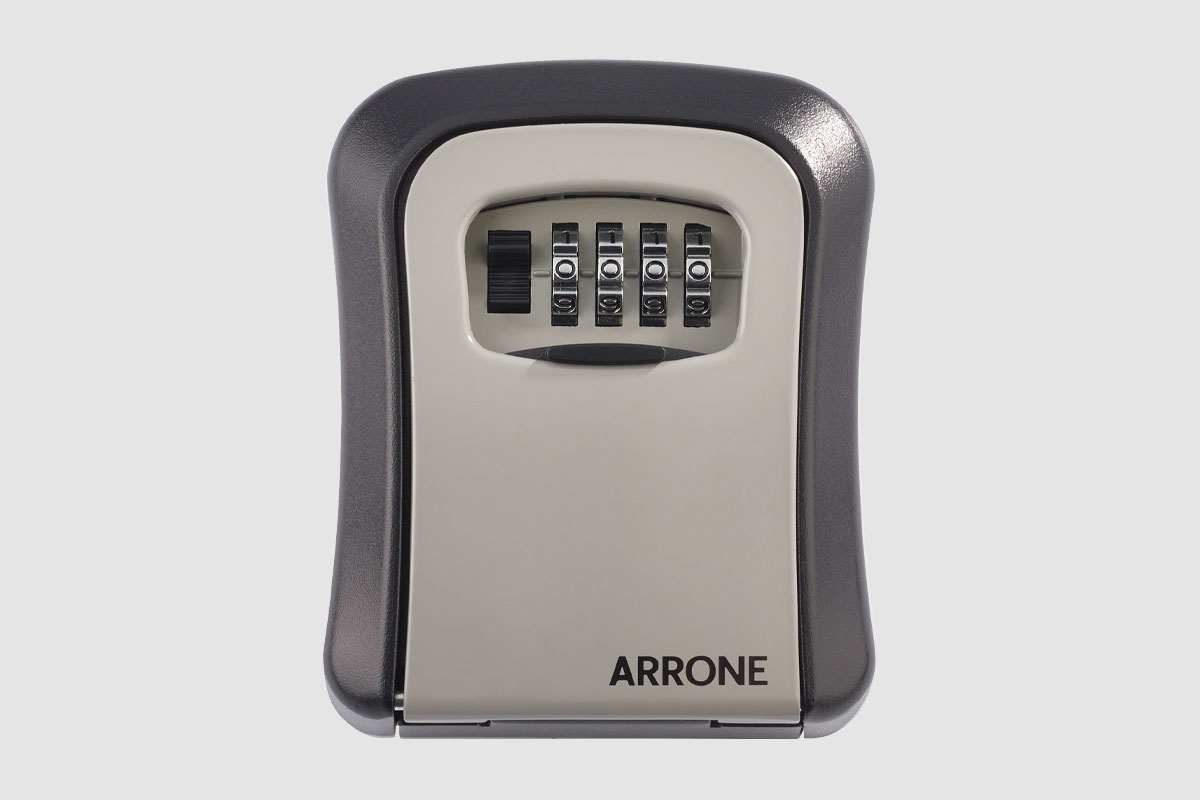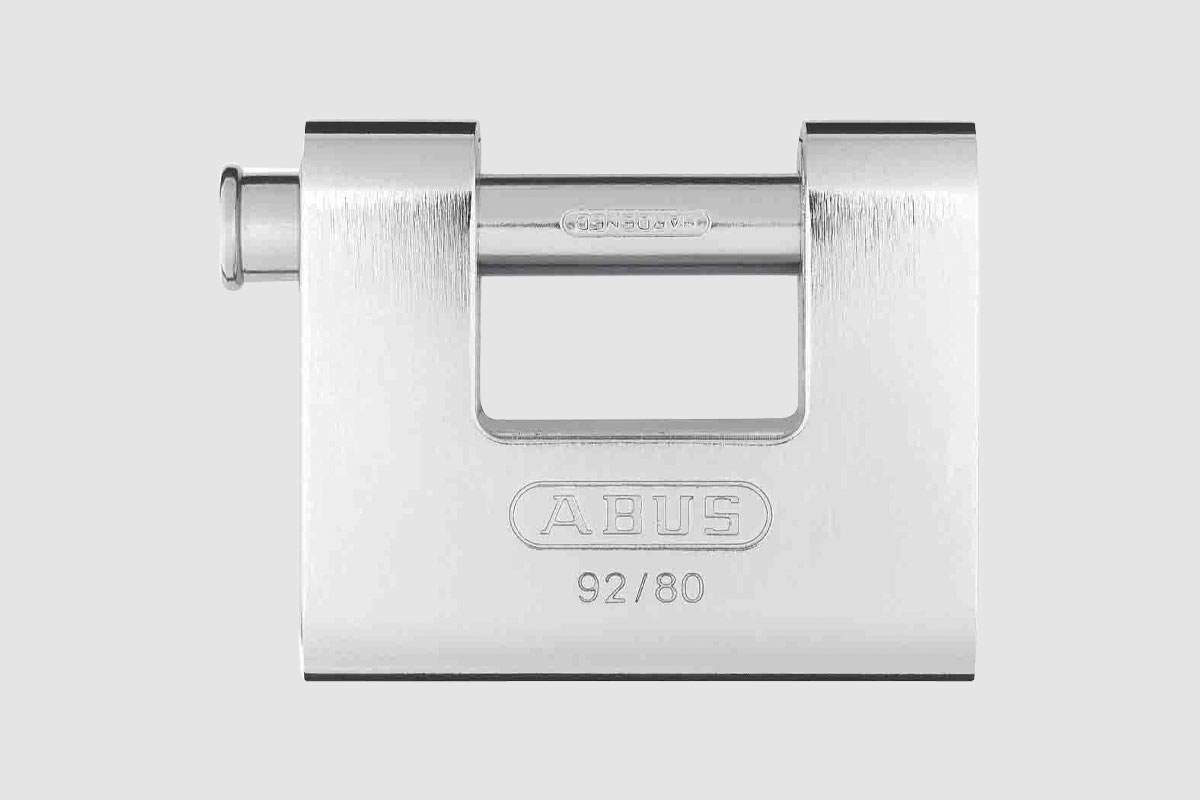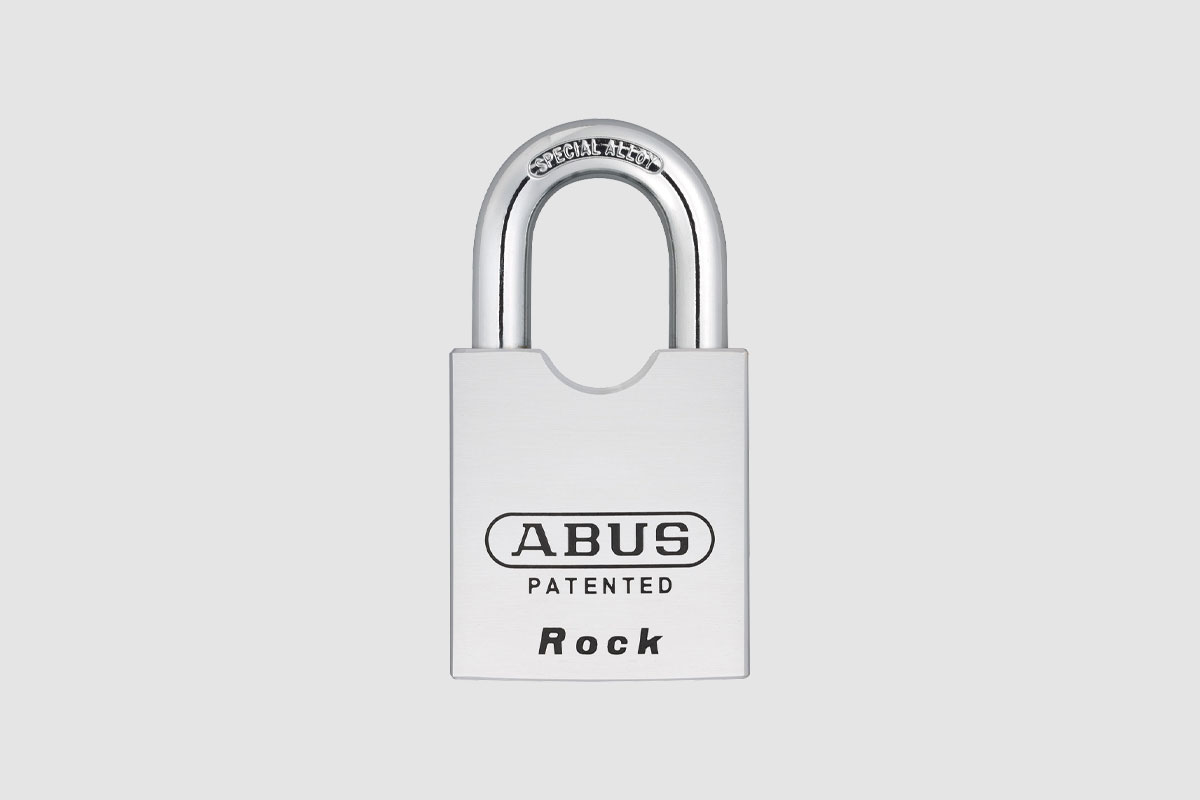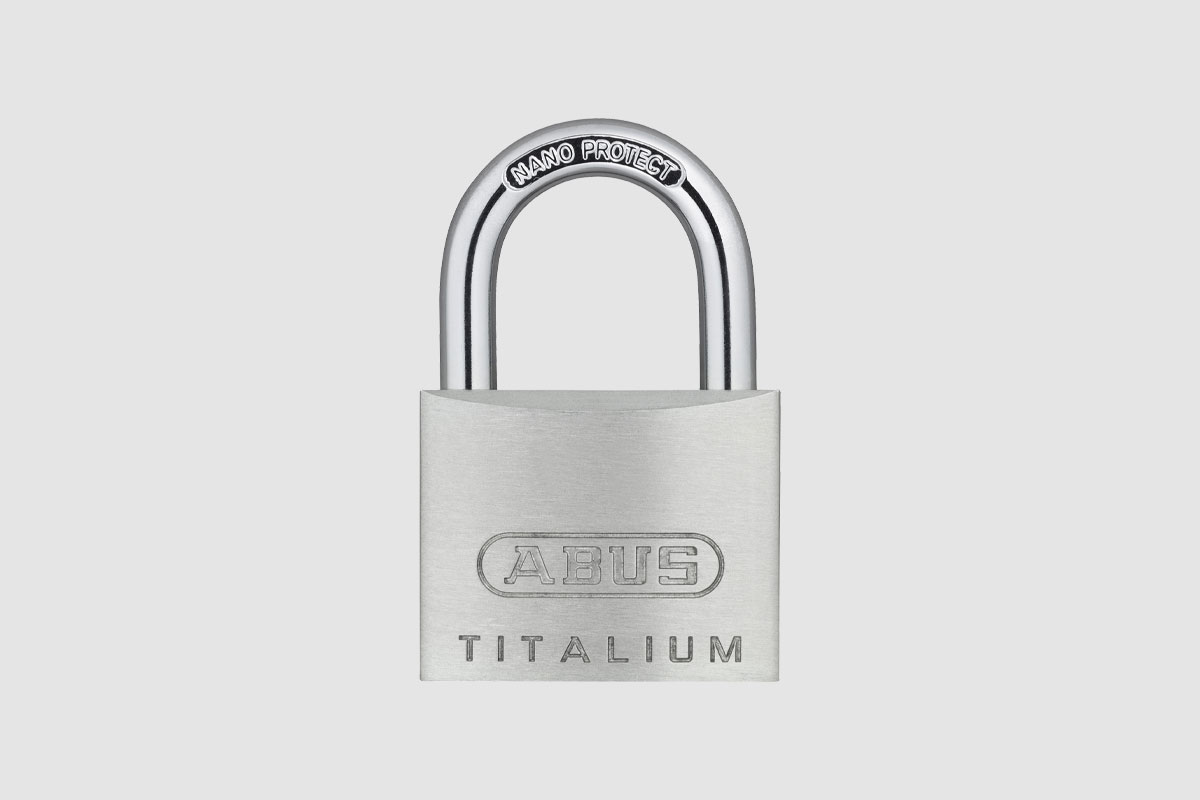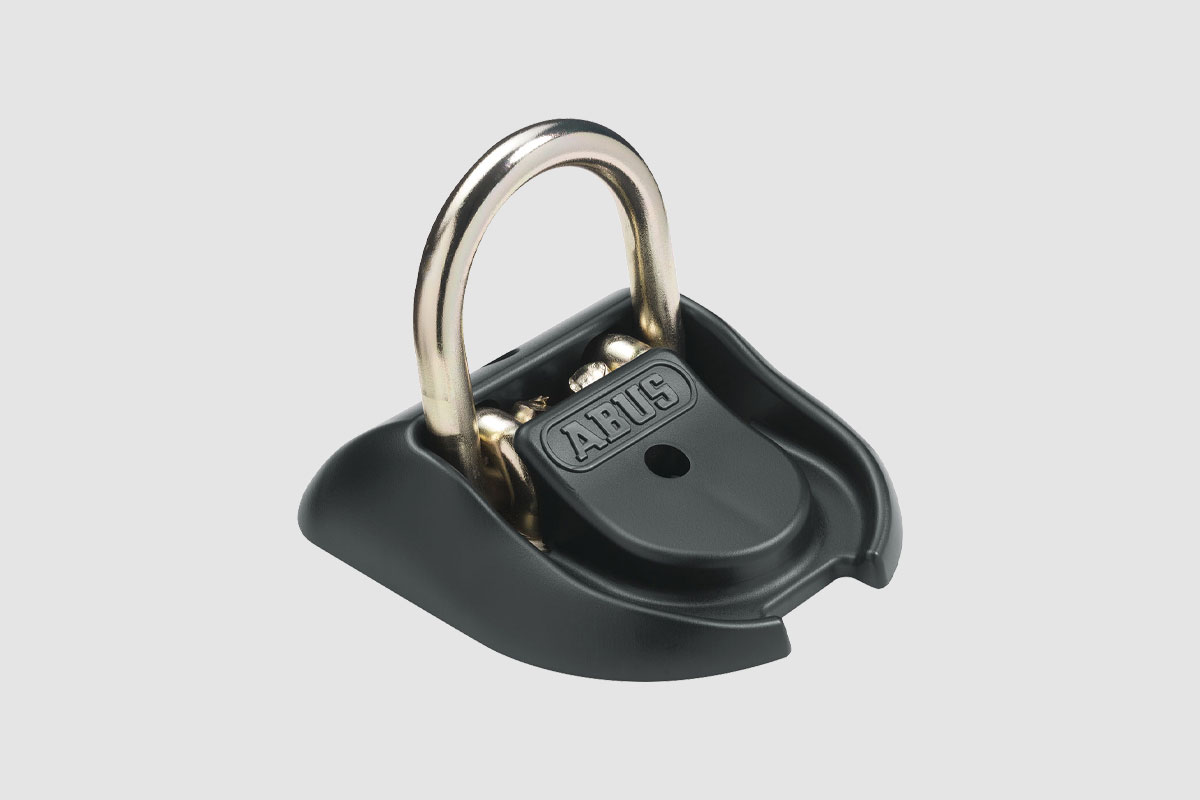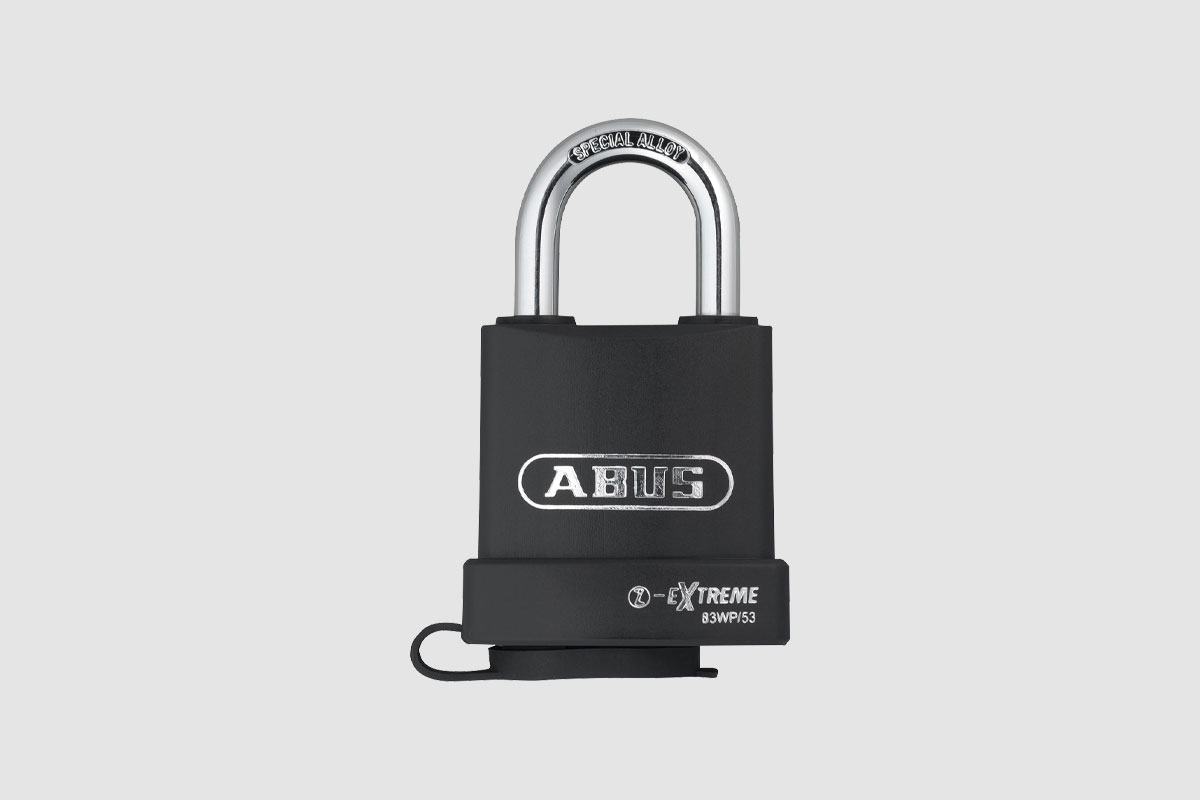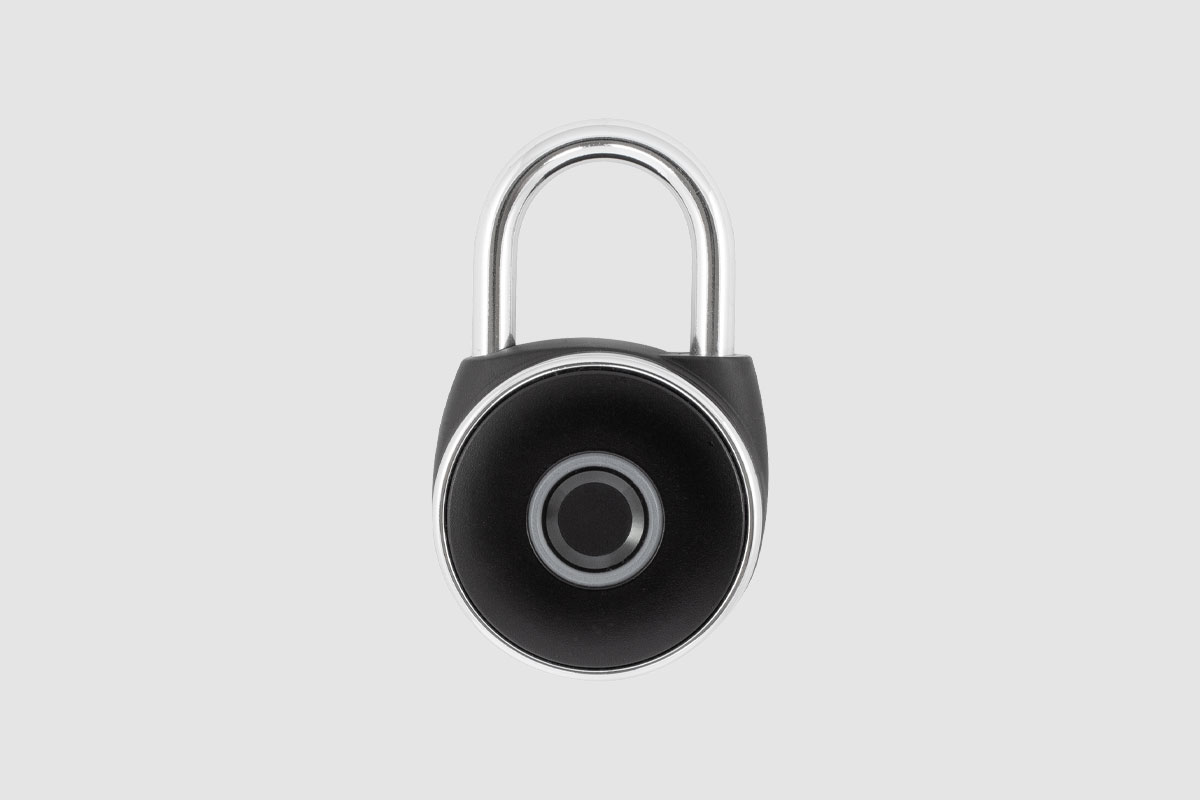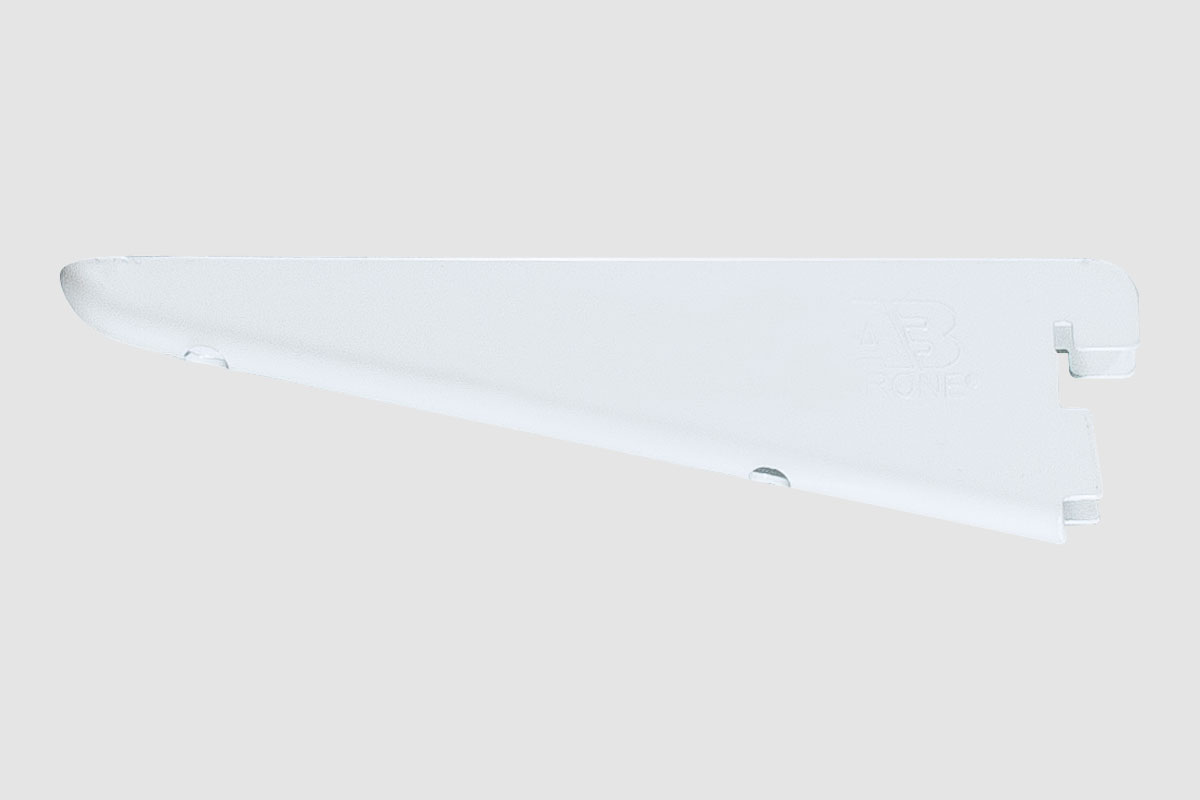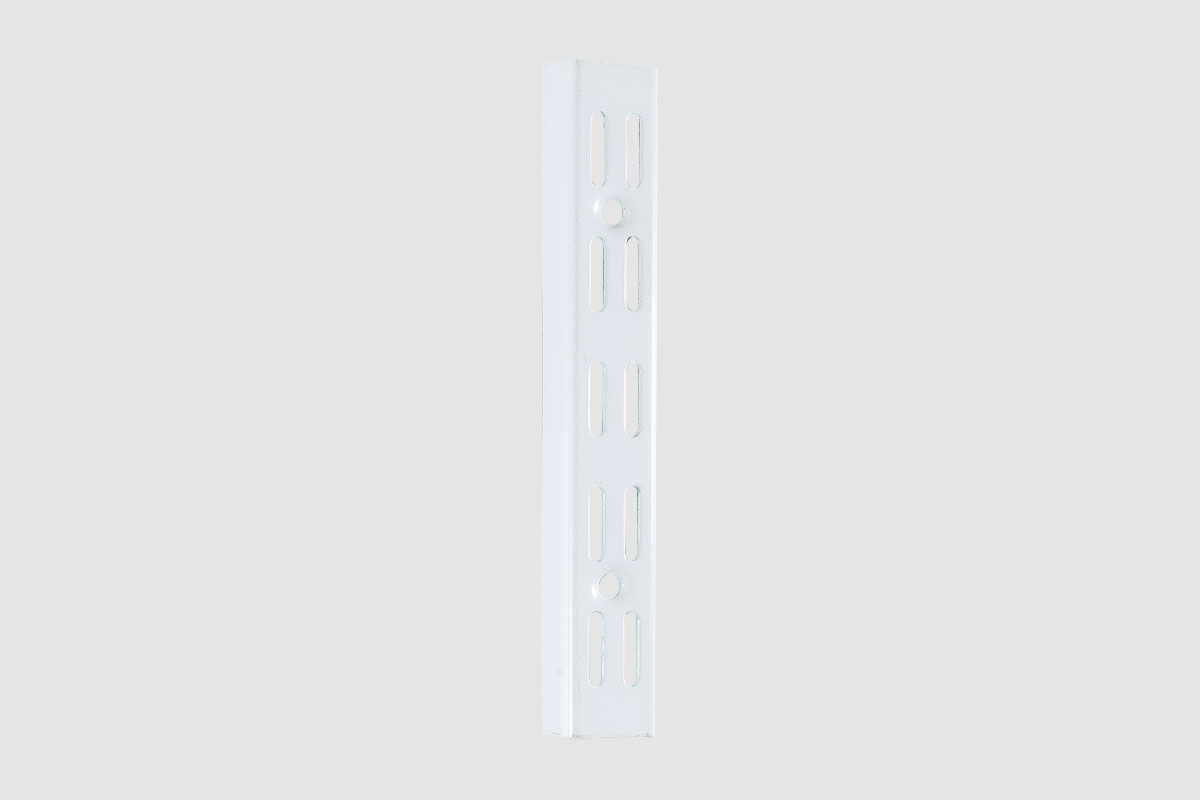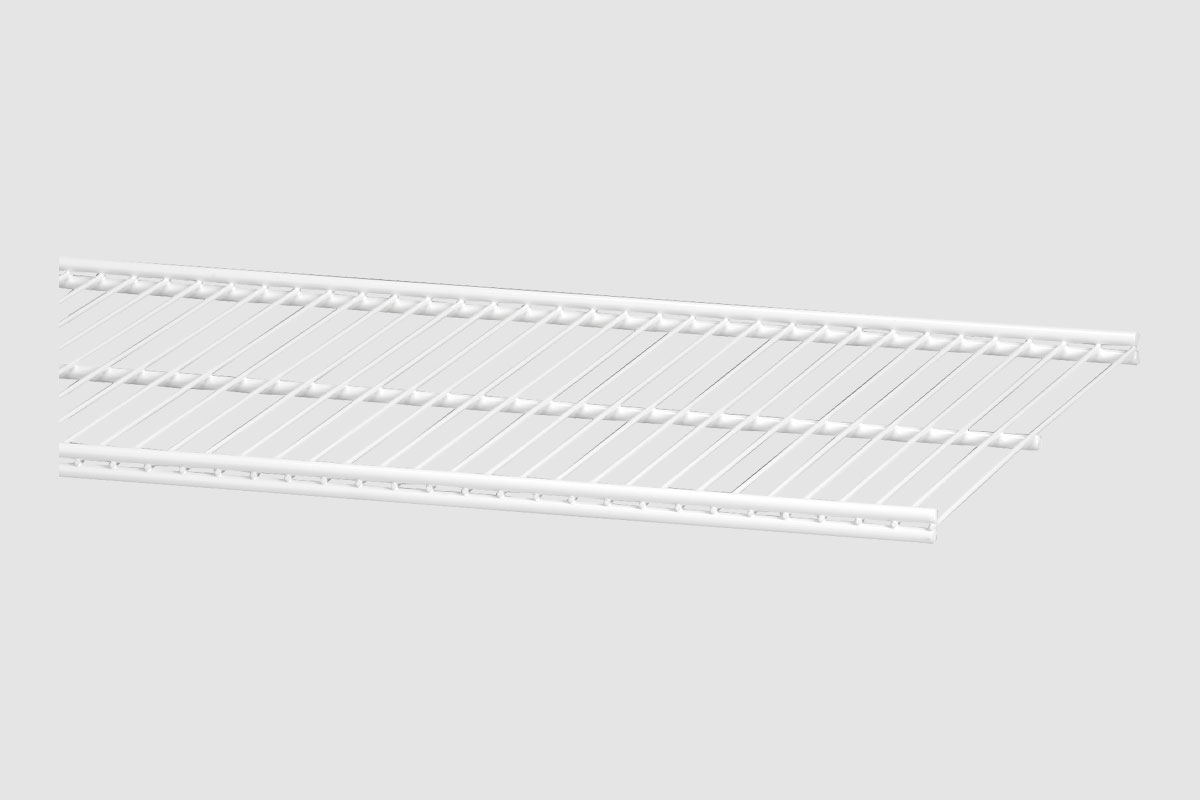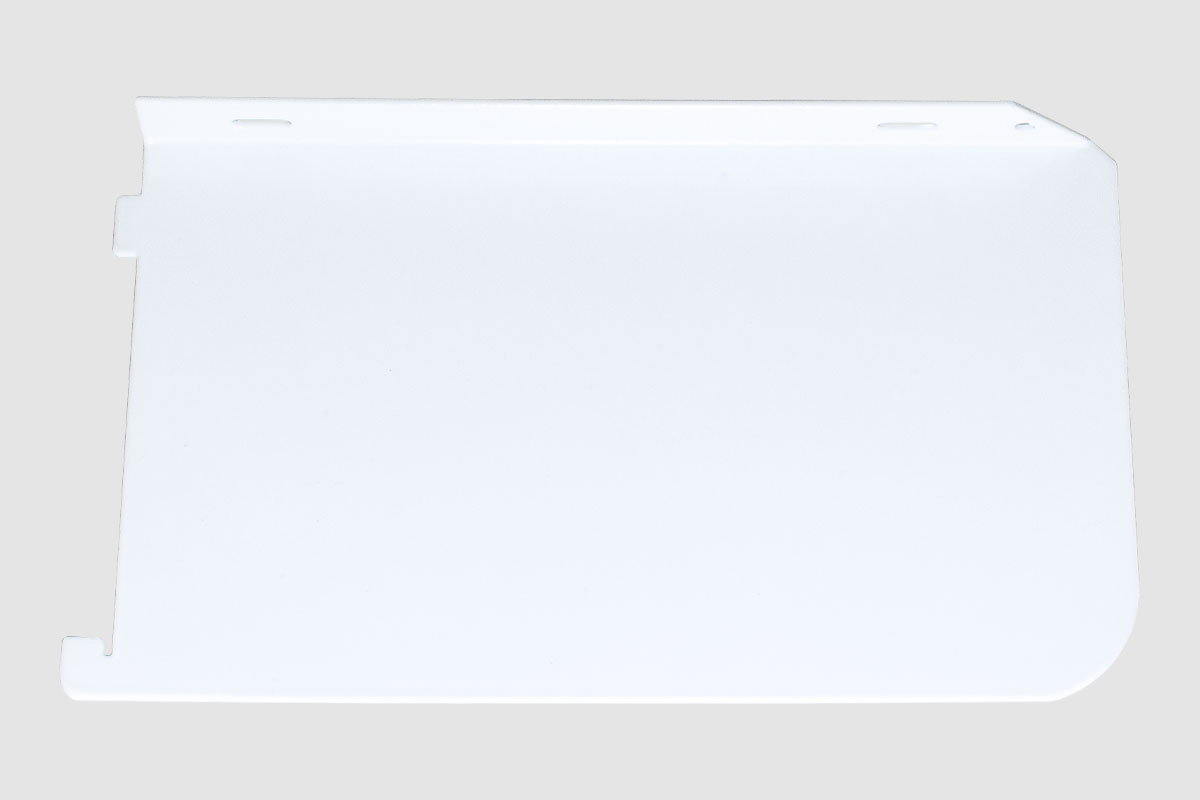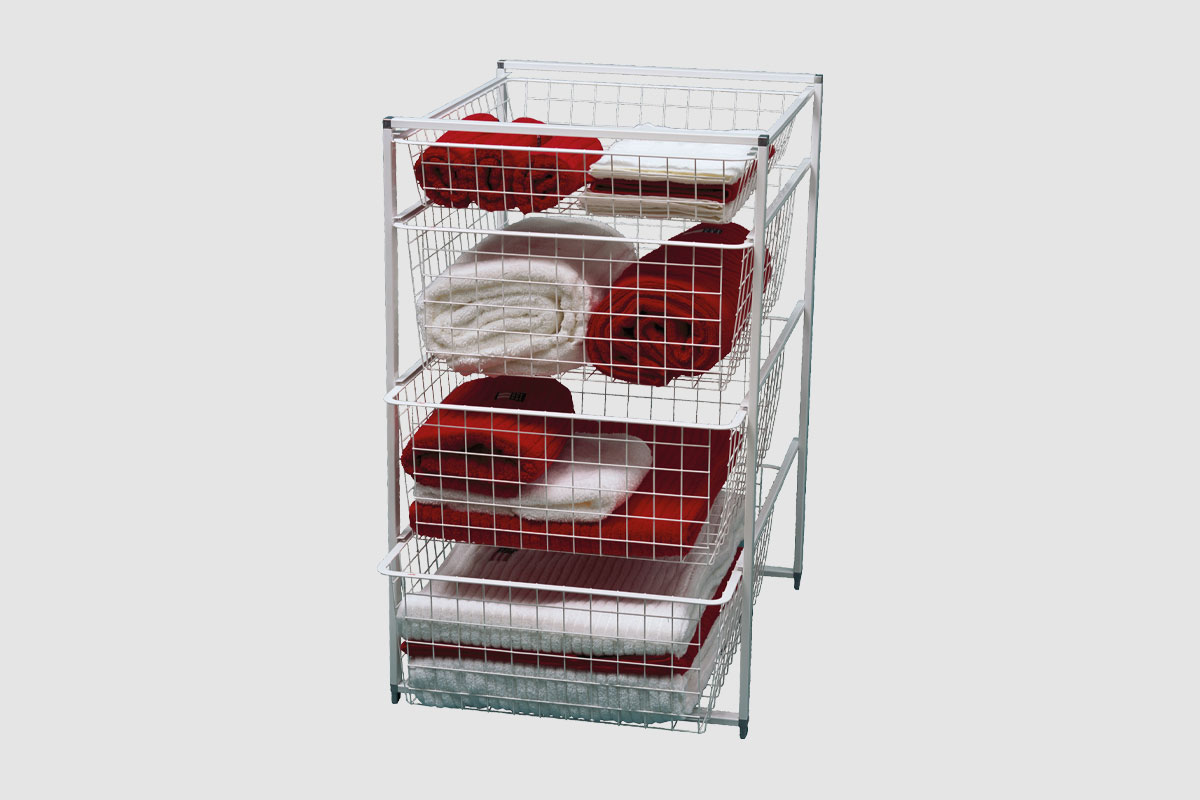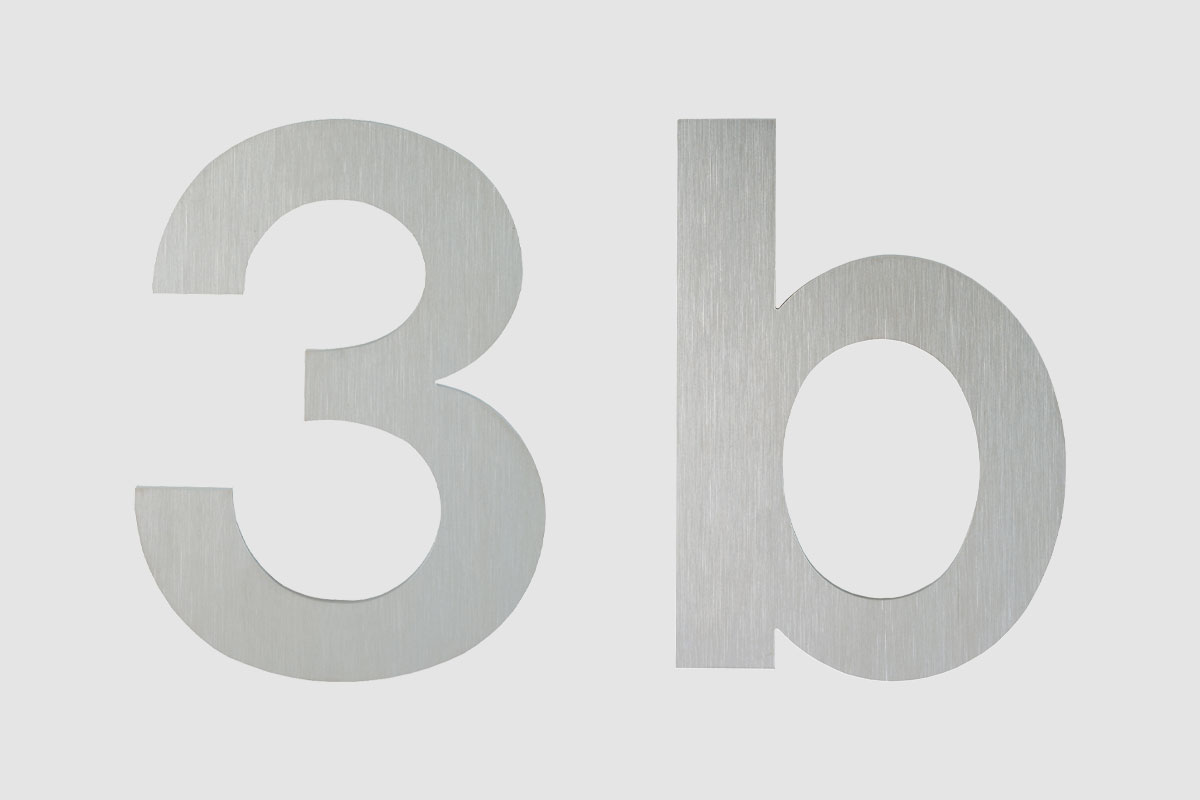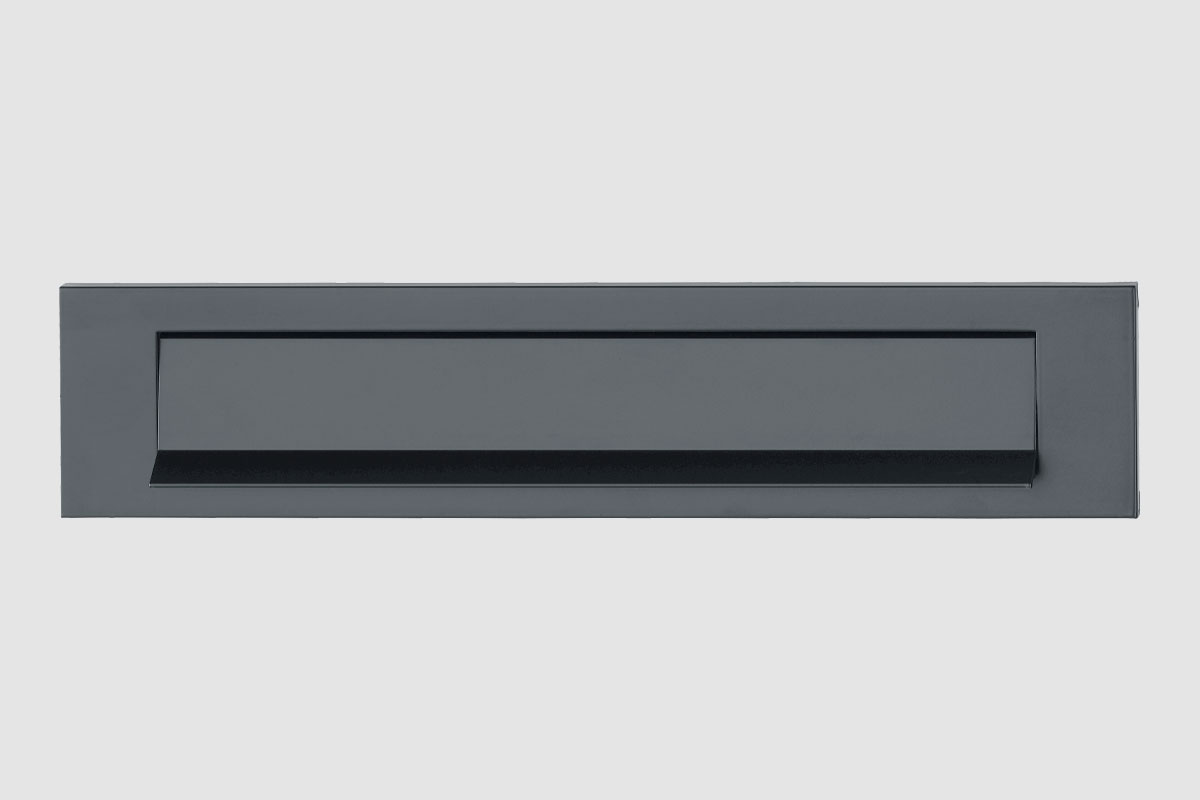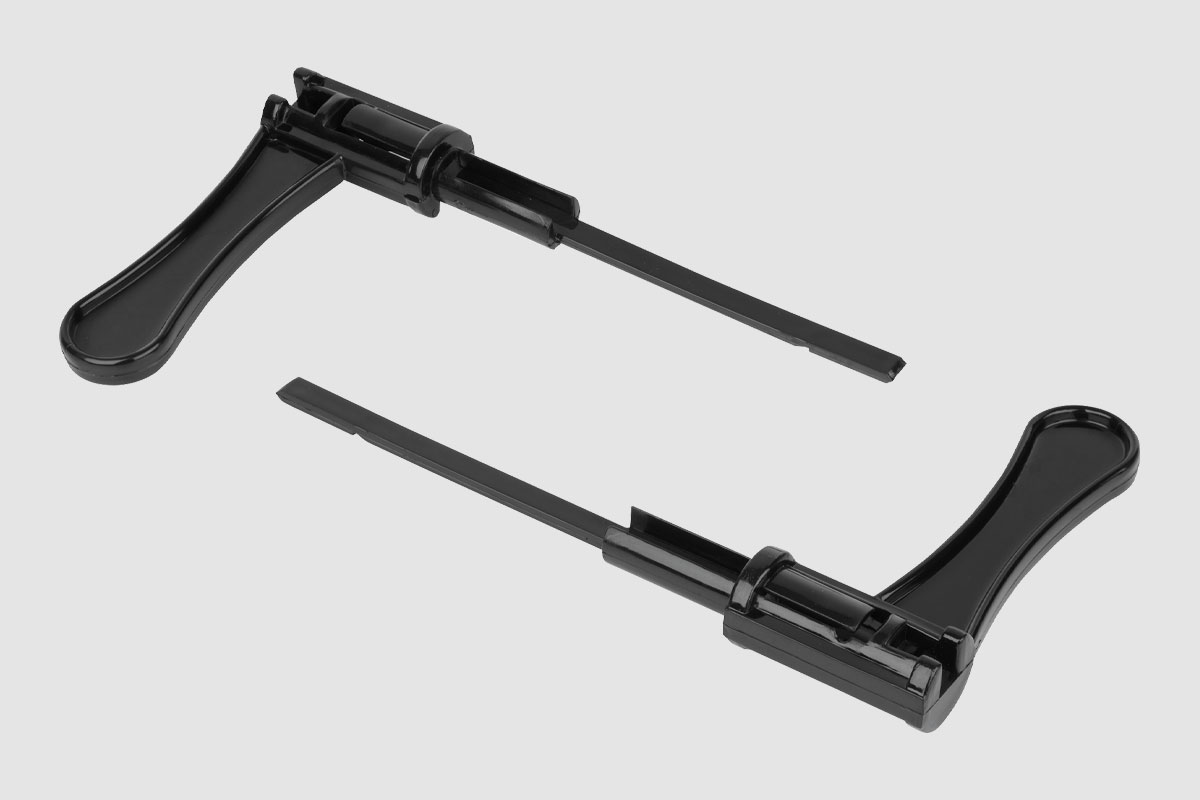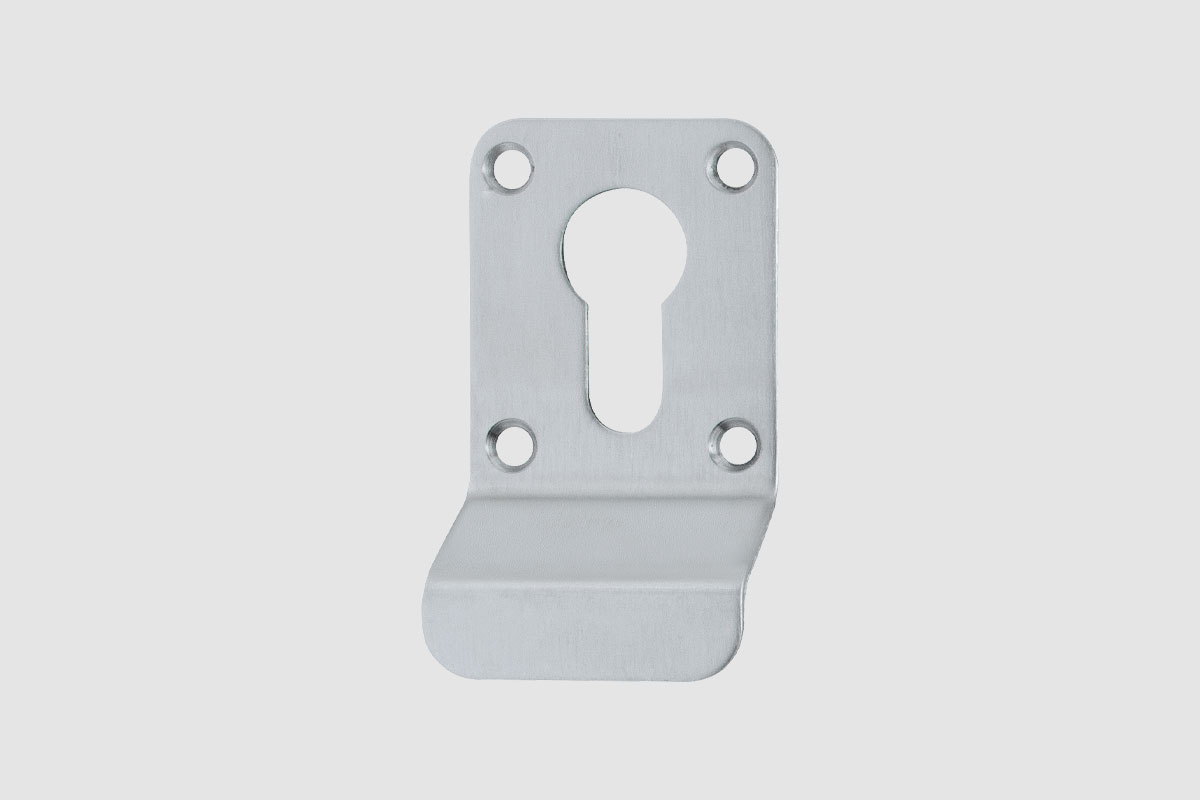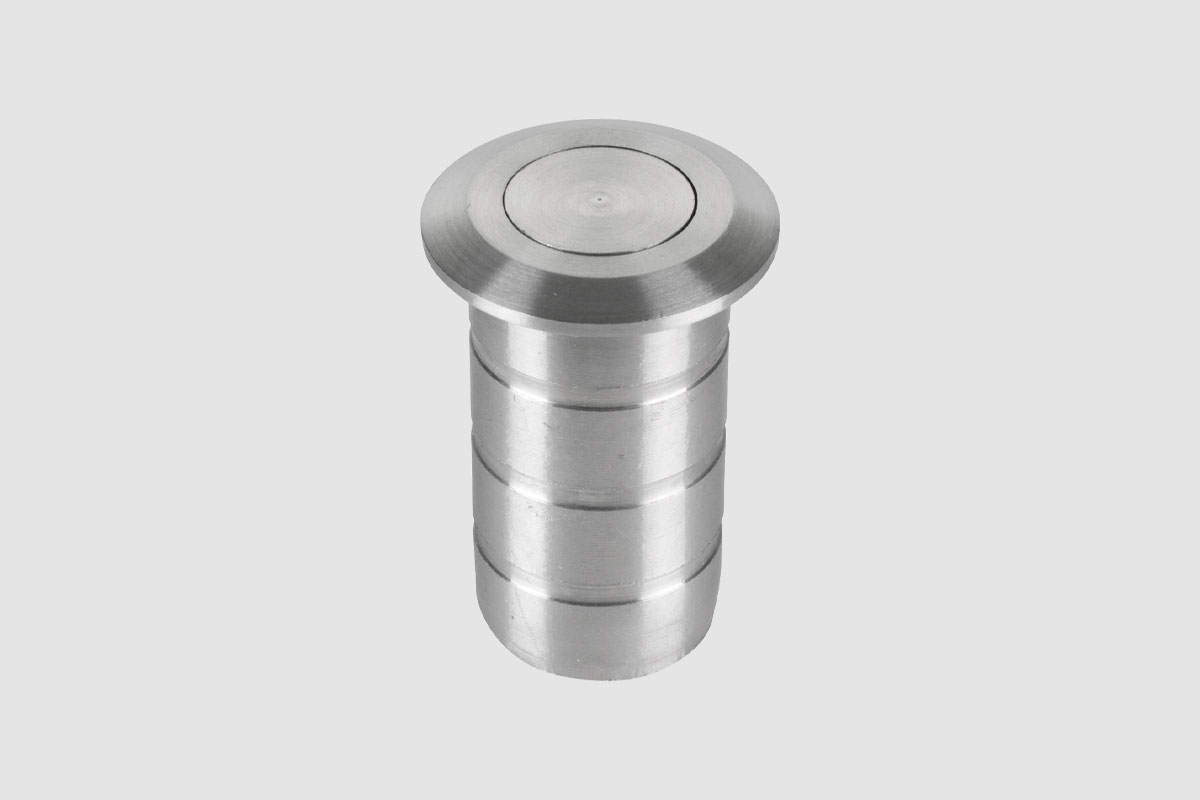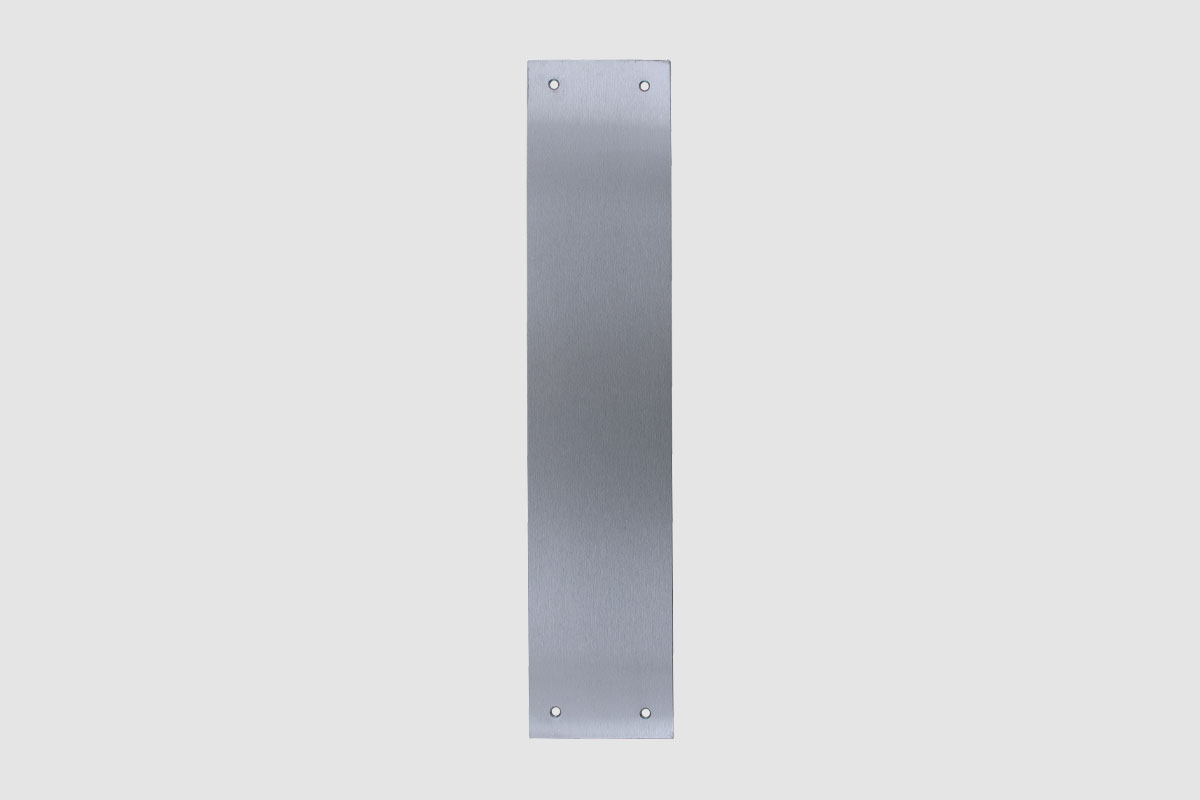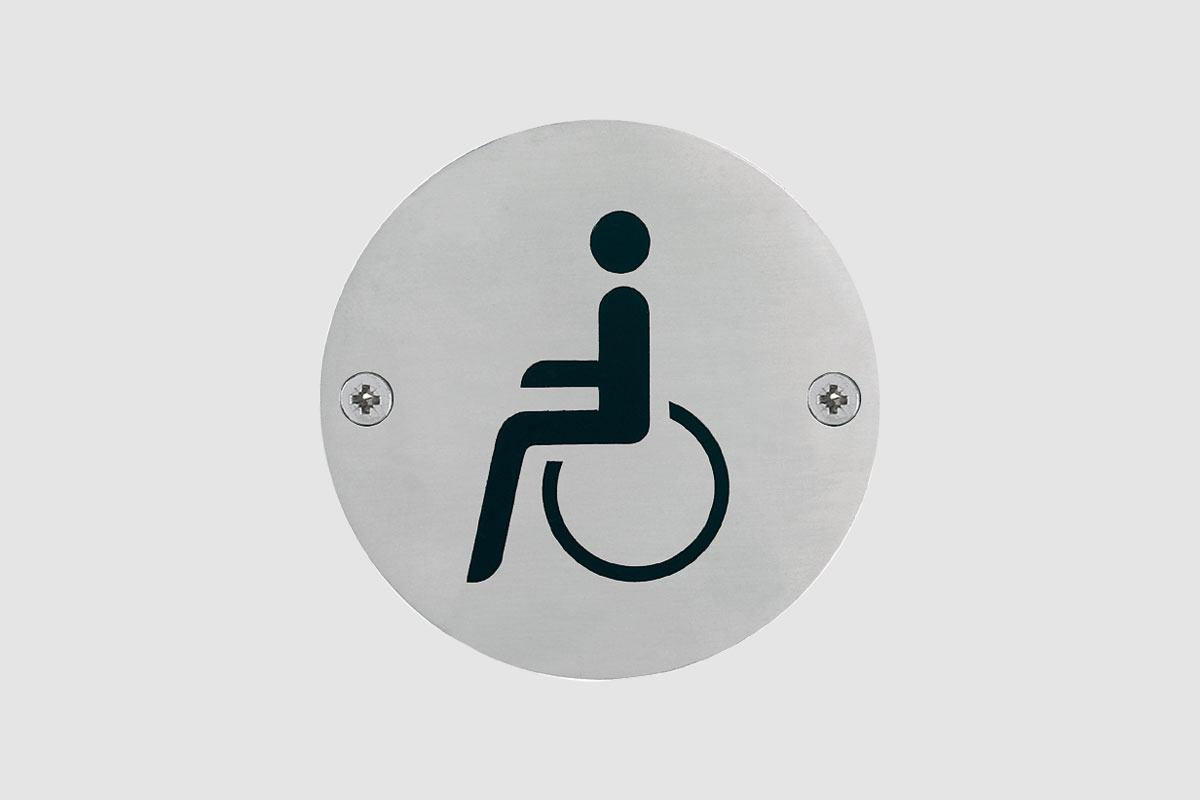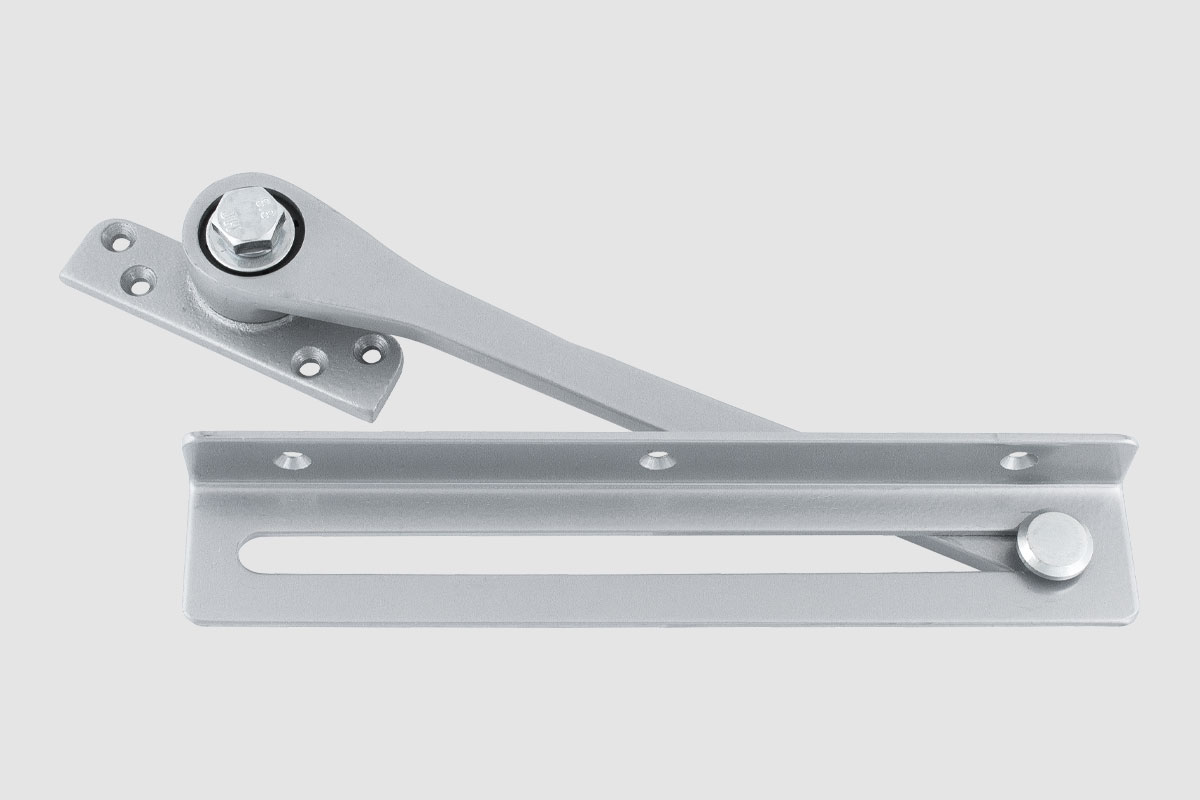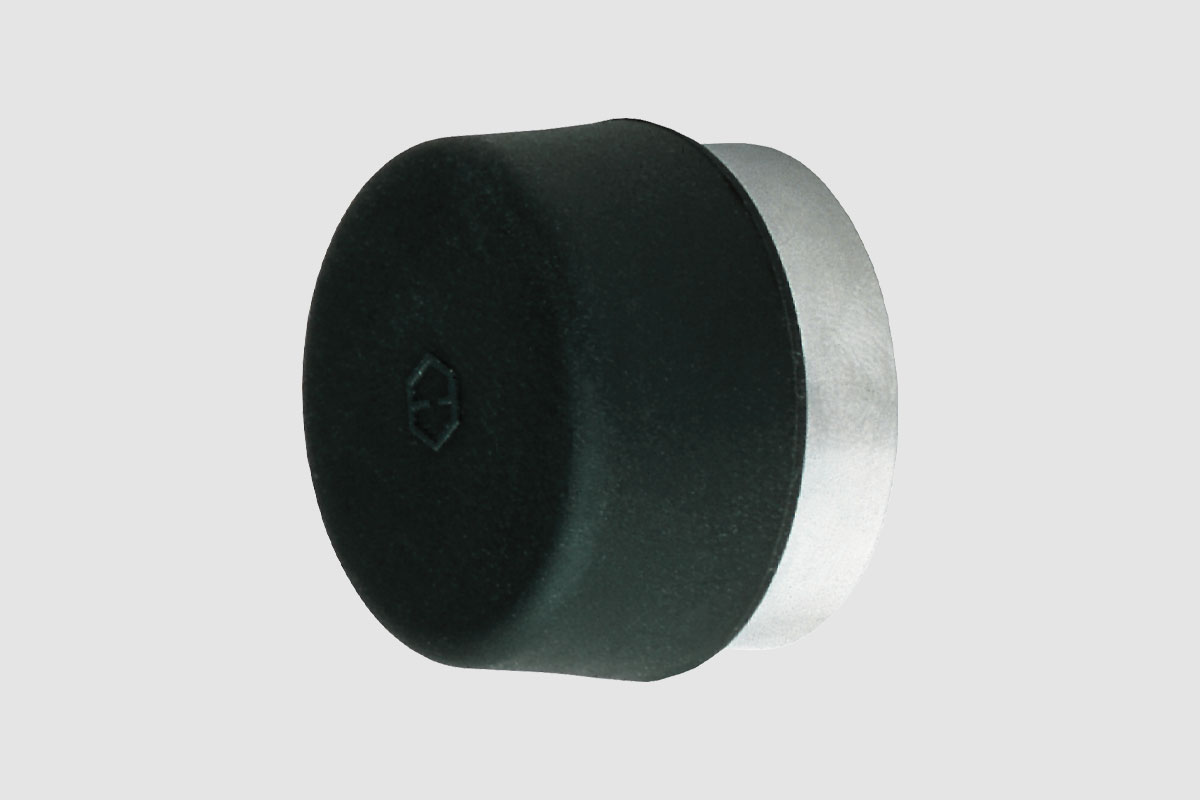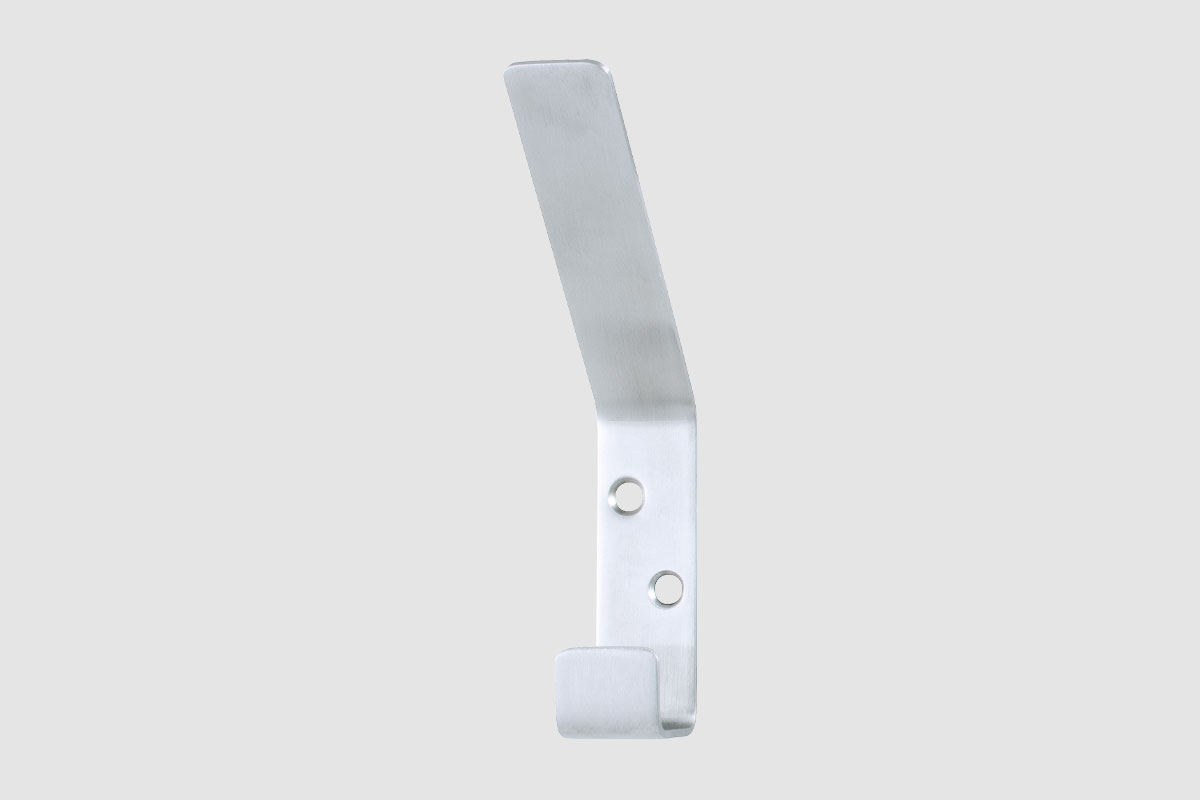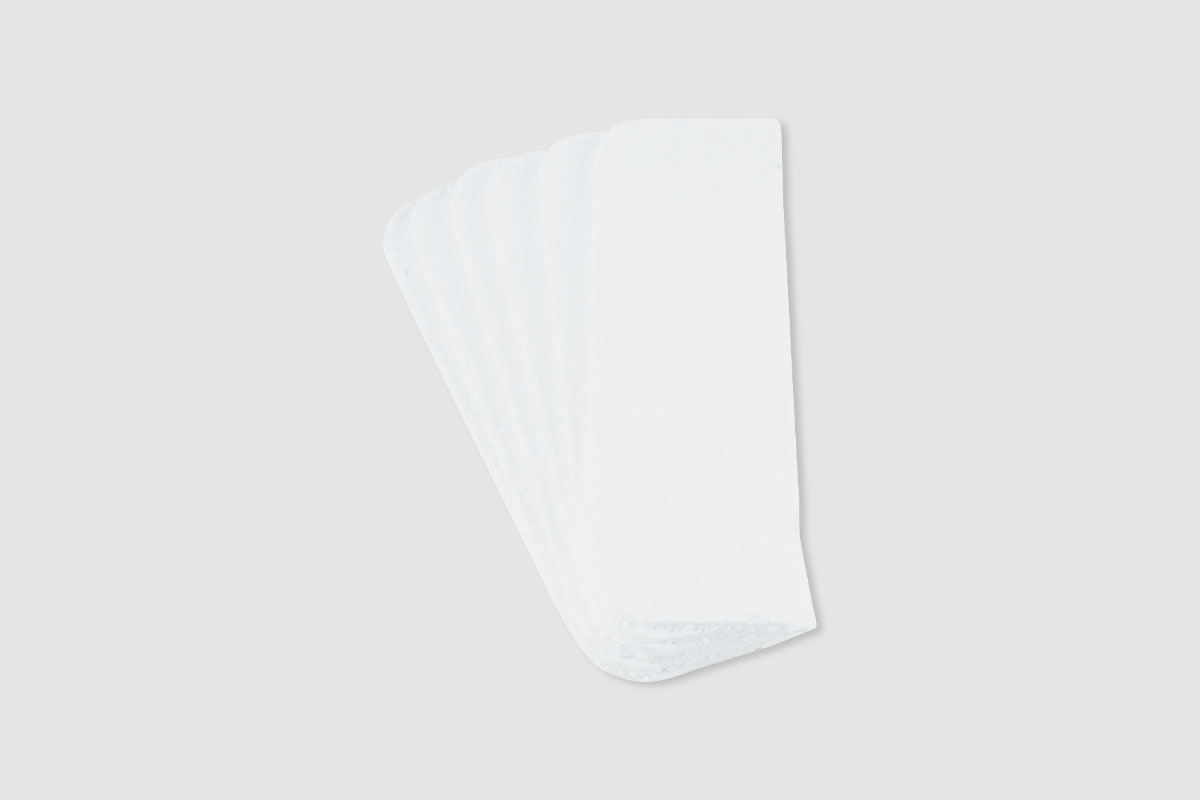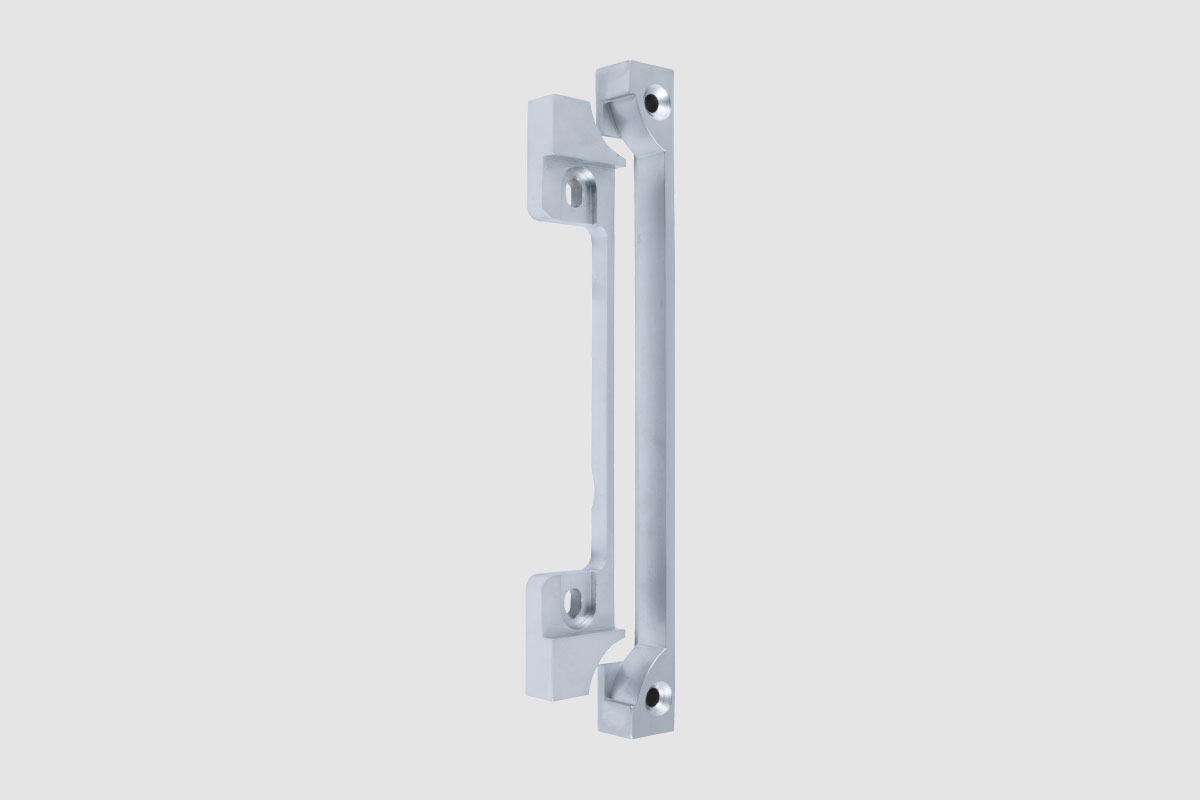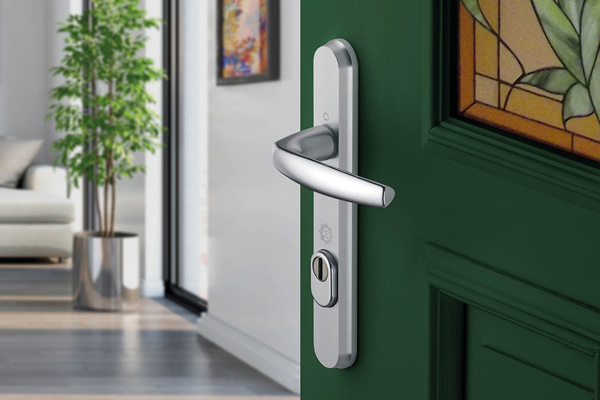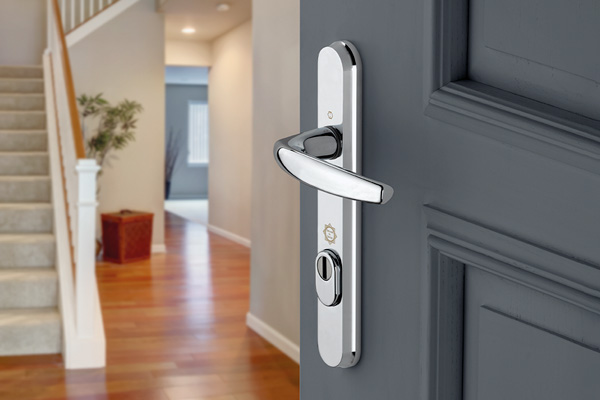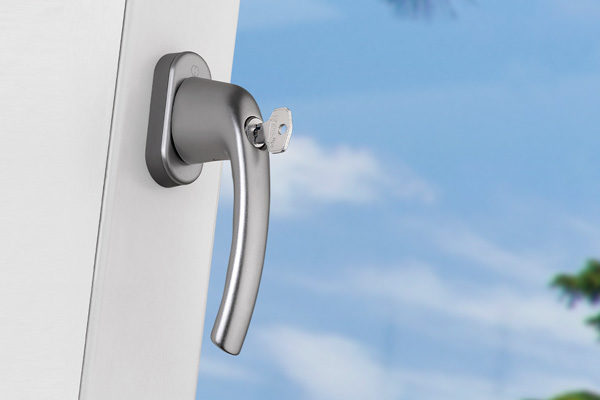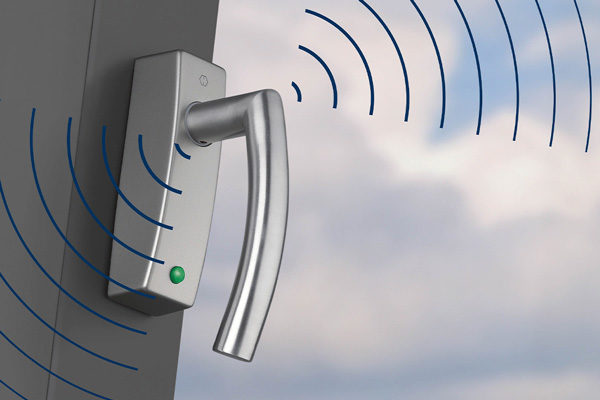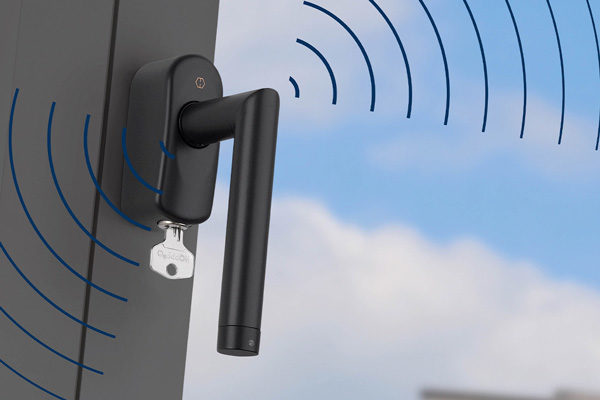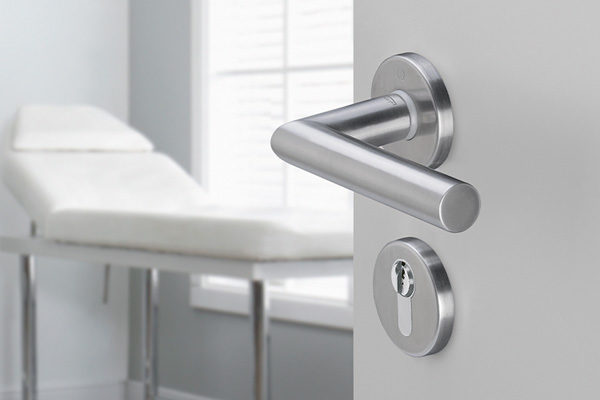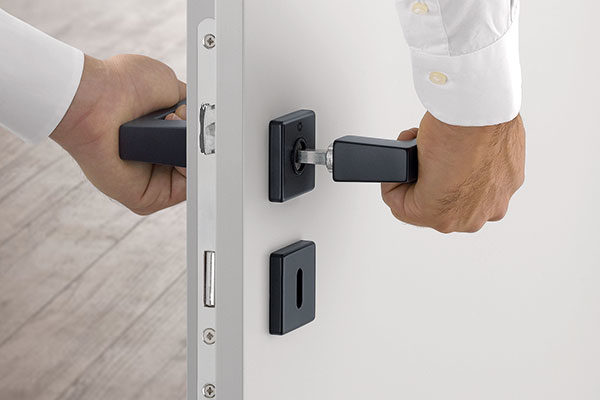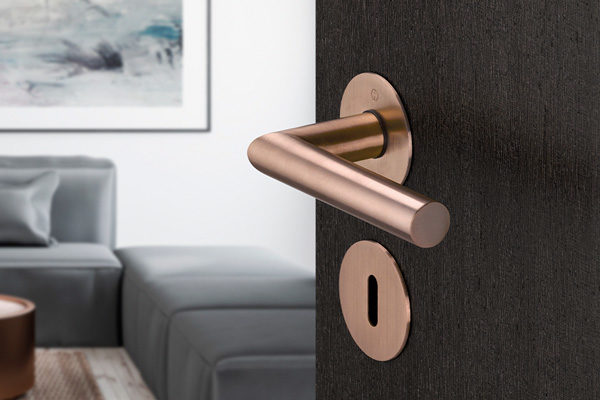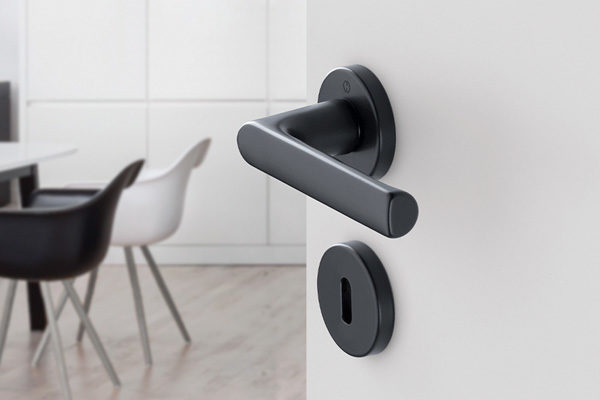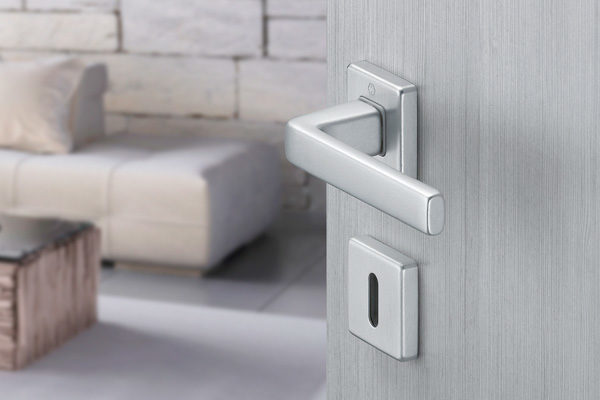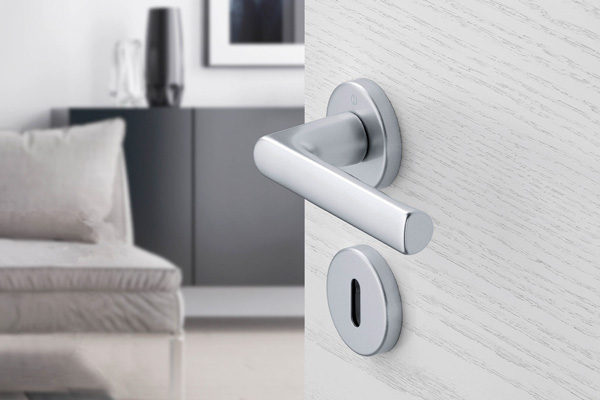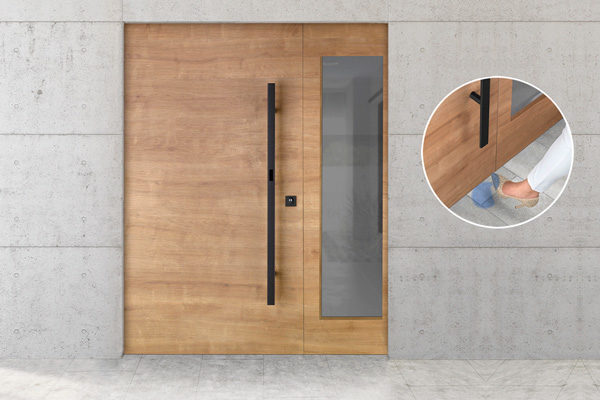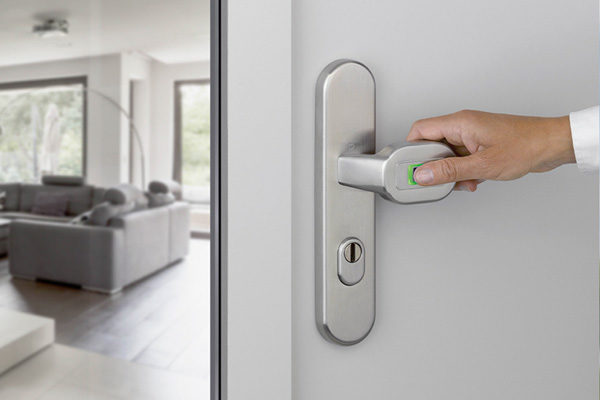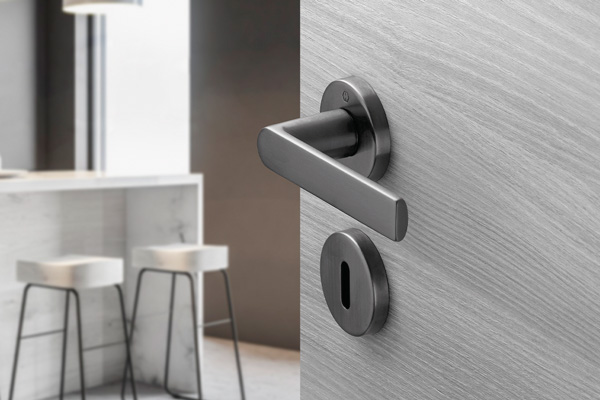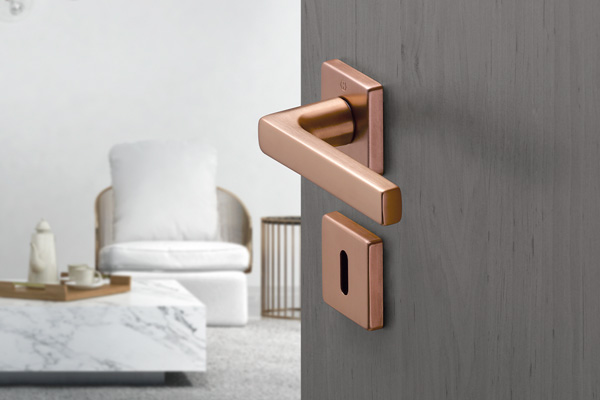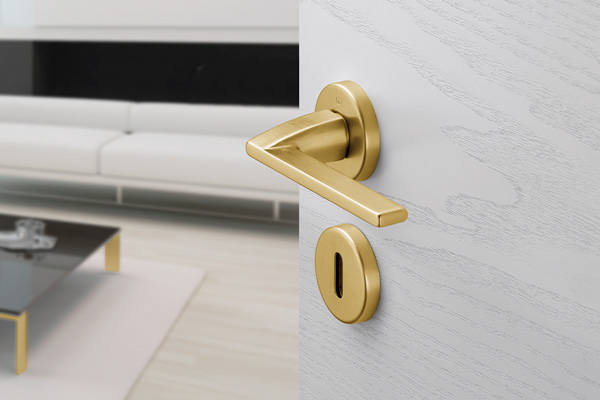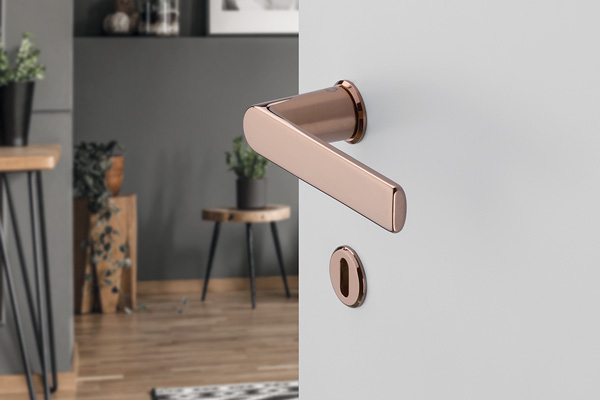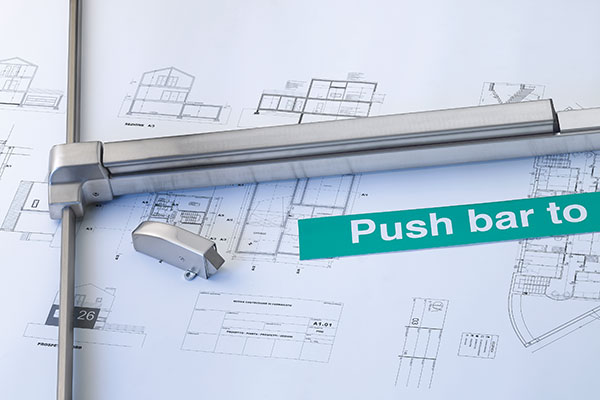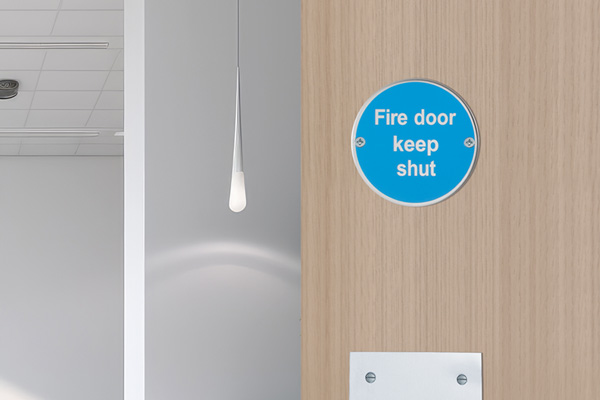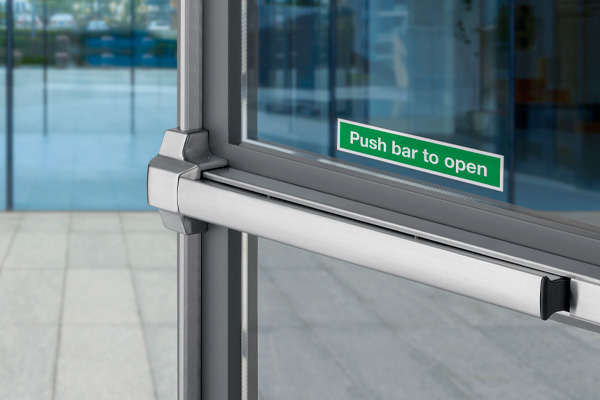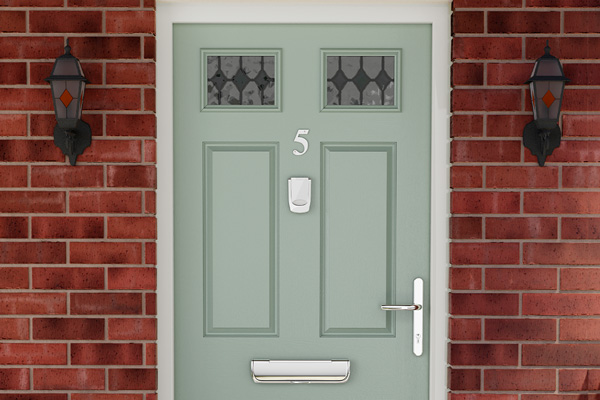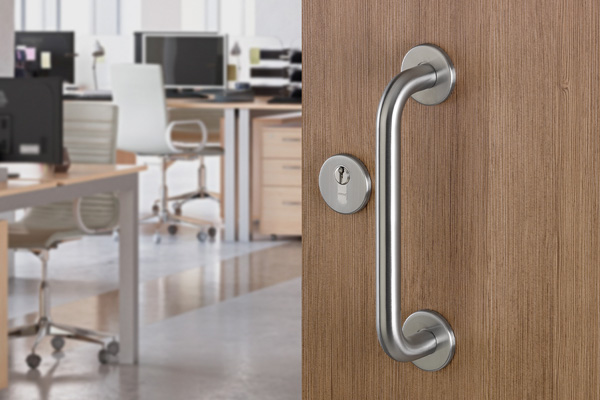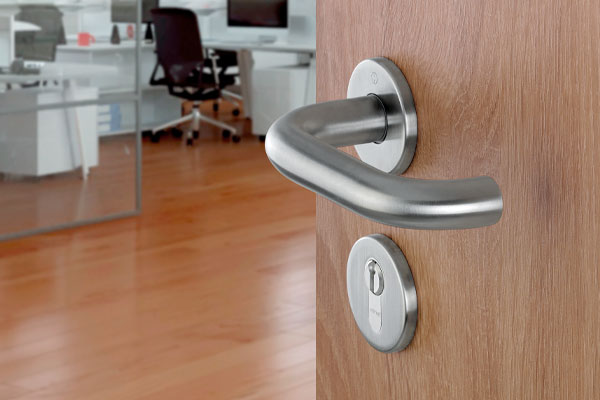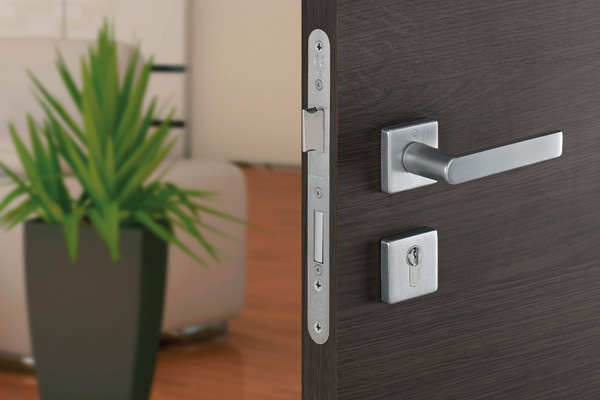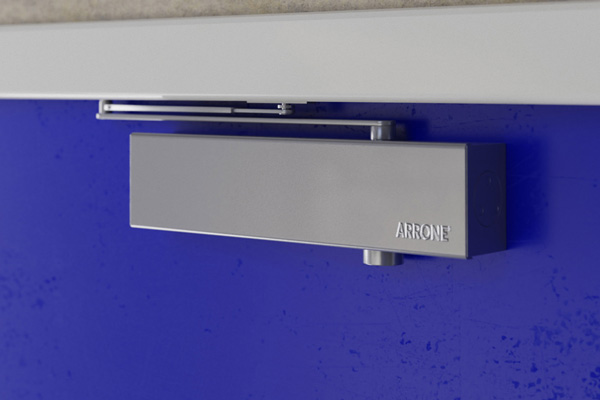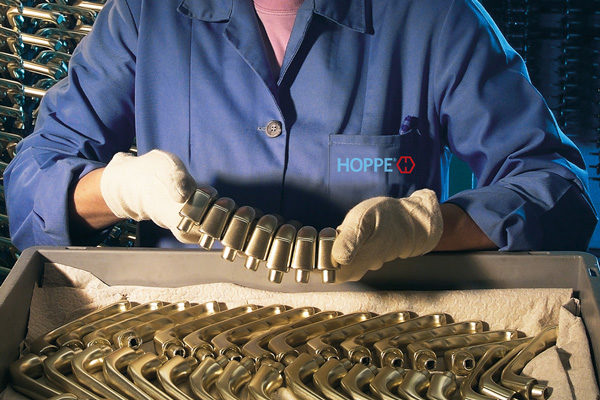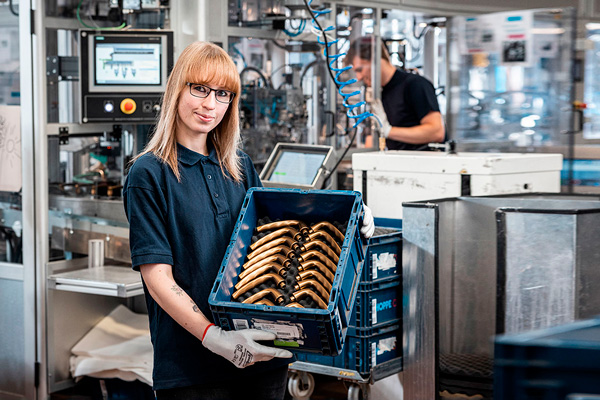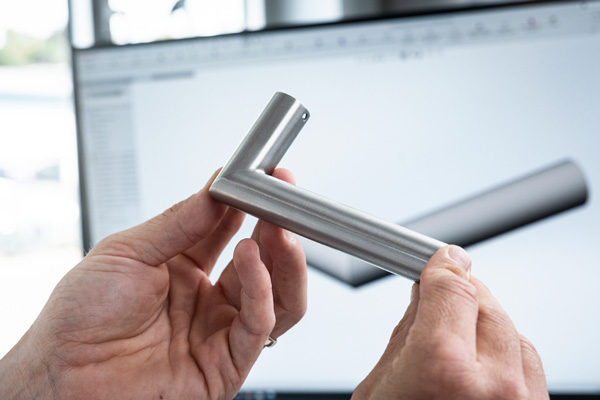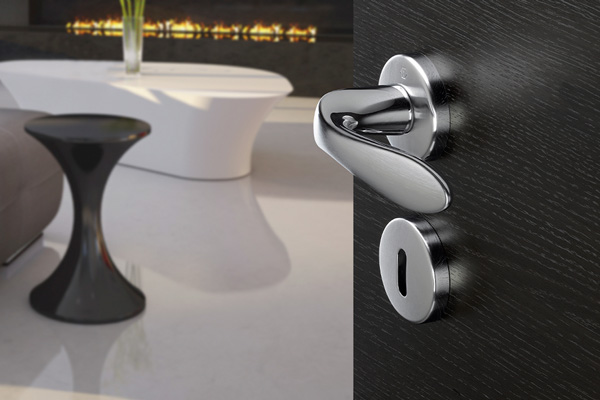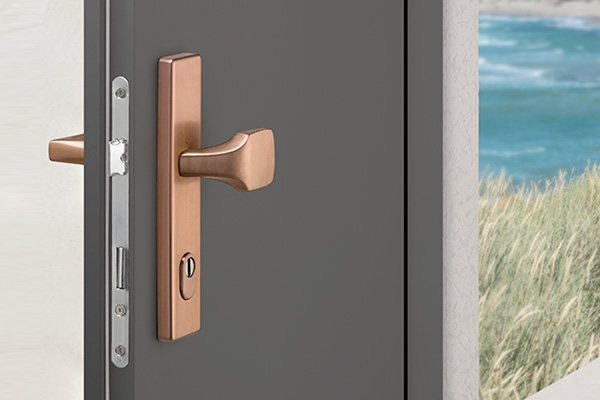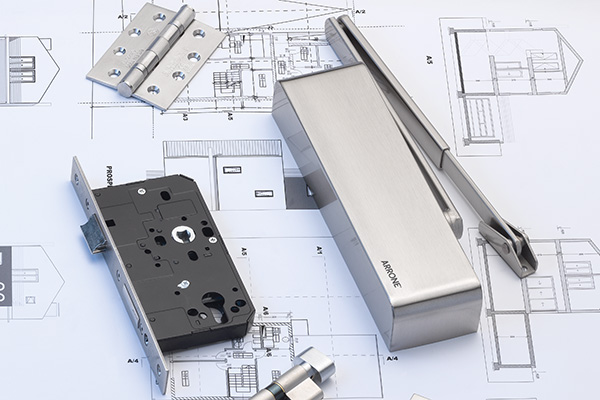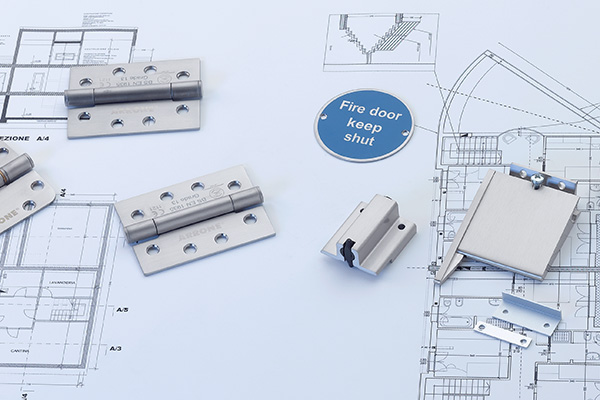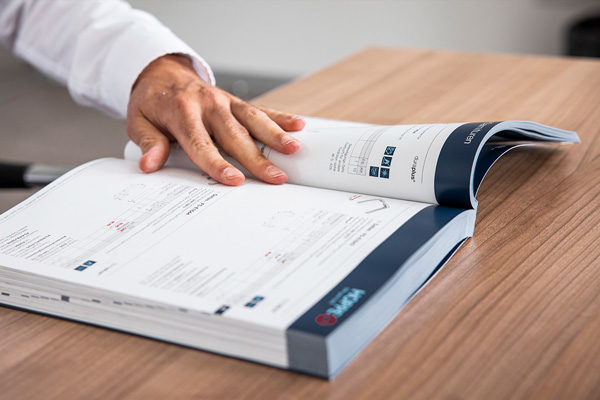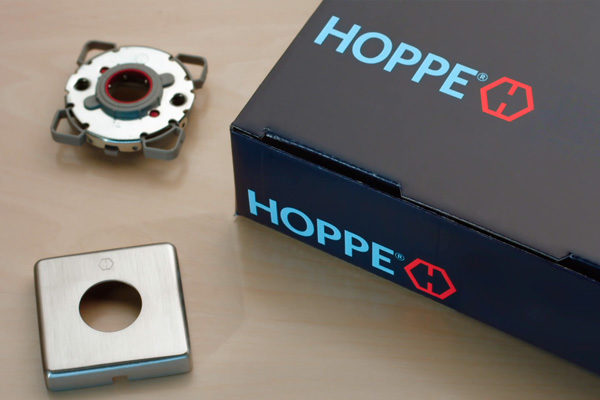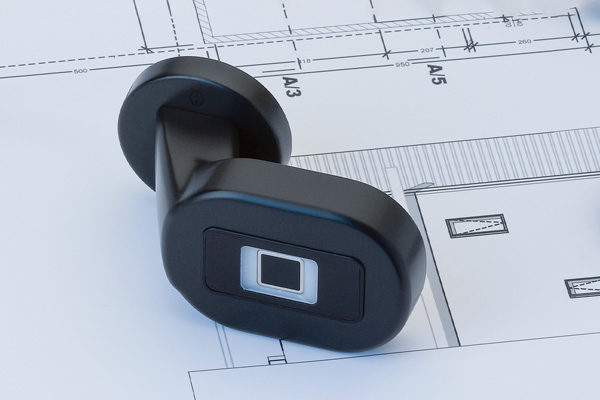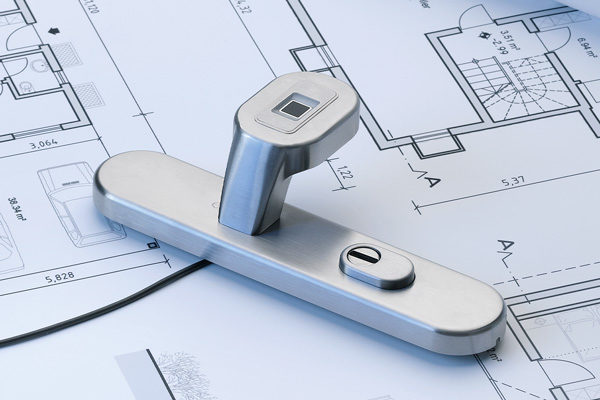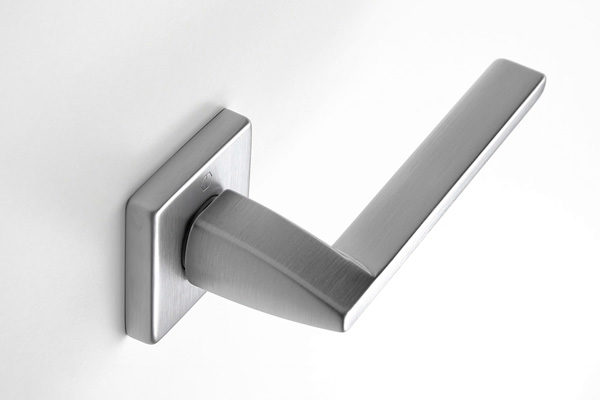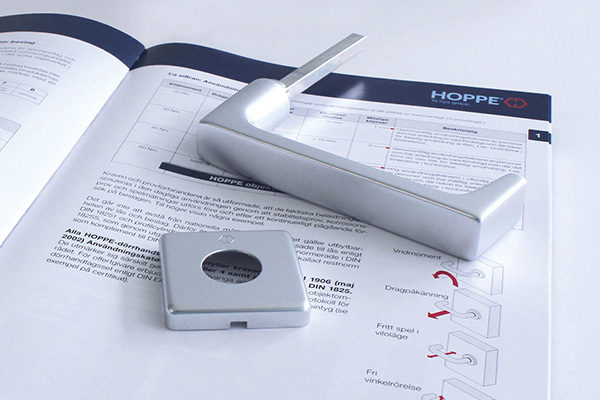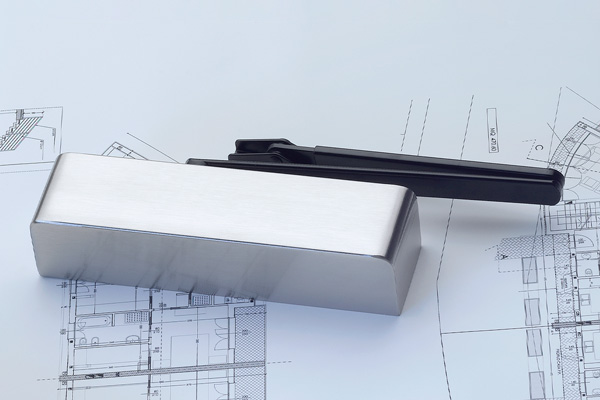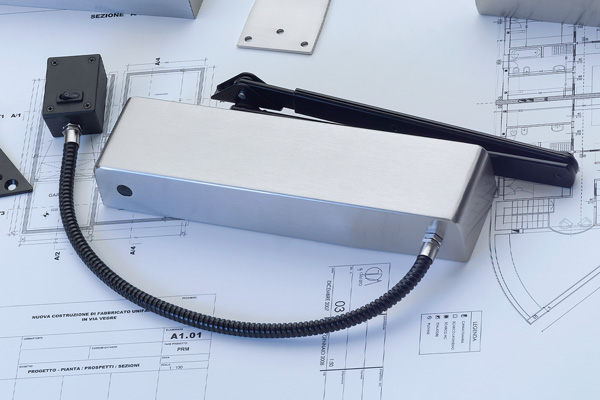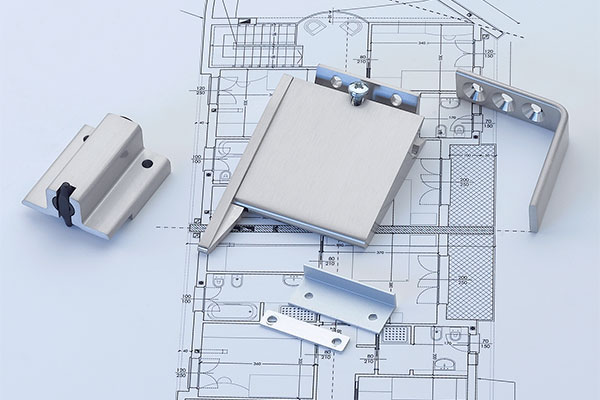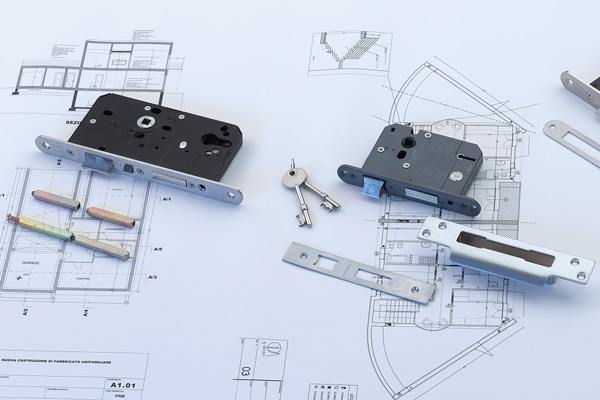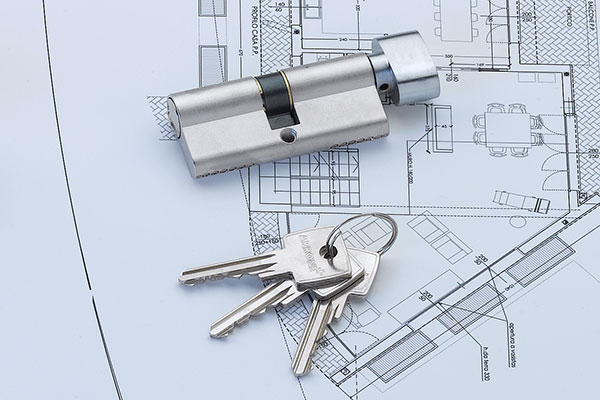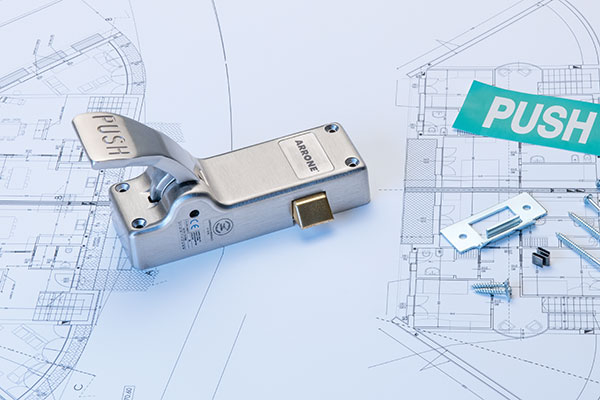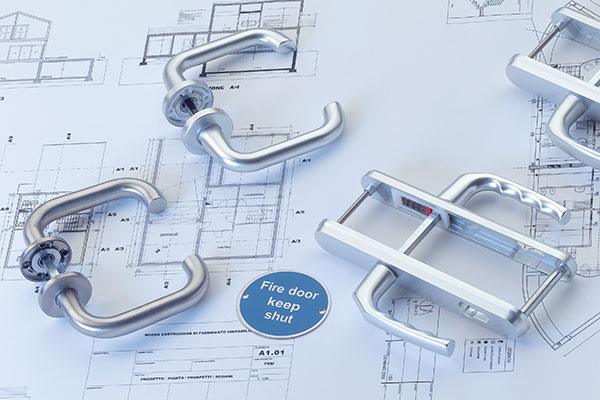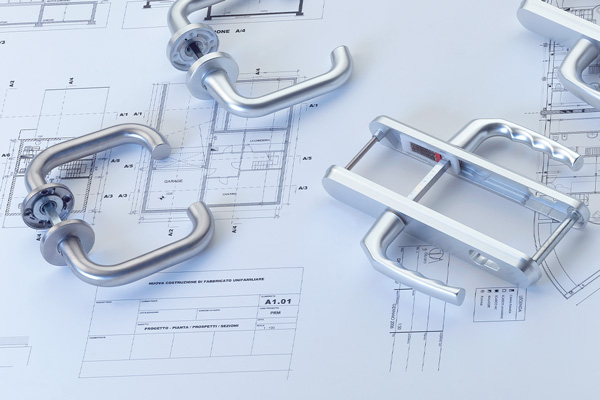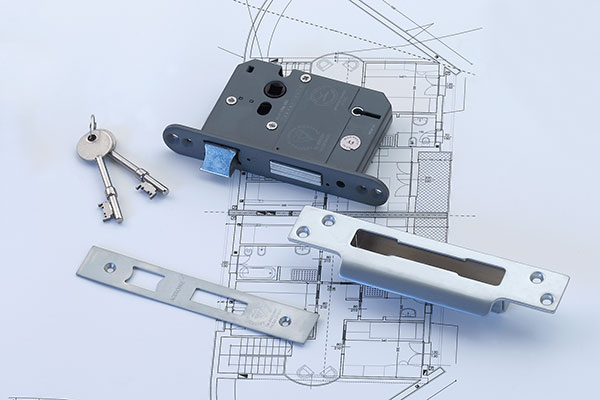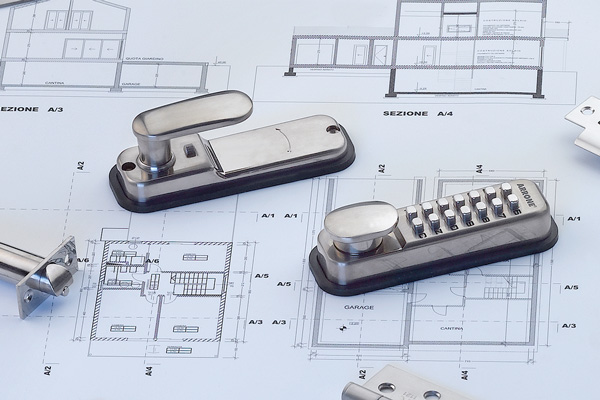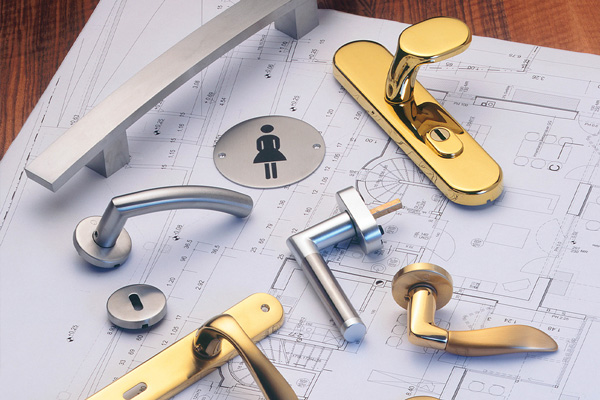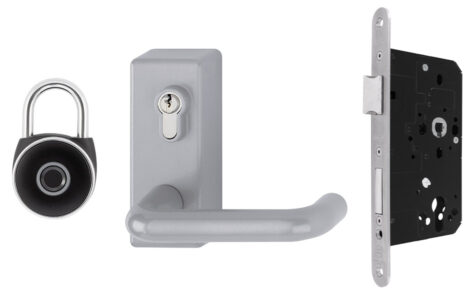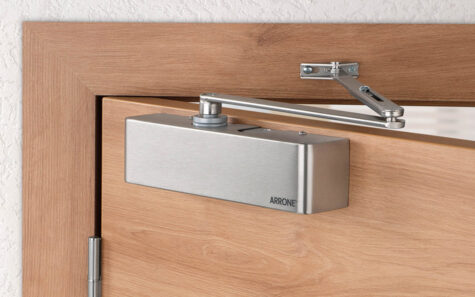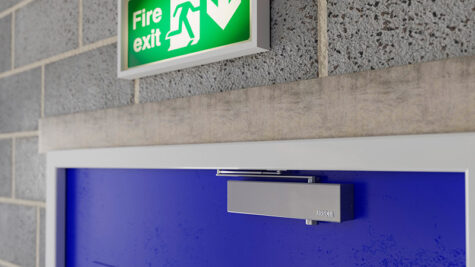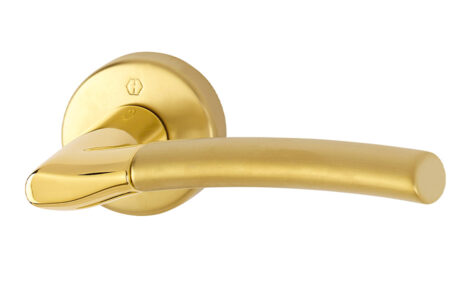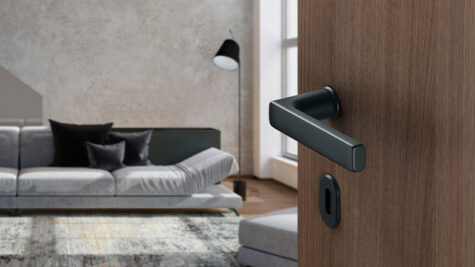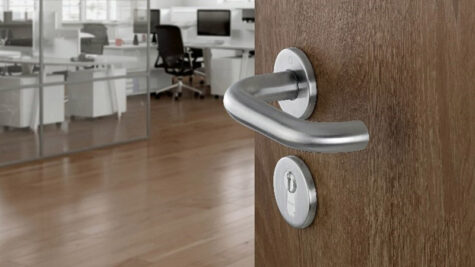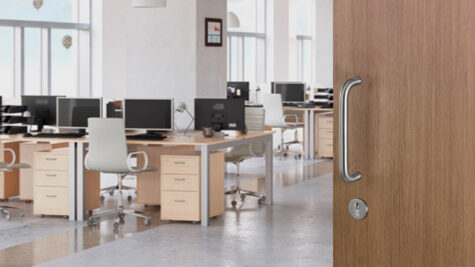Many of us take accessibility within a building for granted. Climbing stairs and opening doors are just a couple of everyday actions a lot of us do without a second thought. Lifts, step-free access, and automatic doors are now fairly common features and are a huge help to wheelchair users and those with limited mobility. However, in many buildings, the buck stops there.
For inclusive design to work, the principle needs to be adopted from the outset to help make the built environment more accessible to more people.
Inclusive design does not just apply to disabled people or the elderly but is relevant to everybody. People experience different capabilities throughout their lifetime and better, more informed specifications can be made once these different capabilities are appreciated. While the most obvious things, such as ramps, can be top of the list, many small things can make a huge difference.
One of those small things is architectural ironmongery which plays a significant role in any building, but its importance can often be overlooked. This blog post explores the finer details of how door hardware can be incorporated into an inclusive office building to contribute to staff wellbeing.
Employee wellbeing has become increasingly important to many businesses in recent years. Not only do buildings need to be physically accessible, but there’s a growing focus on how the built environment can affect mental health and neurodiverse people.
Inclusive design in legislation
Everyone should be able to access and navigate a building safely and comfortably and this has most recently been supported by the release of PAS 6463:2022 ‘Design for the mind’ and The Inclusive Design Overlay to the RIBA Plan of Work.
PAS 6463 is a guide to help the design of inclusive spaces for neurodivergent groups who can find certain buildings and designs uncomfortable on a sensory level. Advice on lighting, patterns, noise, materials and wayfinding are just a few areas that are covered in the PAS to help eliminate those barriers to using a building.
Meanwhile, The Inclusive Design Overlay provides insights, knowledge and best-practice guidance to those involved at all levels and stages of a project to make buildings more inclusive.
Handle Design
The shape, feel and position of a door handle needs to accommodate all types of users within an office. Doors should be able to be opened with one hand without having to grasp or twist to ensure a comfortable and seamless operation. Following BS 8300:2:2018 guidance, door knobs and small thumb turns should be avoided as people with limited dexterity can find them difficult to use.
A lever handle such as the HOPPE Paris lever handle with a rounded bar shape isn’t mandatory but is a popular choice as it provides an easy and secure grip. Any alternative should not have sharp edges or immediate changes of direction. The fixing height, hand grip zone and diameter are also important considerations to allow a wheelchair user to open a door. Guidance on these measurements as well as fixing heights and bar lengths for pull handles is available from the Guild of Architectural Ironmongers (GAI).
Familiarity is key in fundamental features such as doors, and having all handles throughout an office at the same height will help an employee’s journey through the building. It is also important to consider any doors that open in just one direction. Fitting a pull handle to the push side of doors can seem illogical and a simple push plate should be used instead.

Finishes that help wayfinding
The material and finish of a handle can determine how comfortable it is for the user to operate. A handle which has a nylon sleeve is considered one of the most comfortable as it is not cold to the touch. It is also worth thinking about the positioning of the handle in relation to any windows that are letting in large amounts of sunlight to prevent handles or handrails from getting too hot.
In larger offices, neurodivergent employees may benefit from coloured handles to assist with wayfinding. A colour coding system should be consistent but not overwhelming. The use of subtle colours, which are less visually stimulating, can prevent confusion or distraction.
Other considerations include the colour of the door and its surroundings compared to the door handle to ensure a good visual contrast to help visually impaired people. It is important to refer to the light reflectance value (LRV) in British Standards BS 8493:2008 and BS 8300.

Balancing safety and accessibility
Fire doors can be difficult for people to use if they are not paired with the right door closer. As a piece of hardware that plays such a key role in balancing safety and accessibility, it is crucial that the right closer is specified, properly installed and maintained. Door closers need to be powerful enough to ensure they close firmly in the latch but are still easy for everyone to open.
The ARRONE cam-action closer is a high-efficiency door closer which offers lower resistance in opening forces, making it easier for those less physically able to open the door while still maintaining the correct closing power to ensure the door closes correctly in the event of a fire.
If the door must be held open, a compliant hold-open device – such as an electromagnetic hold-open device or a free swing device – must be used. It should never be manually propped open, as this will prevent the door from closing in the event of a fire.

Futureproof your workforce
Inclusive design is not only applicable to individual products but the whole environment of a workplace. The adjustments to incorporate inclusive design will open up a building to a more diverse range of people, improve employee wellbeing and help to retain them for longer.
HOPPE (UK) can offer a free RIBA approved CPD on ironmongery and accessibility.
Find out more here: ARRONE CPD Training - HOPPE | United Kingdom

